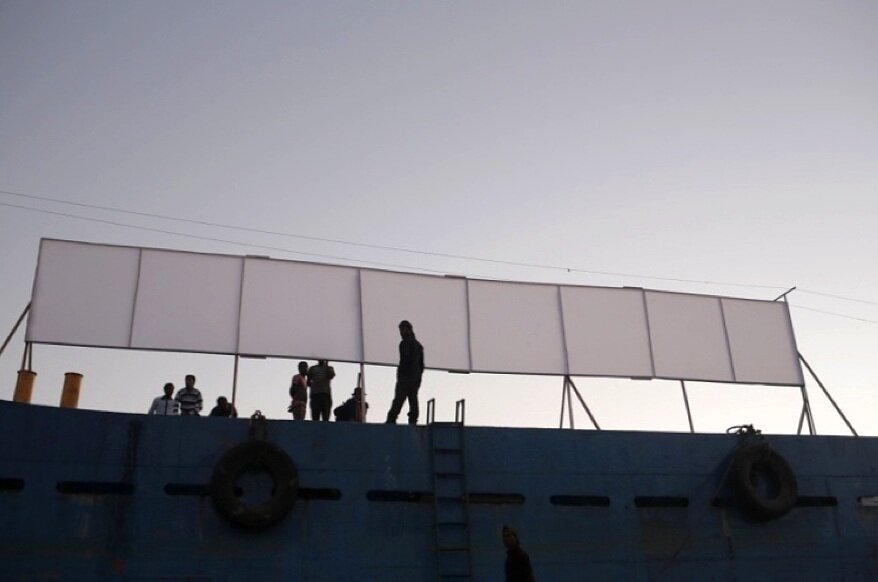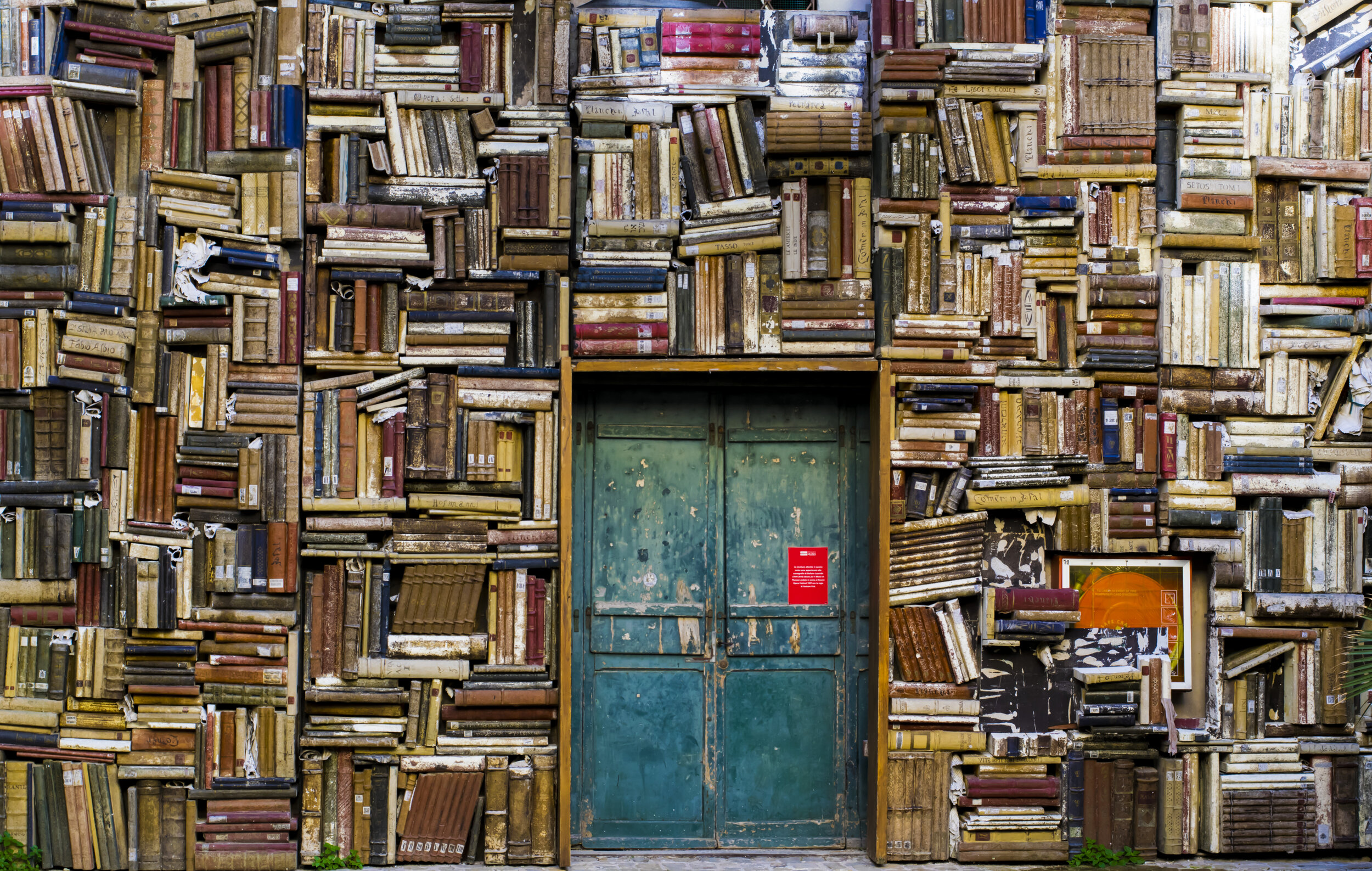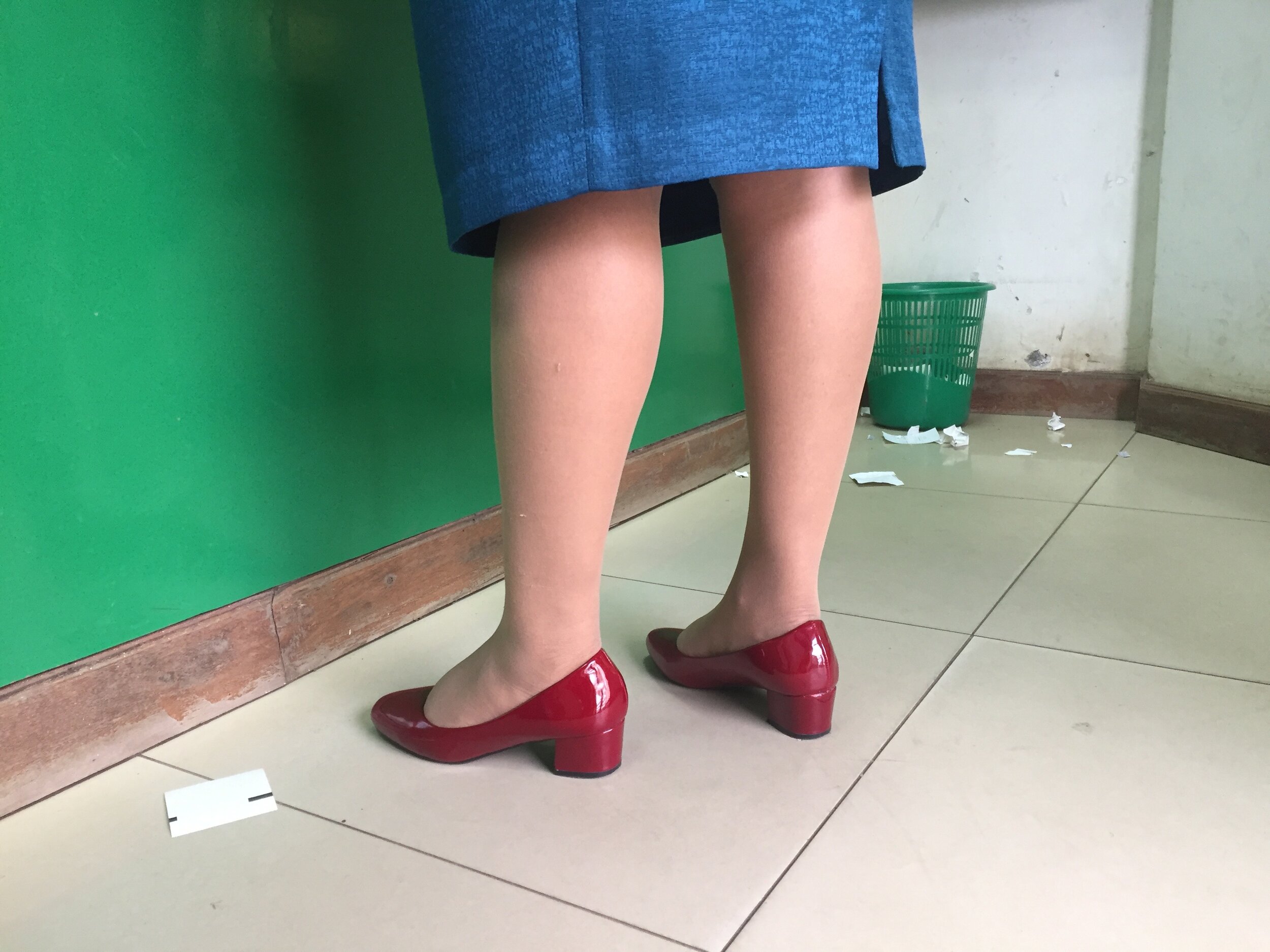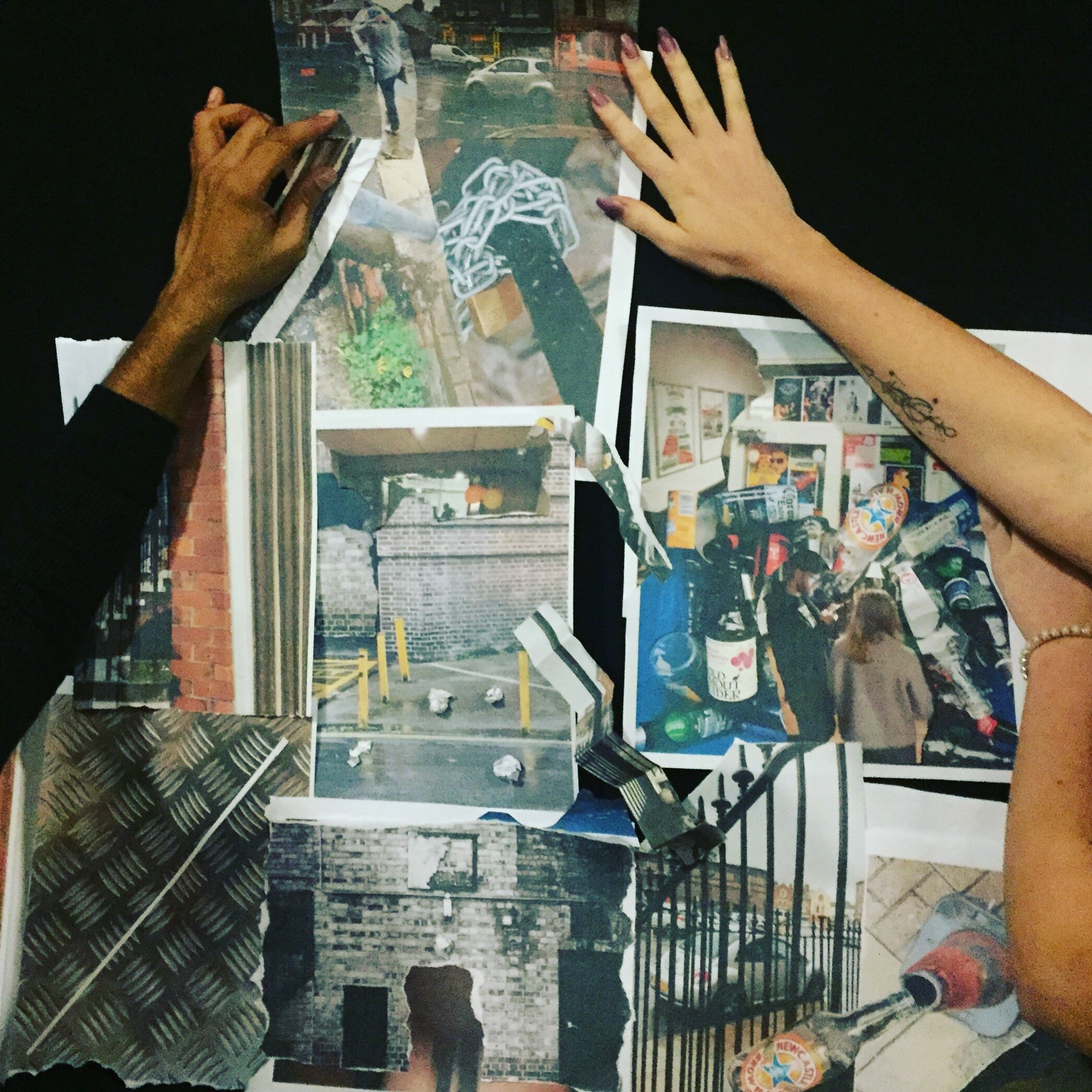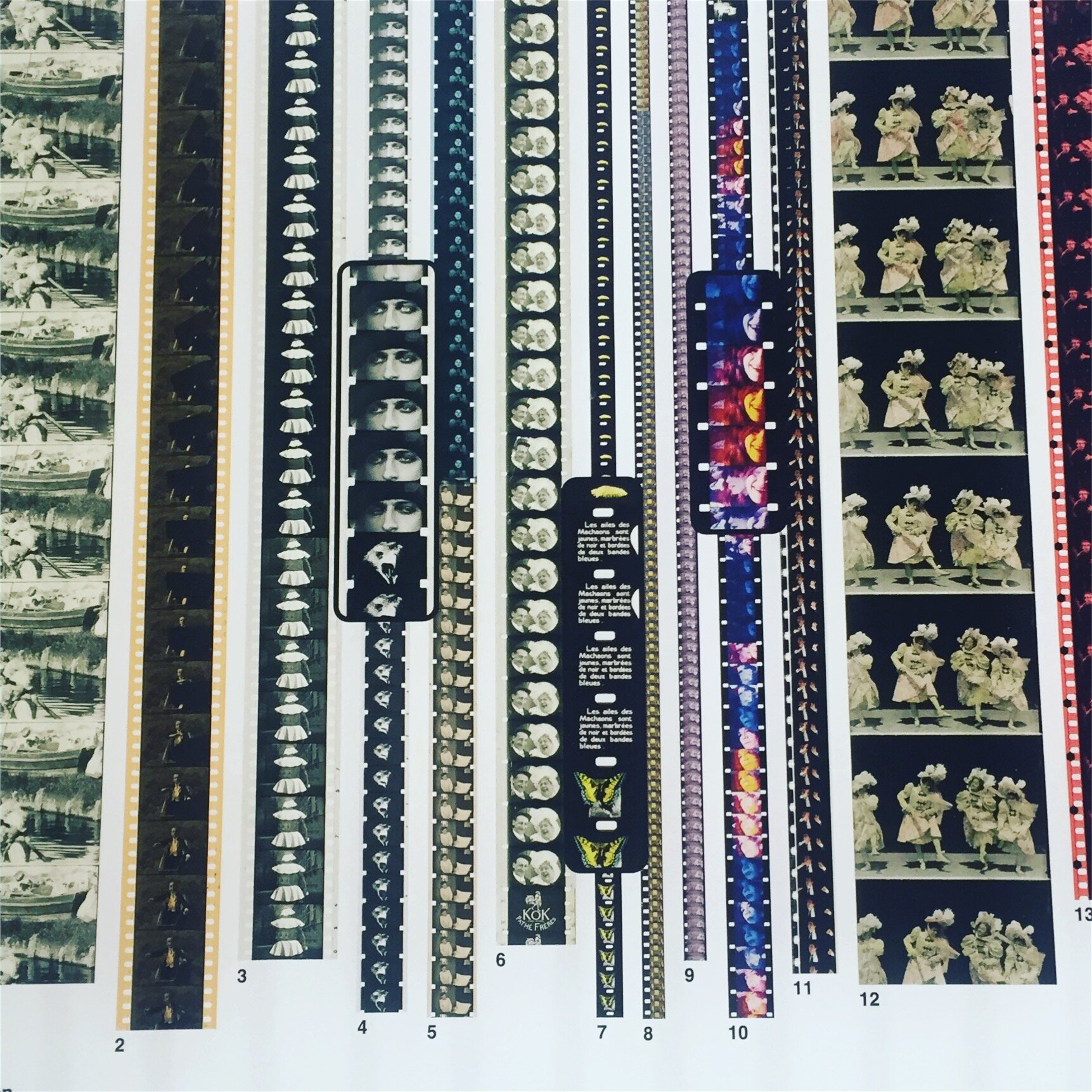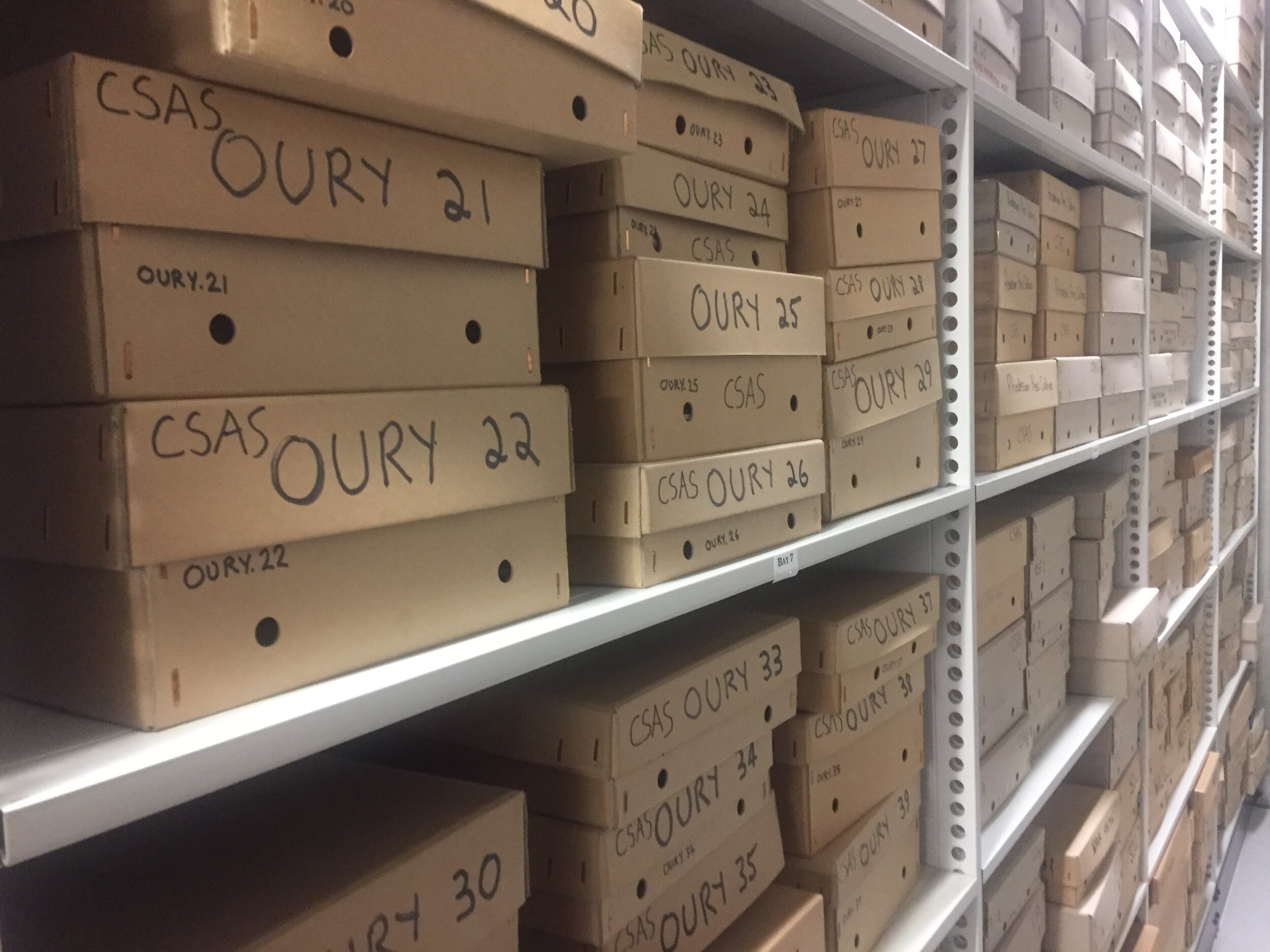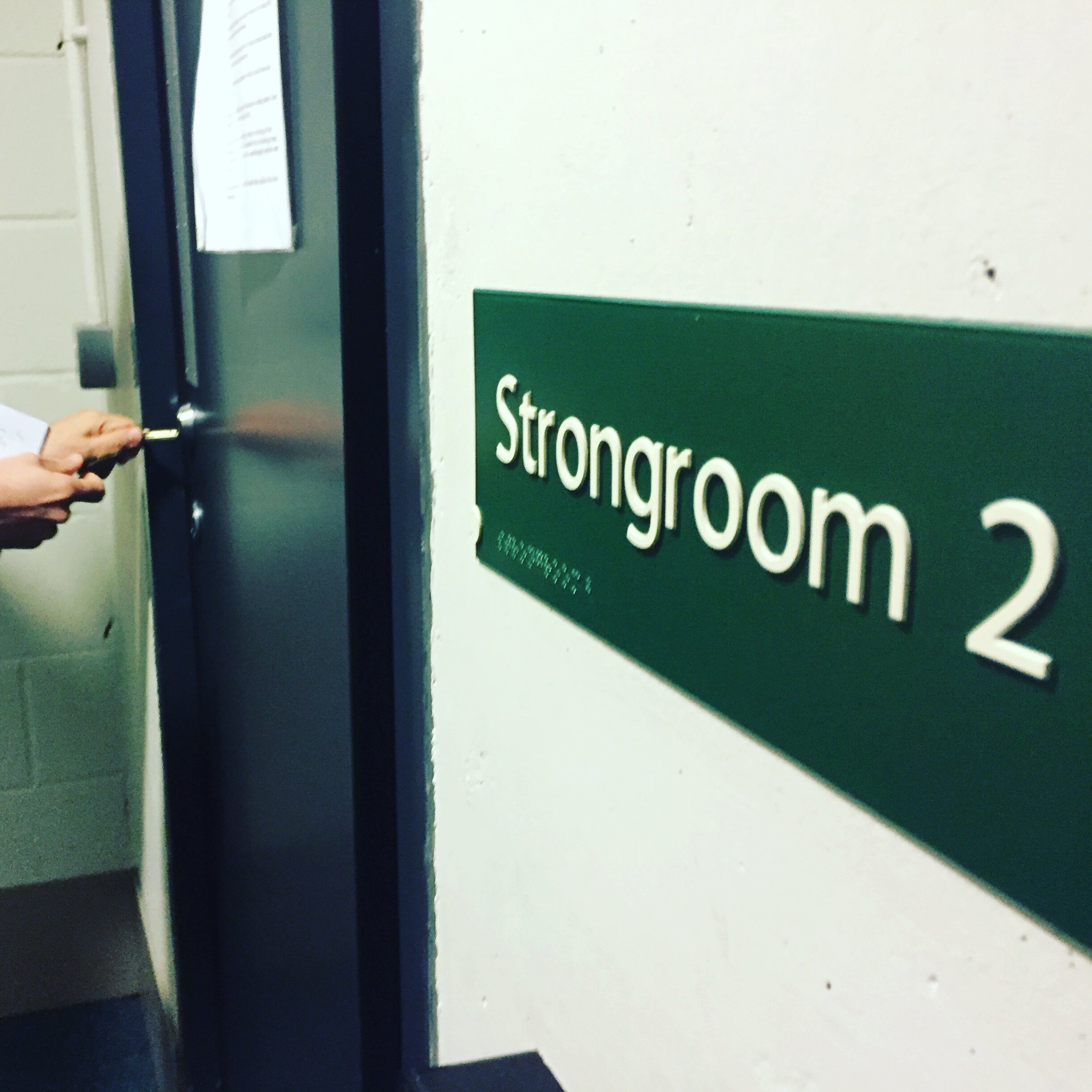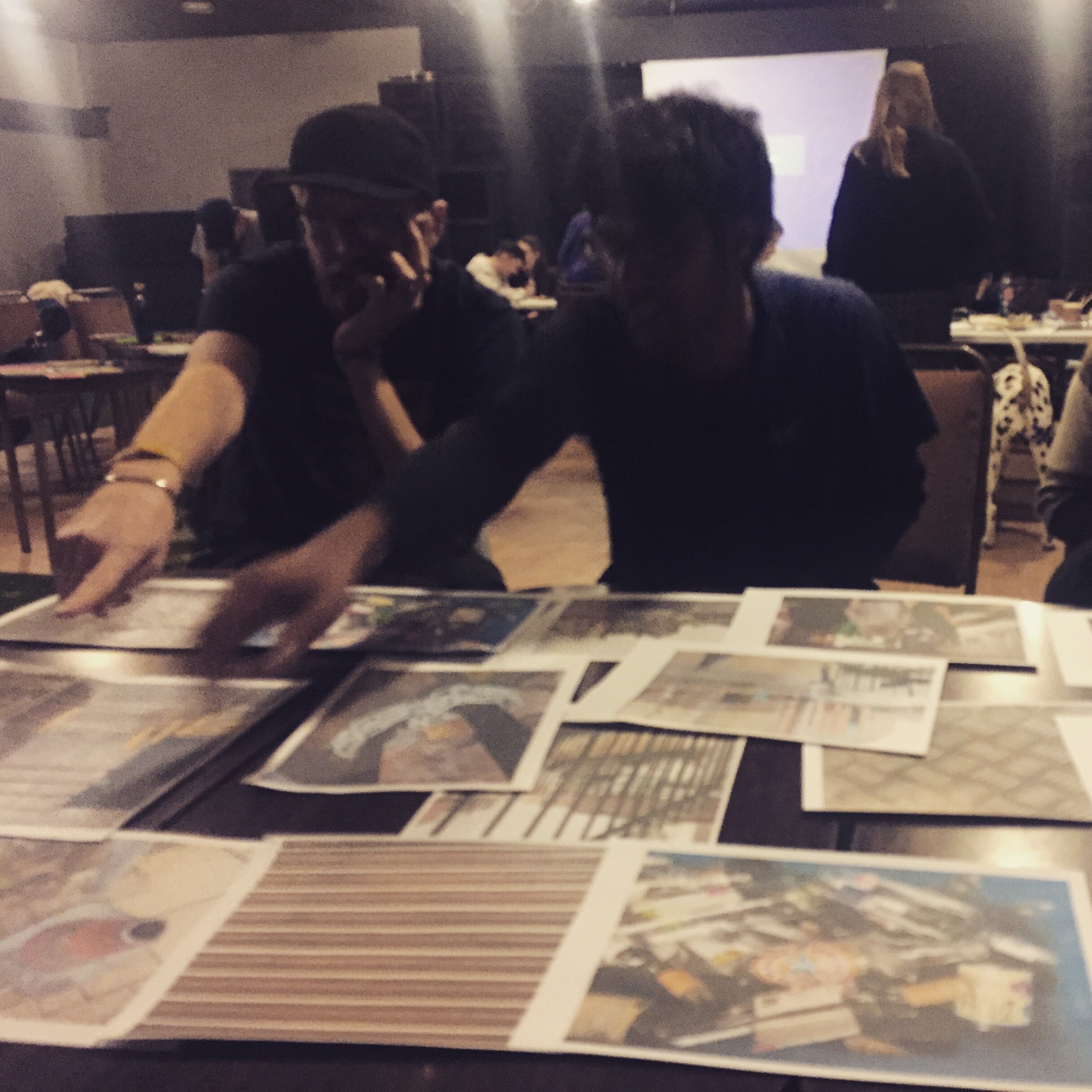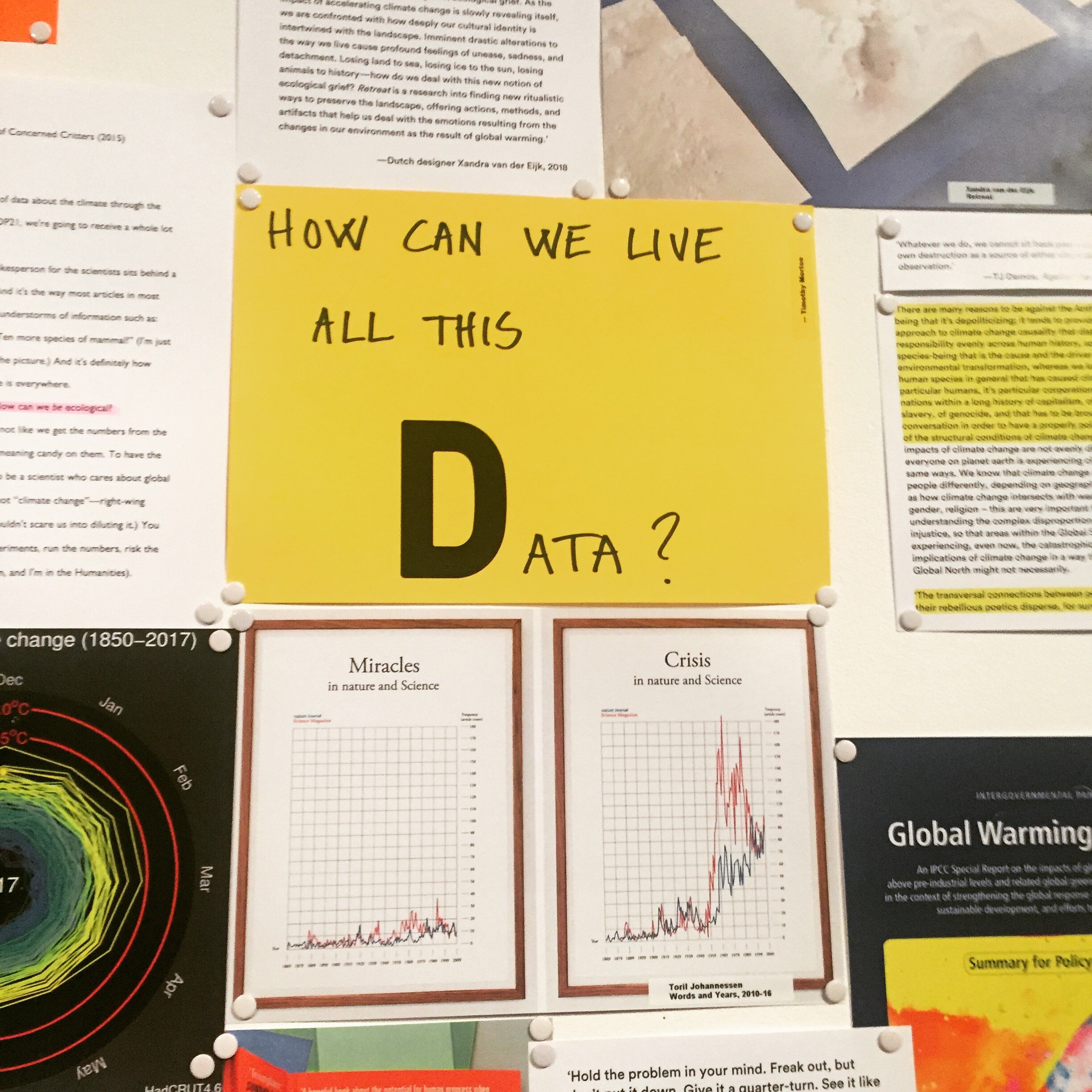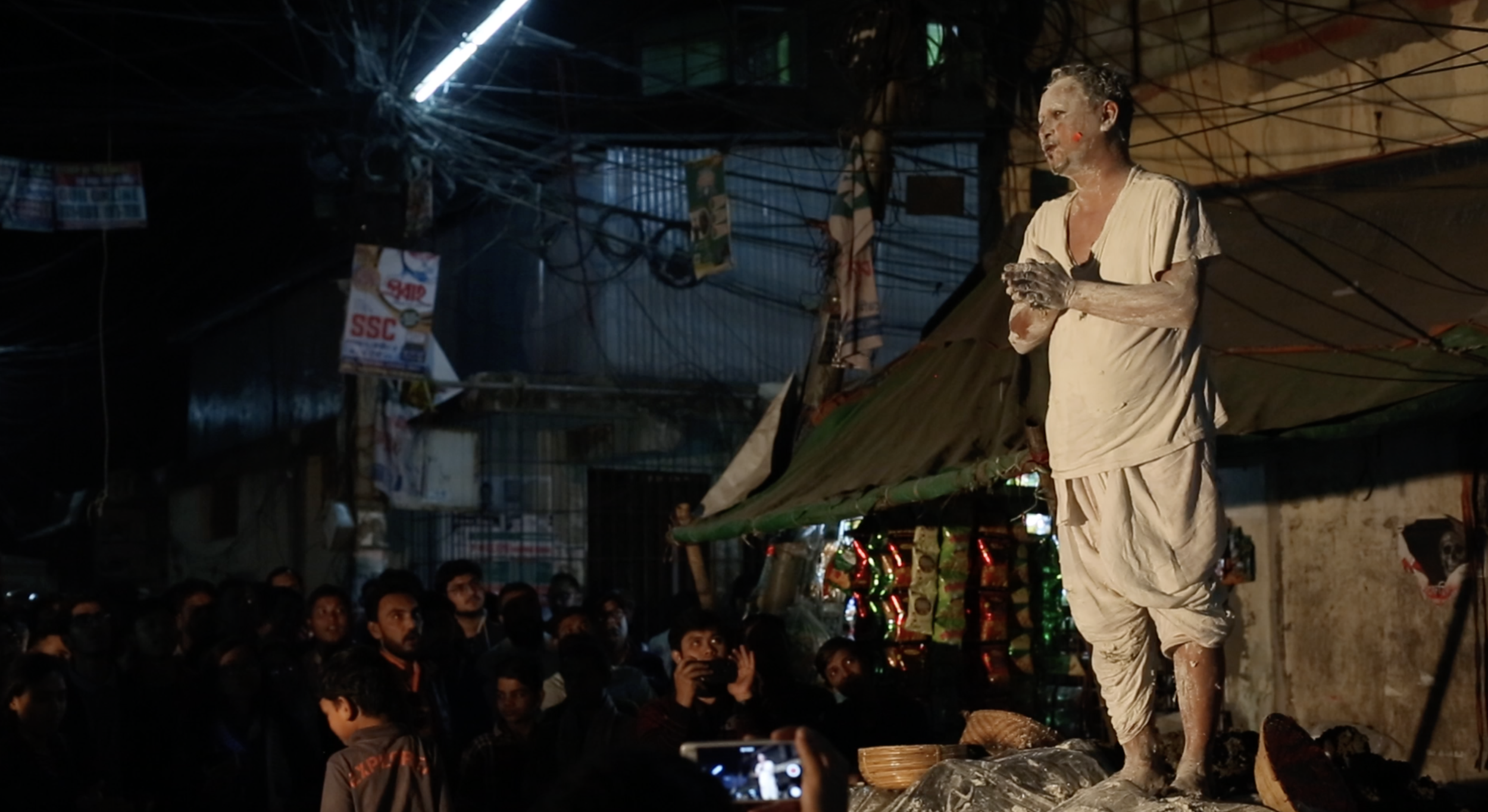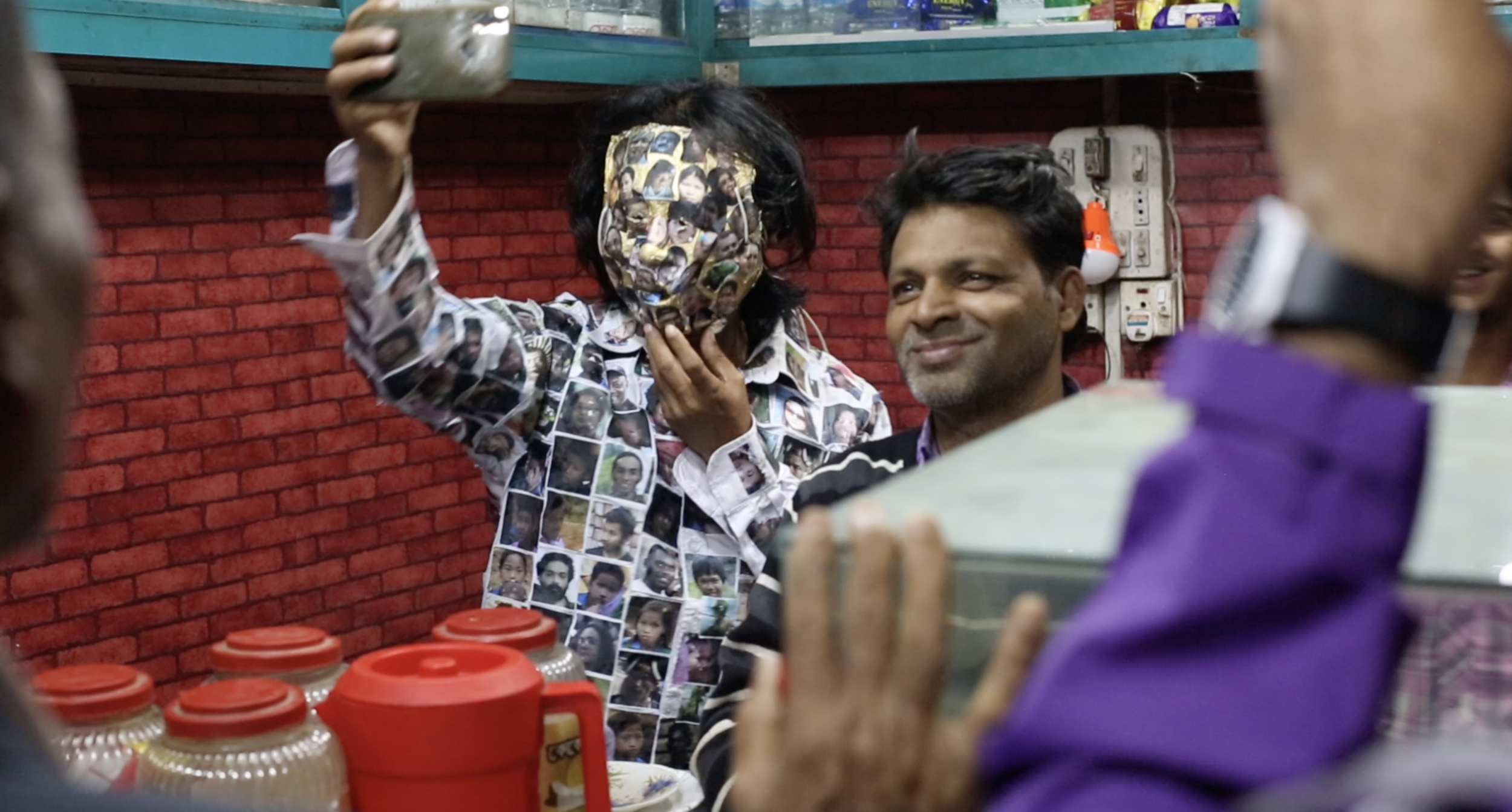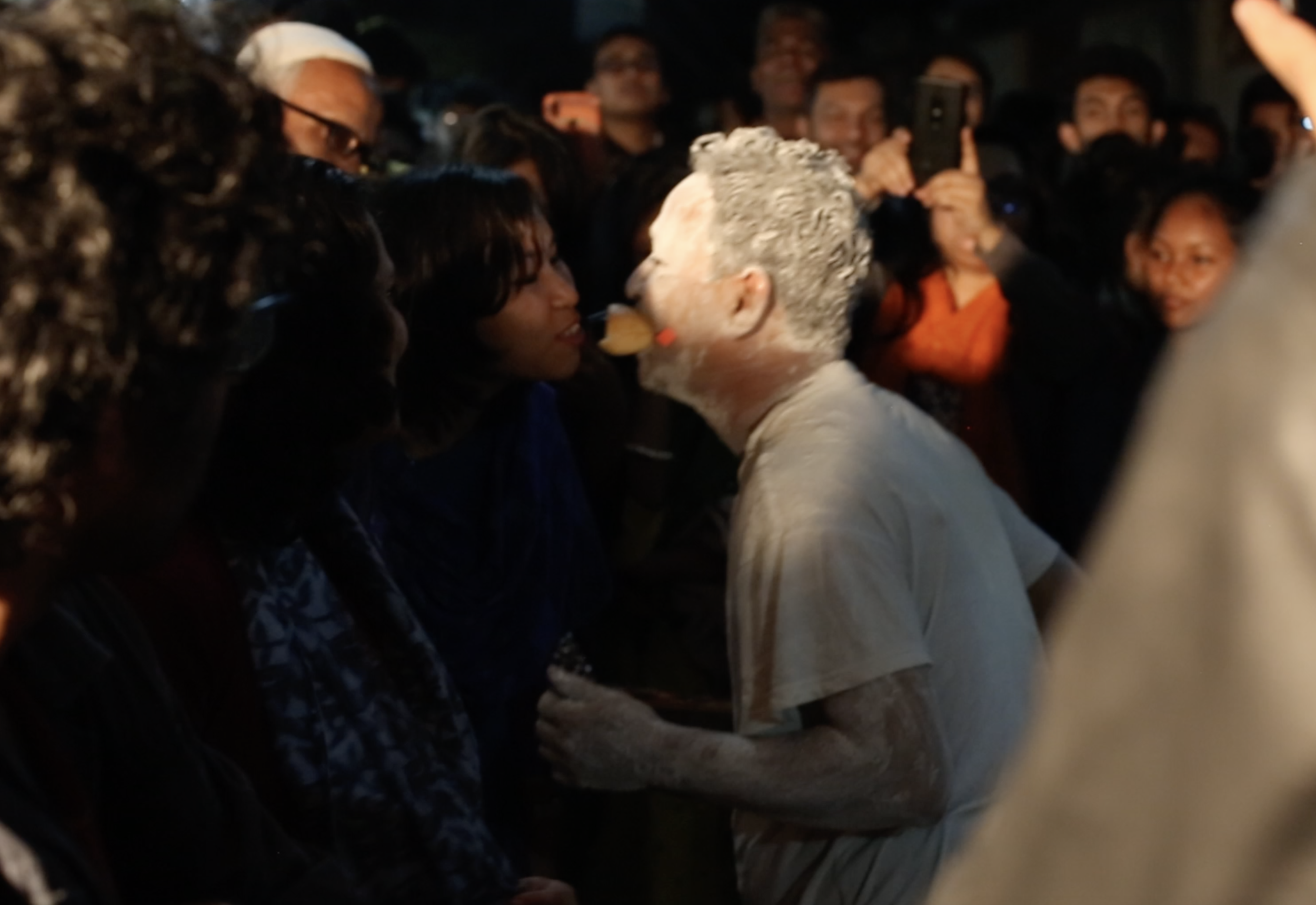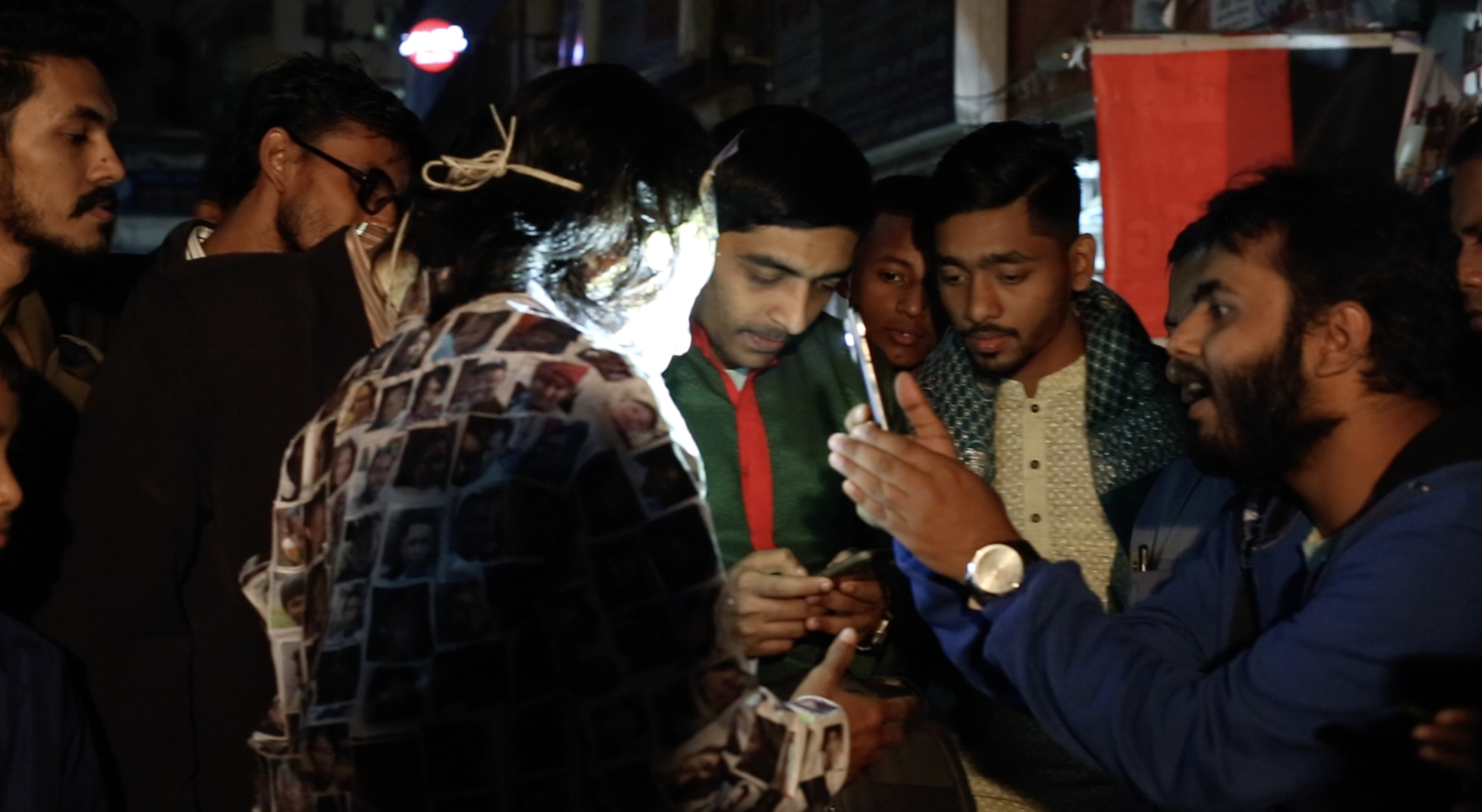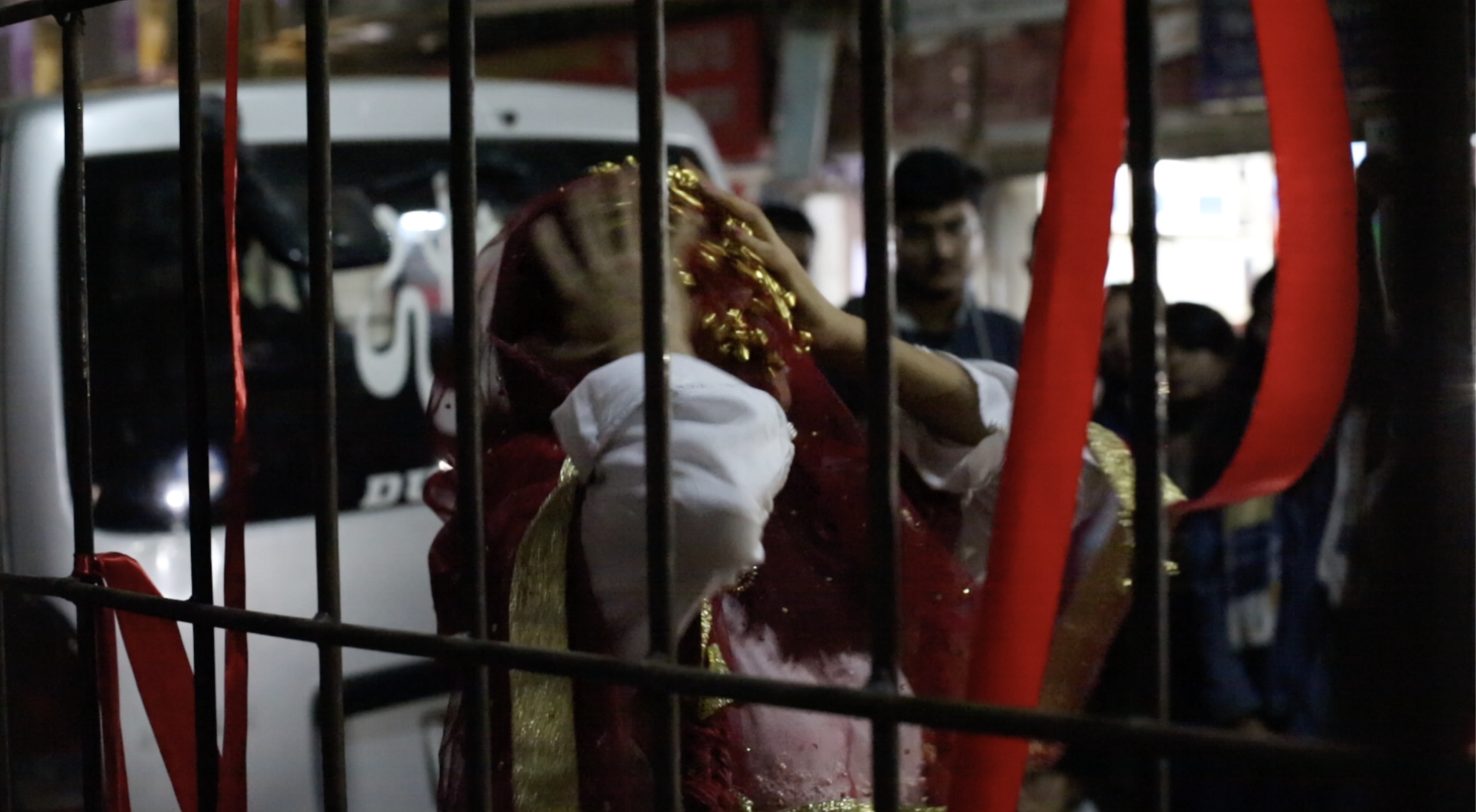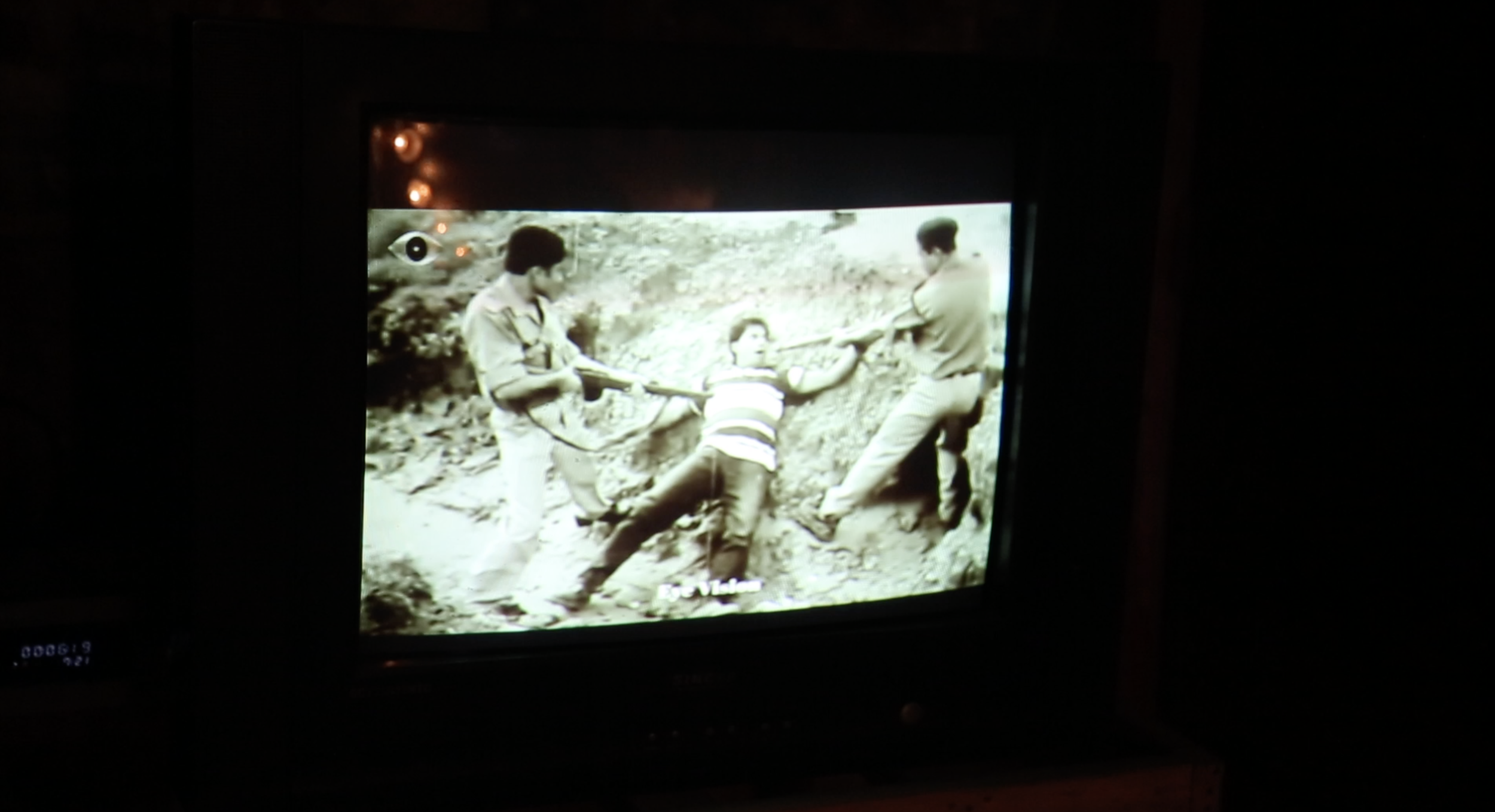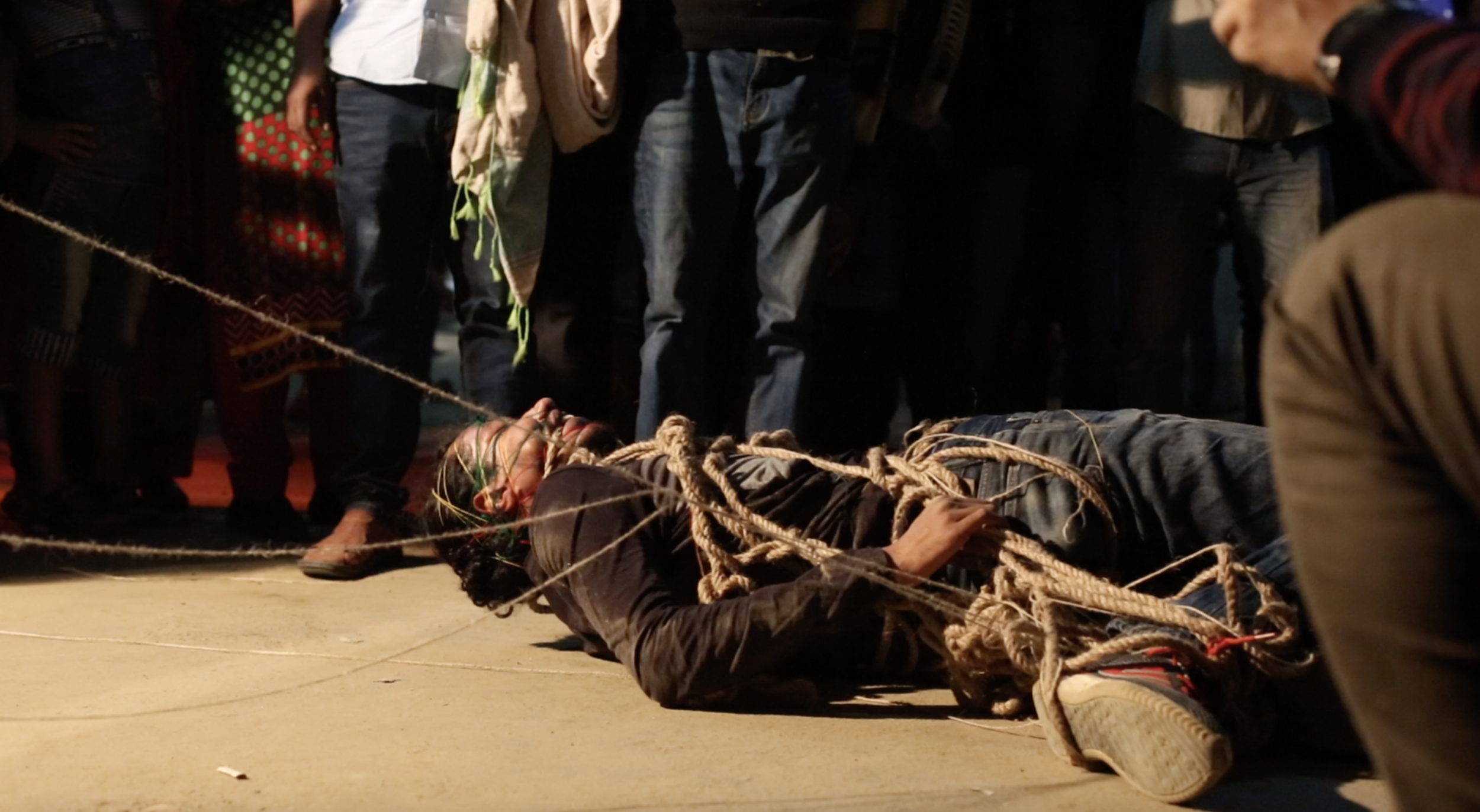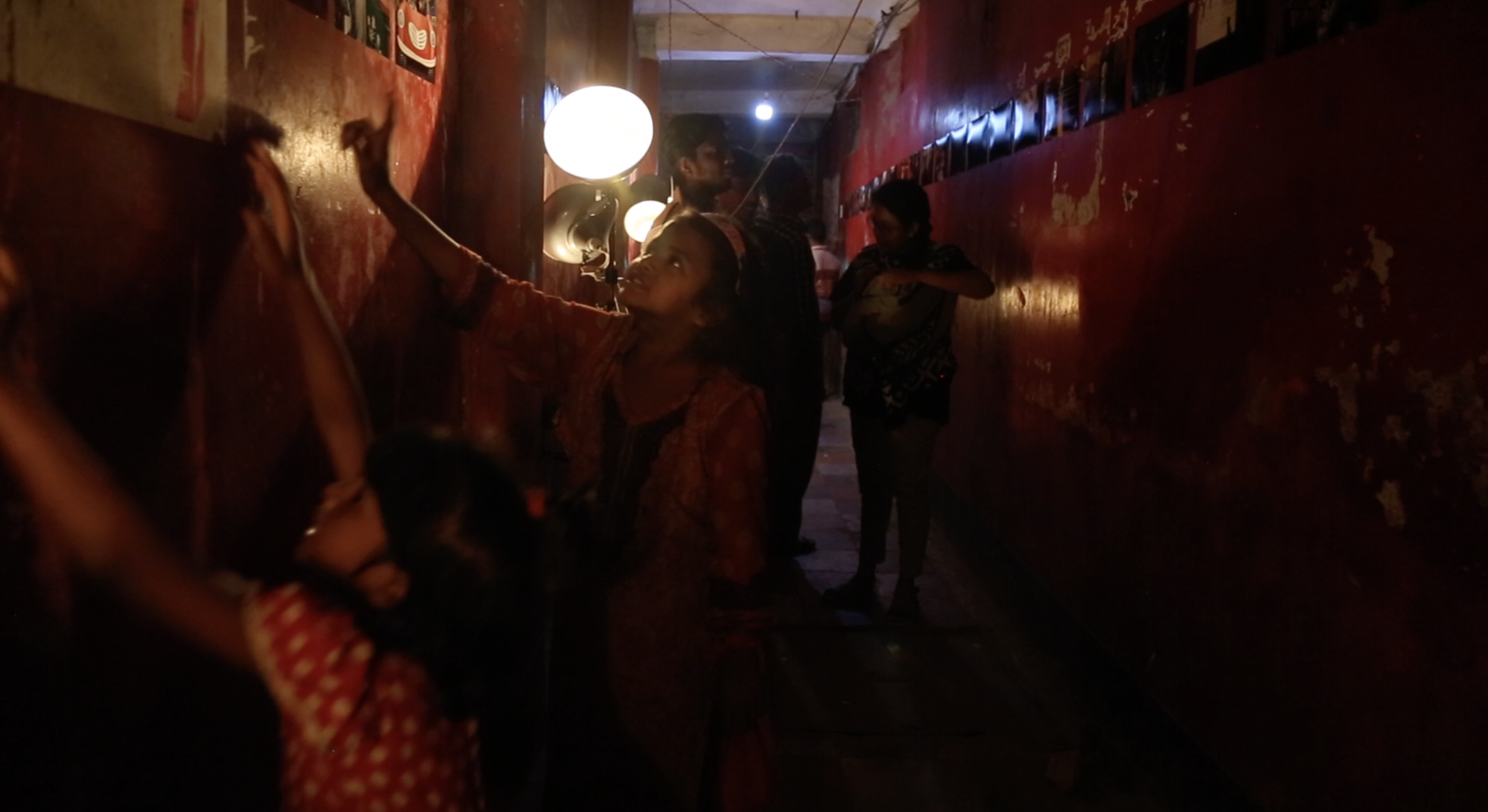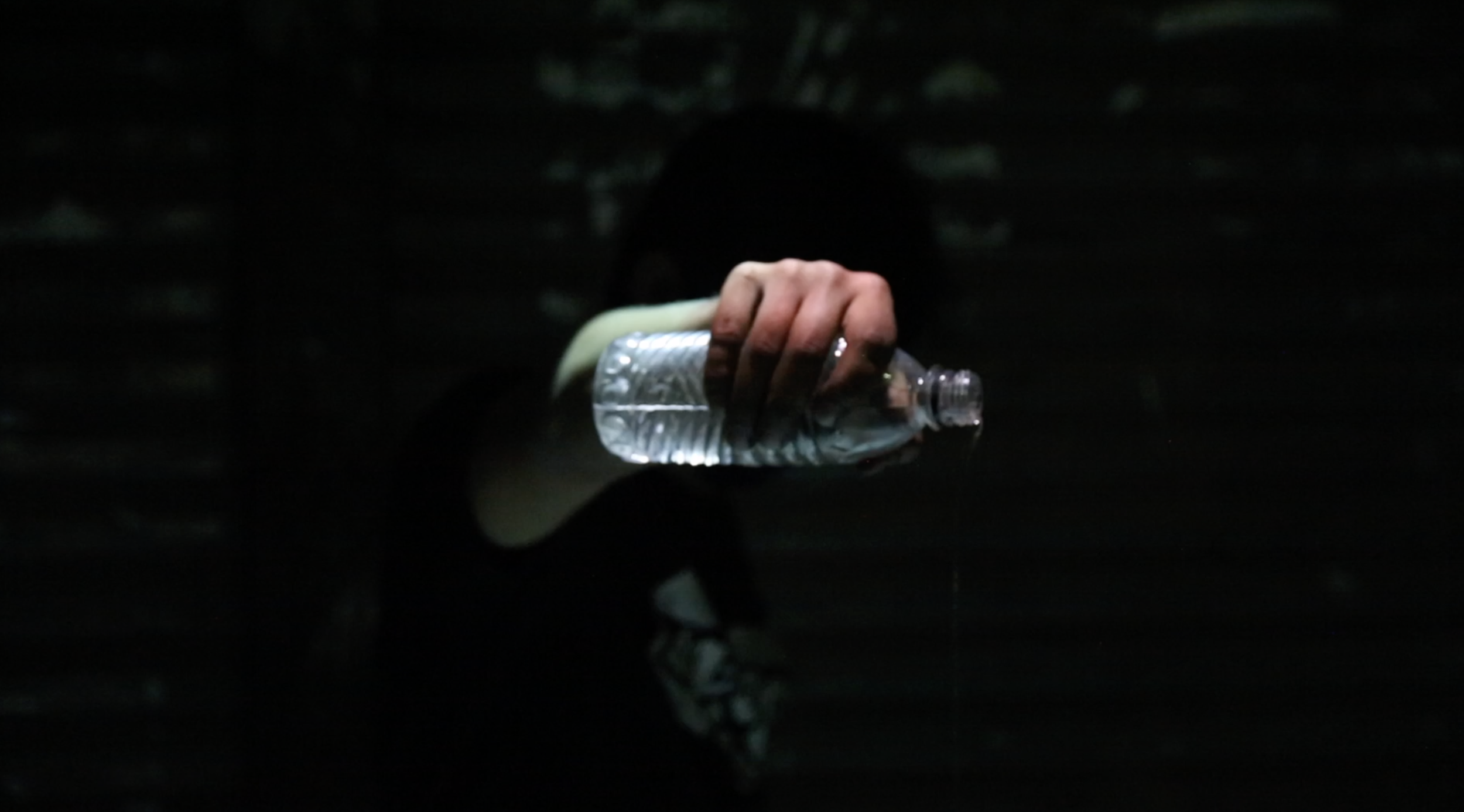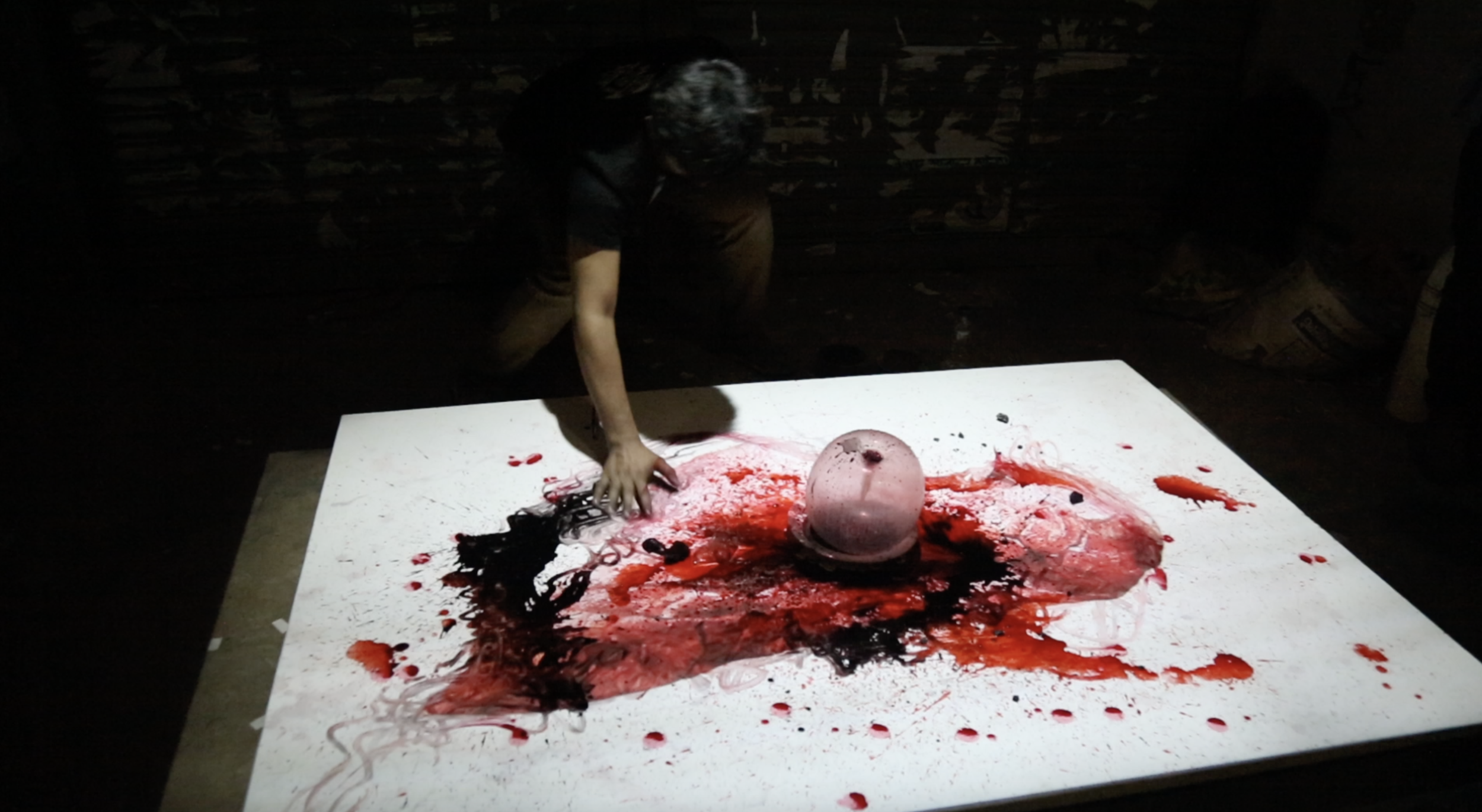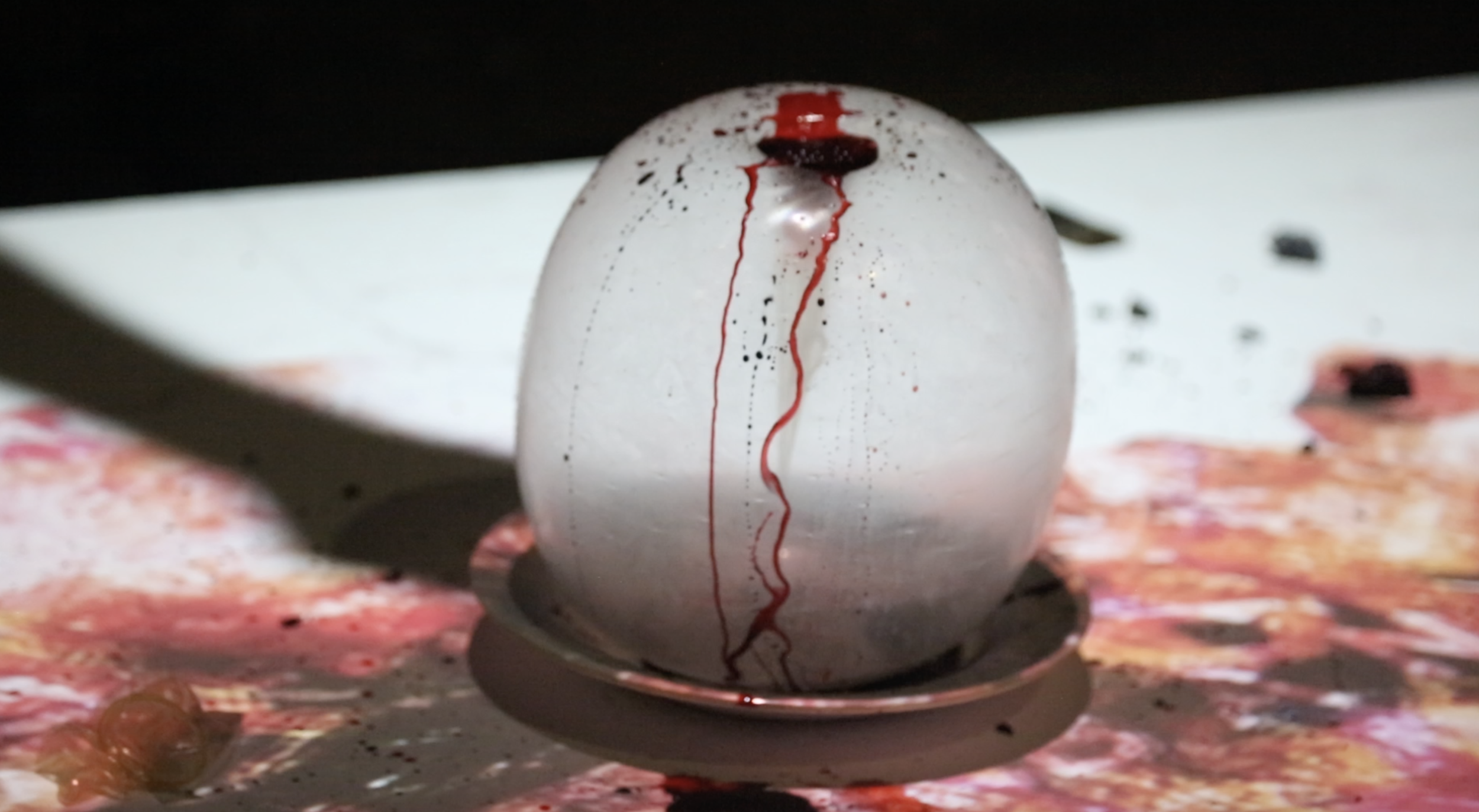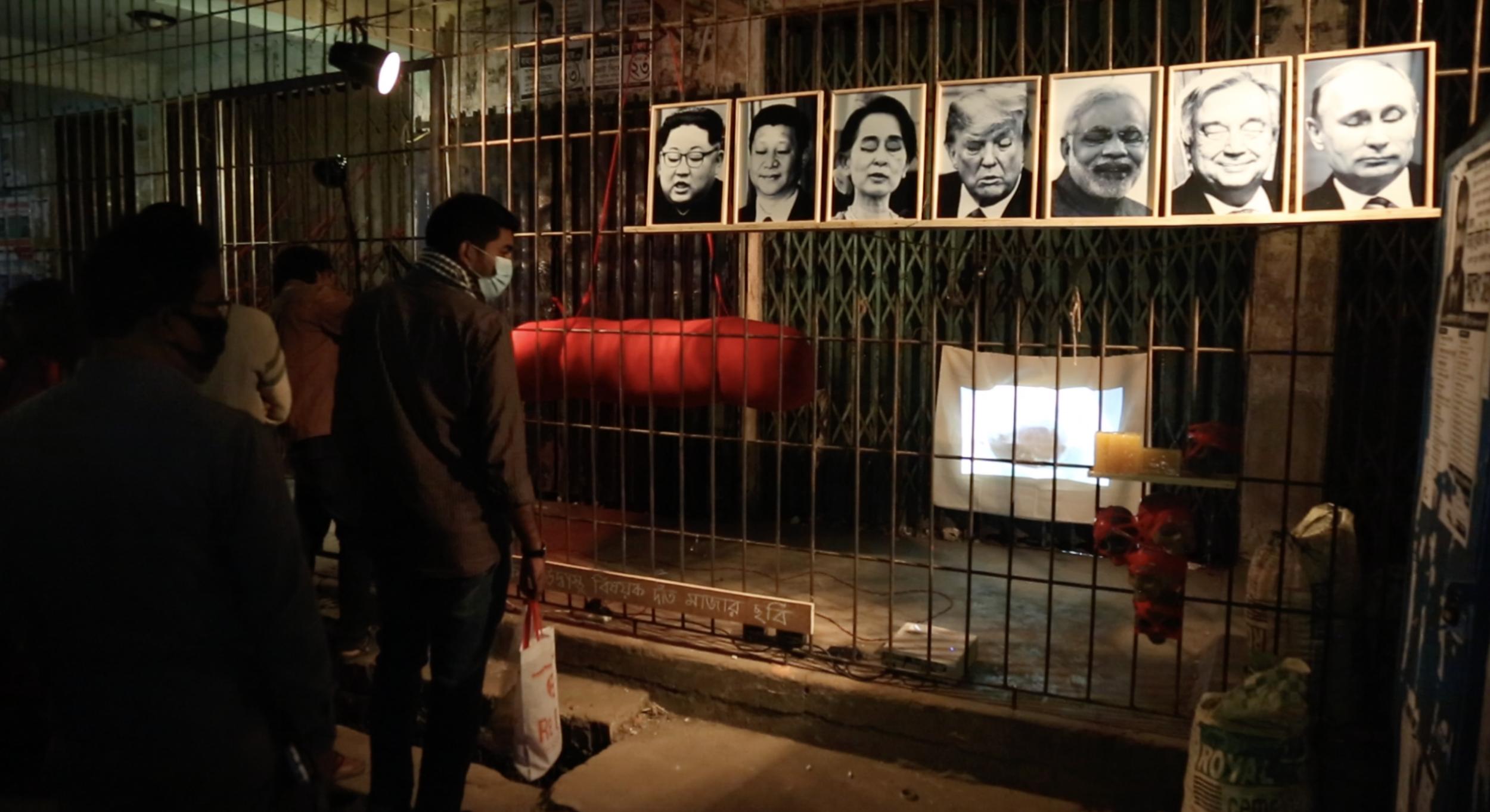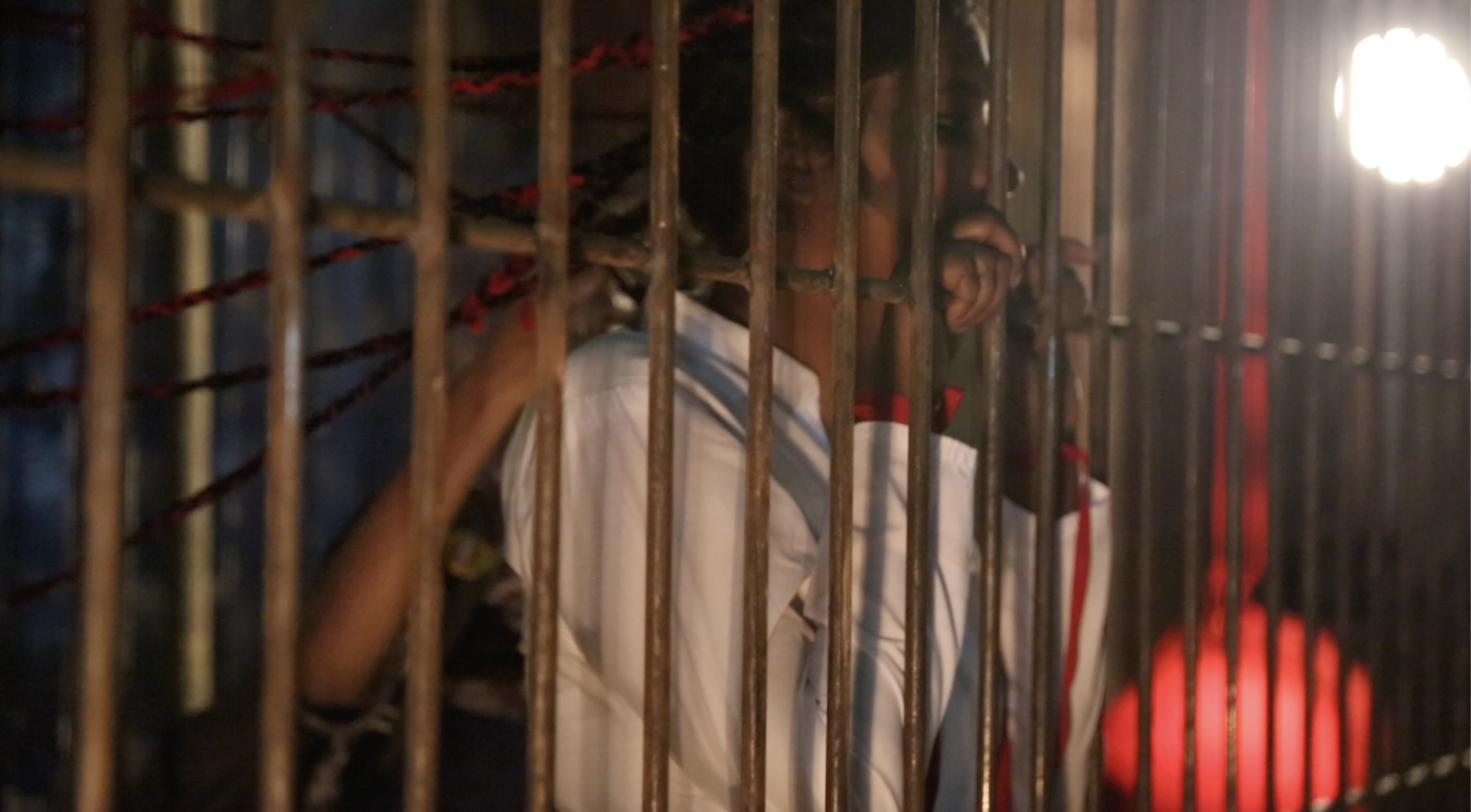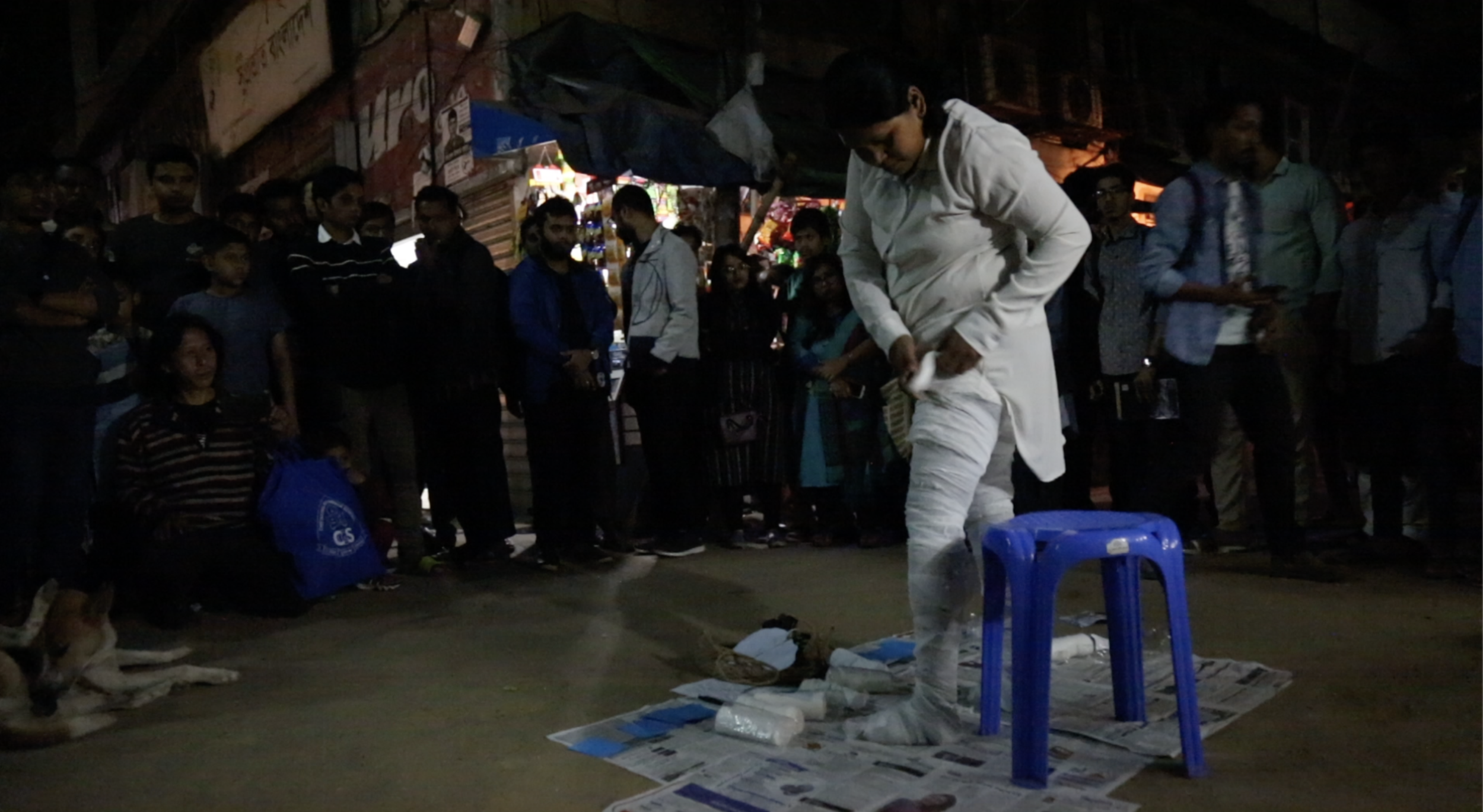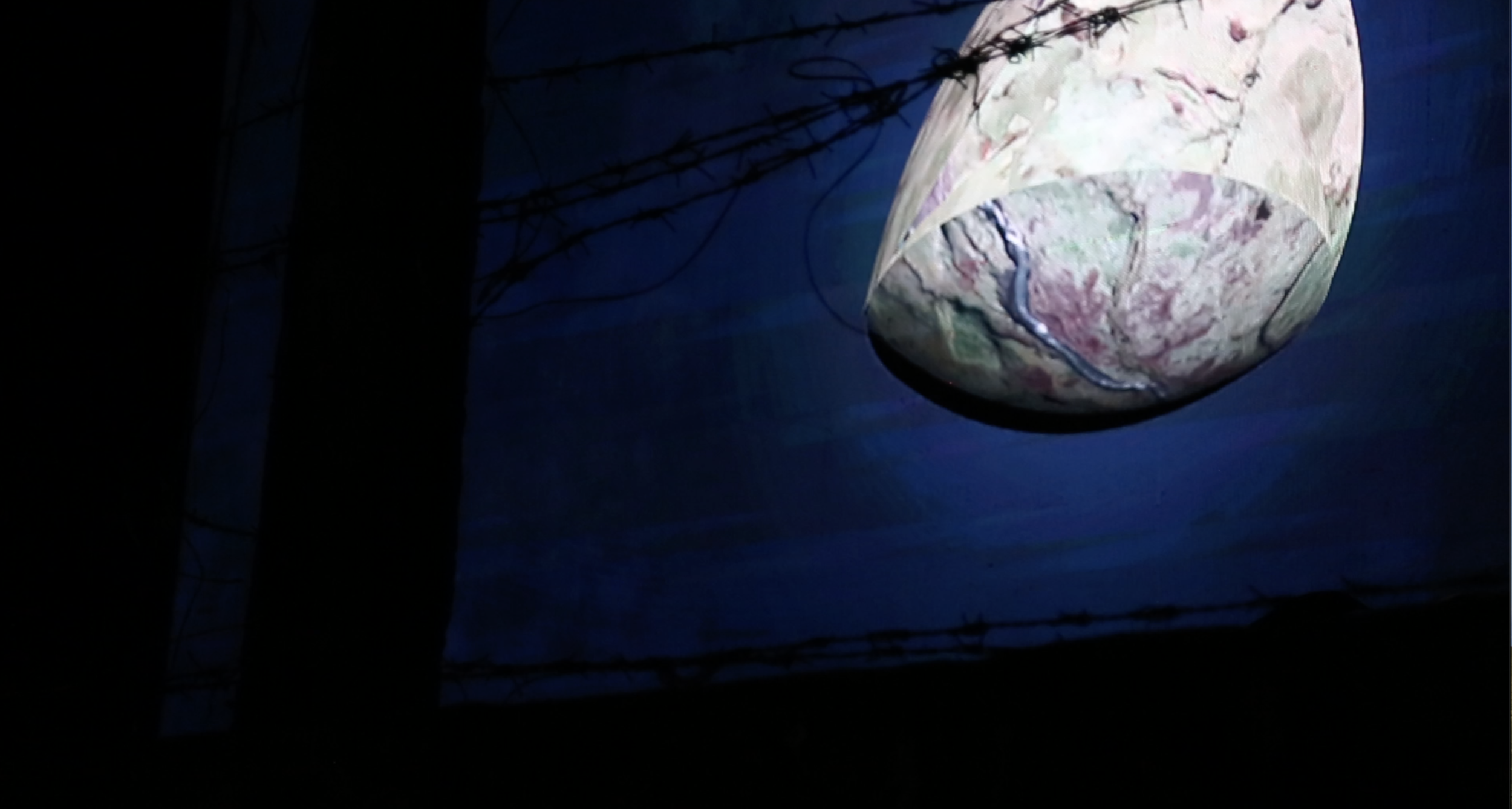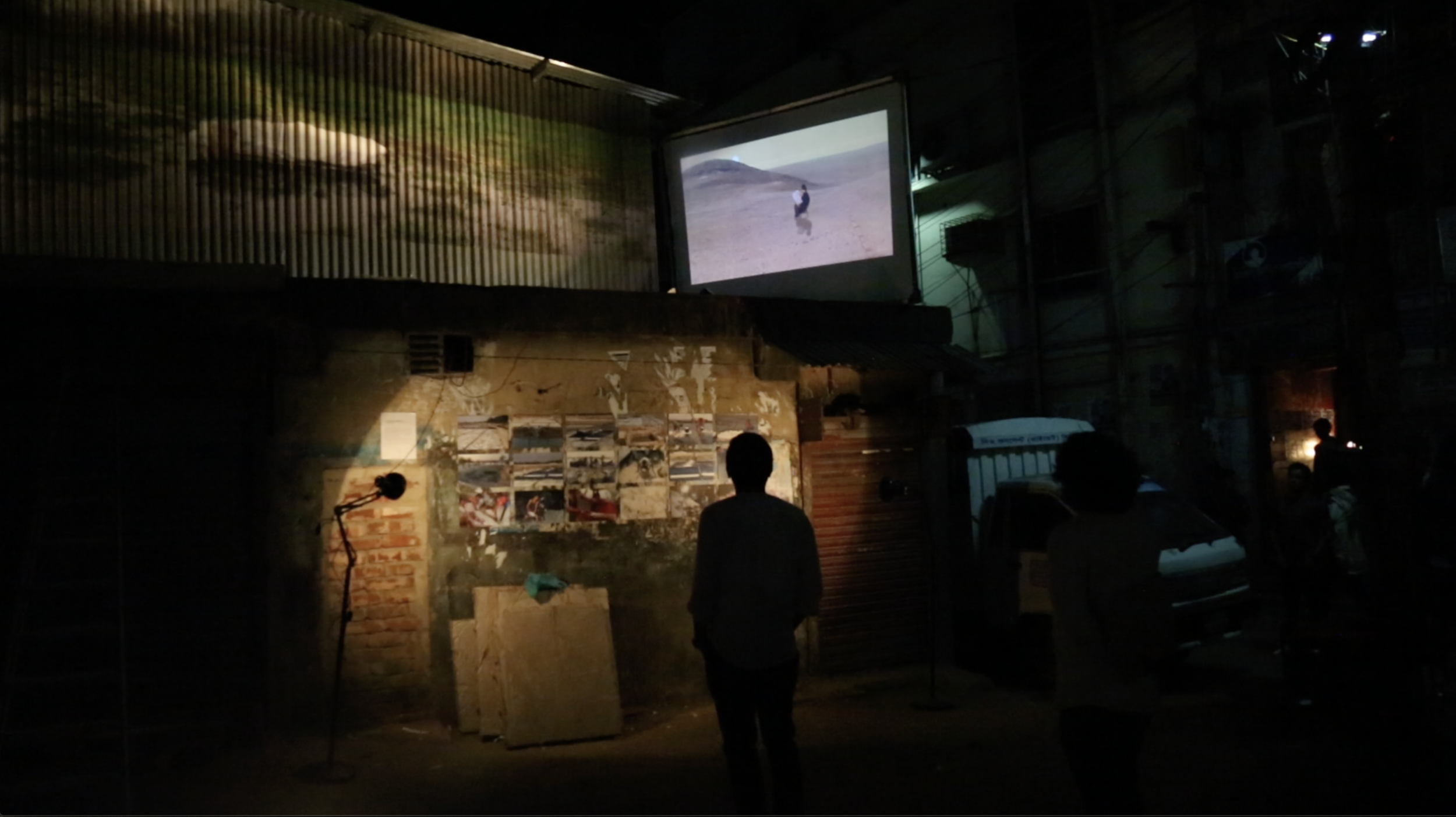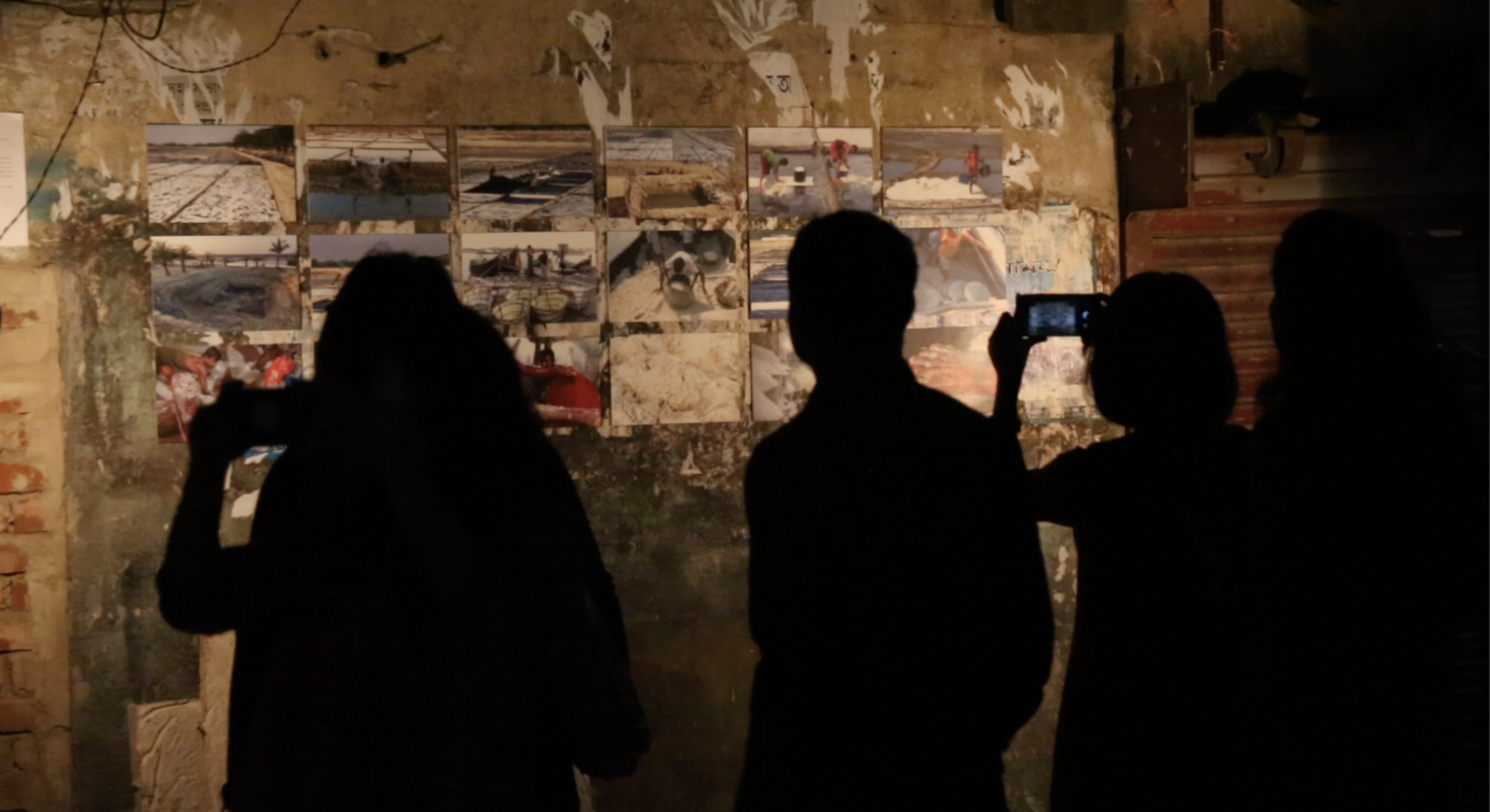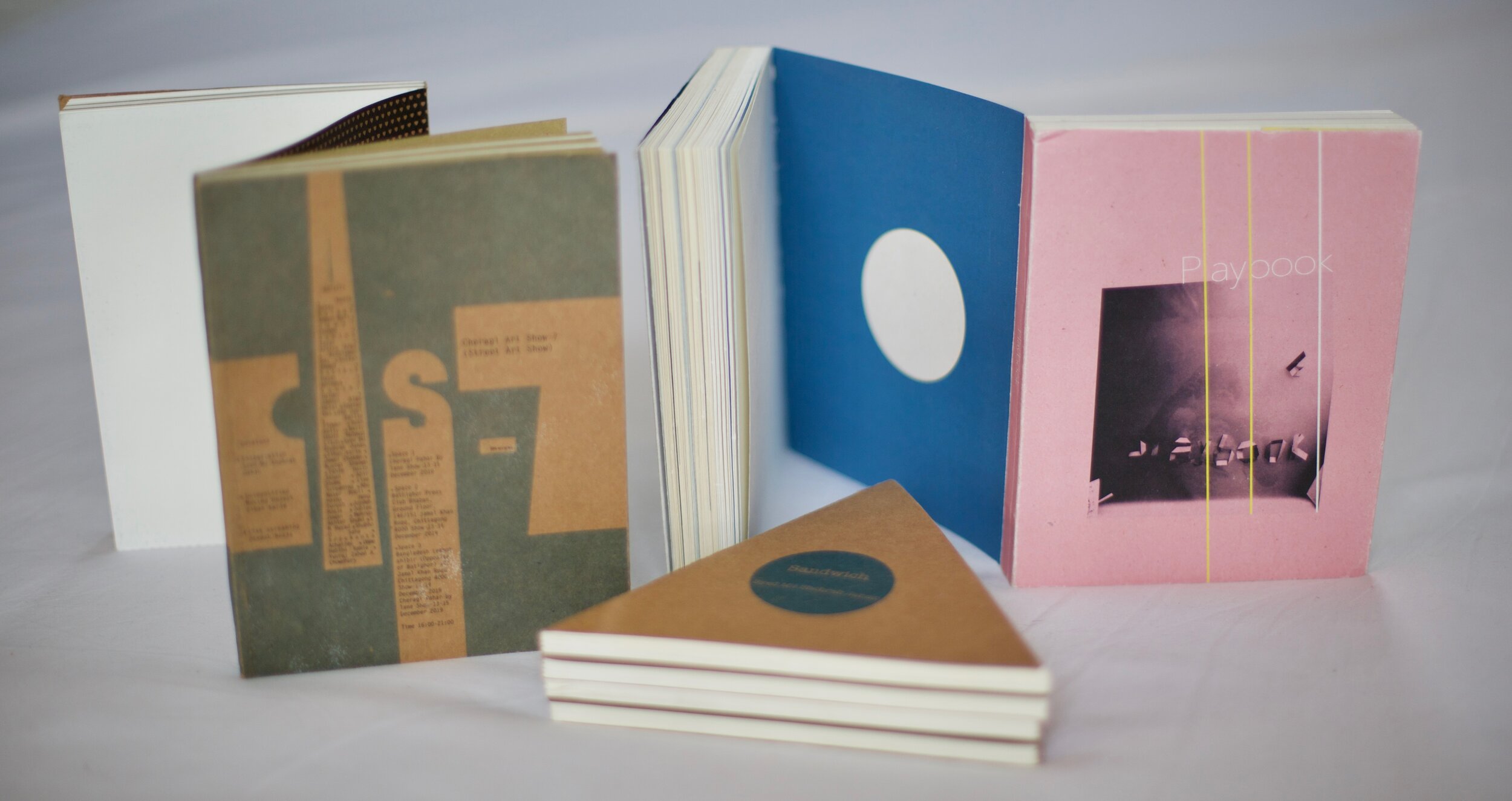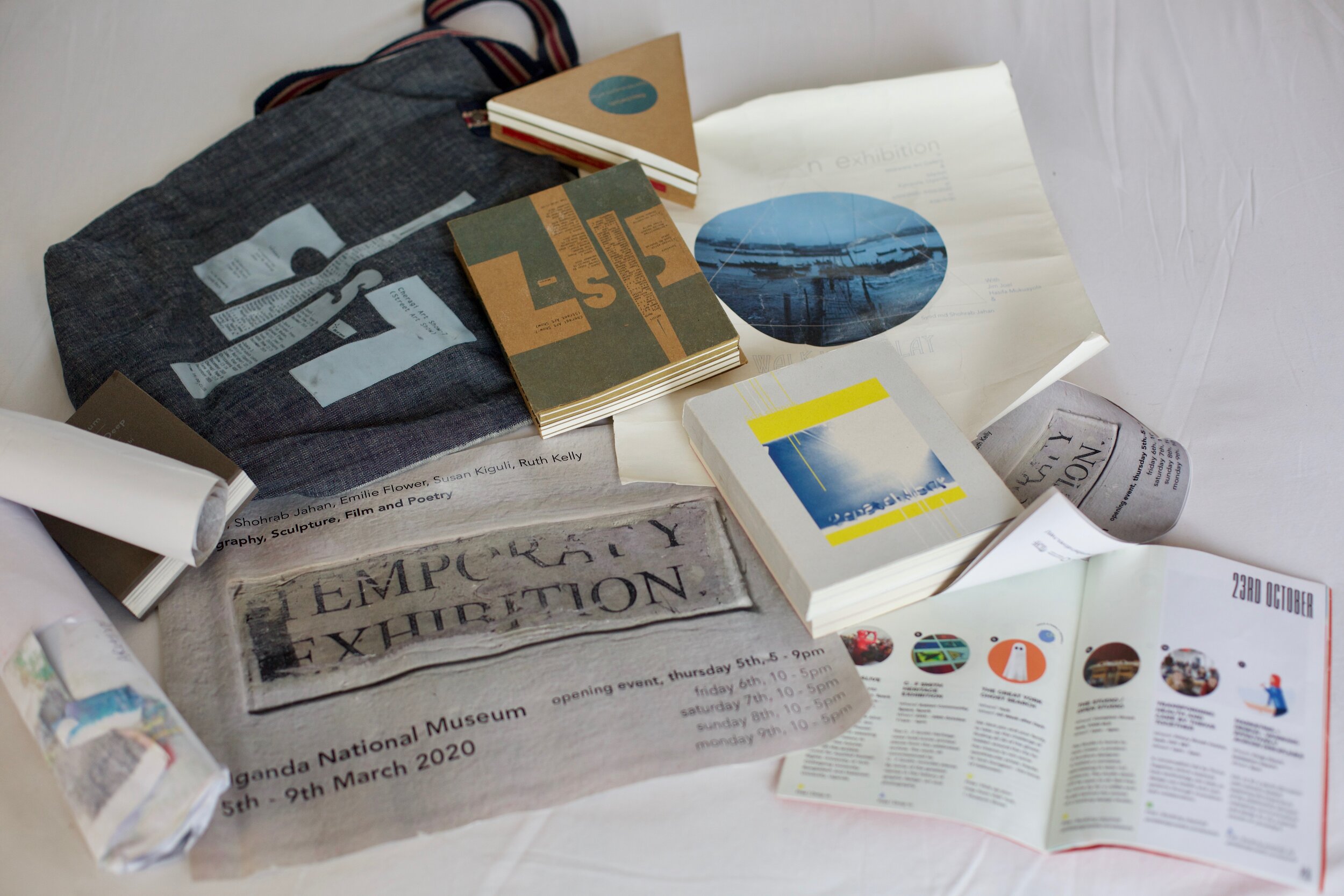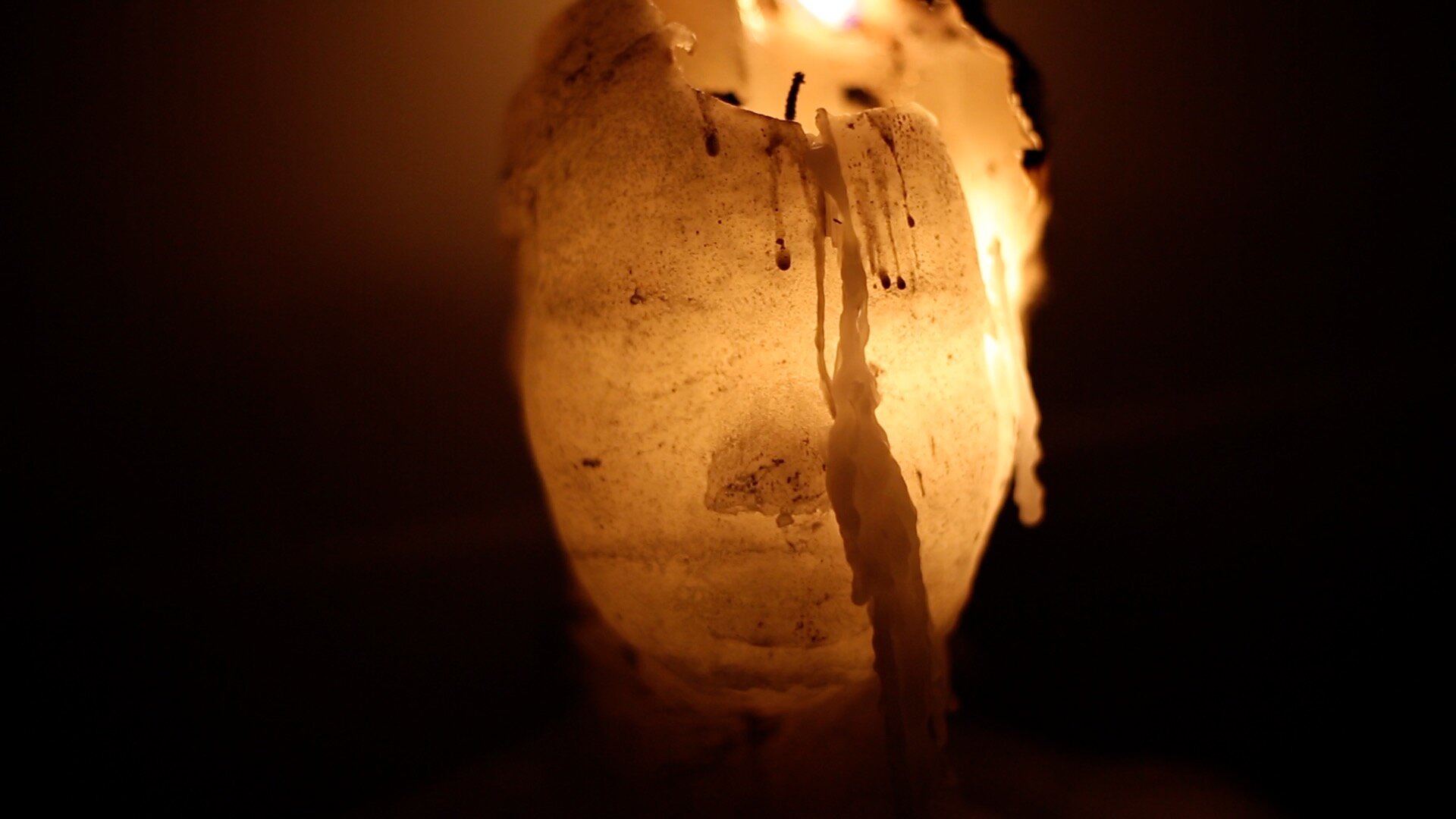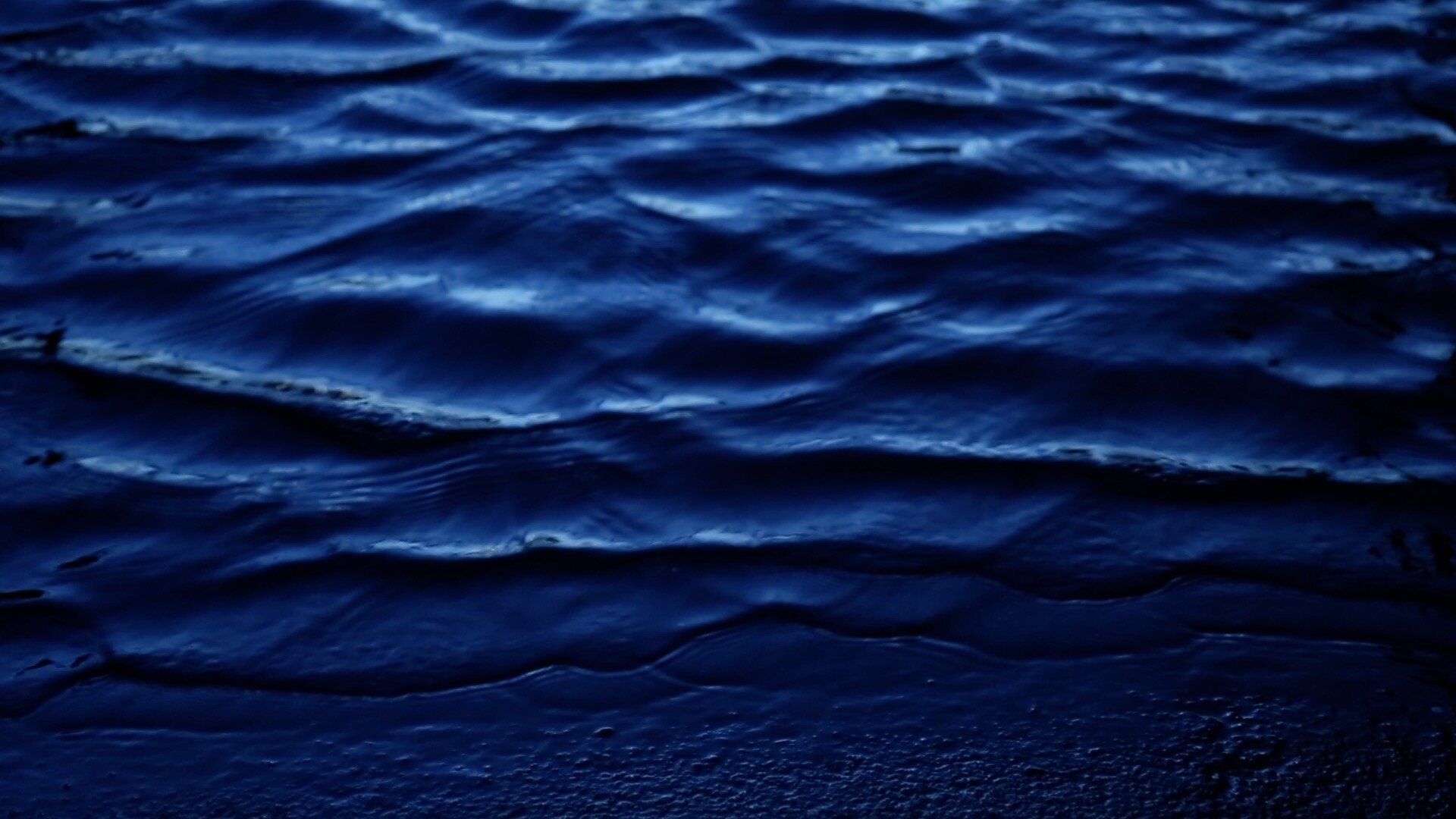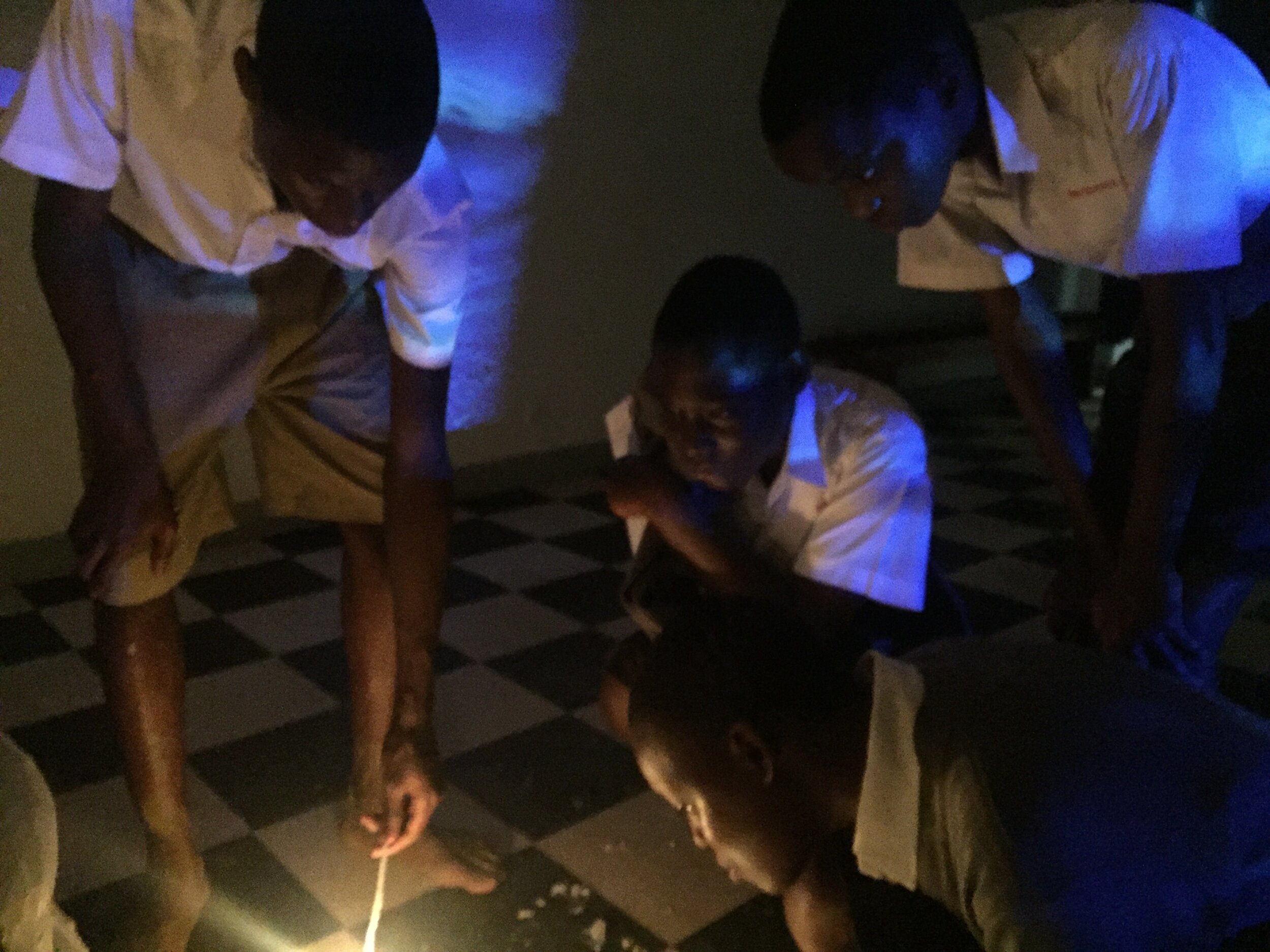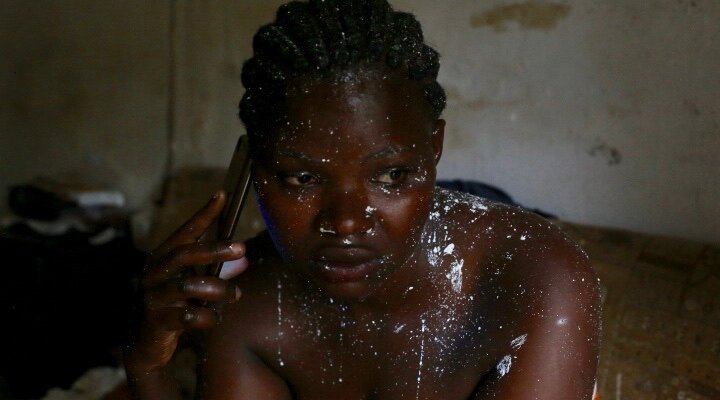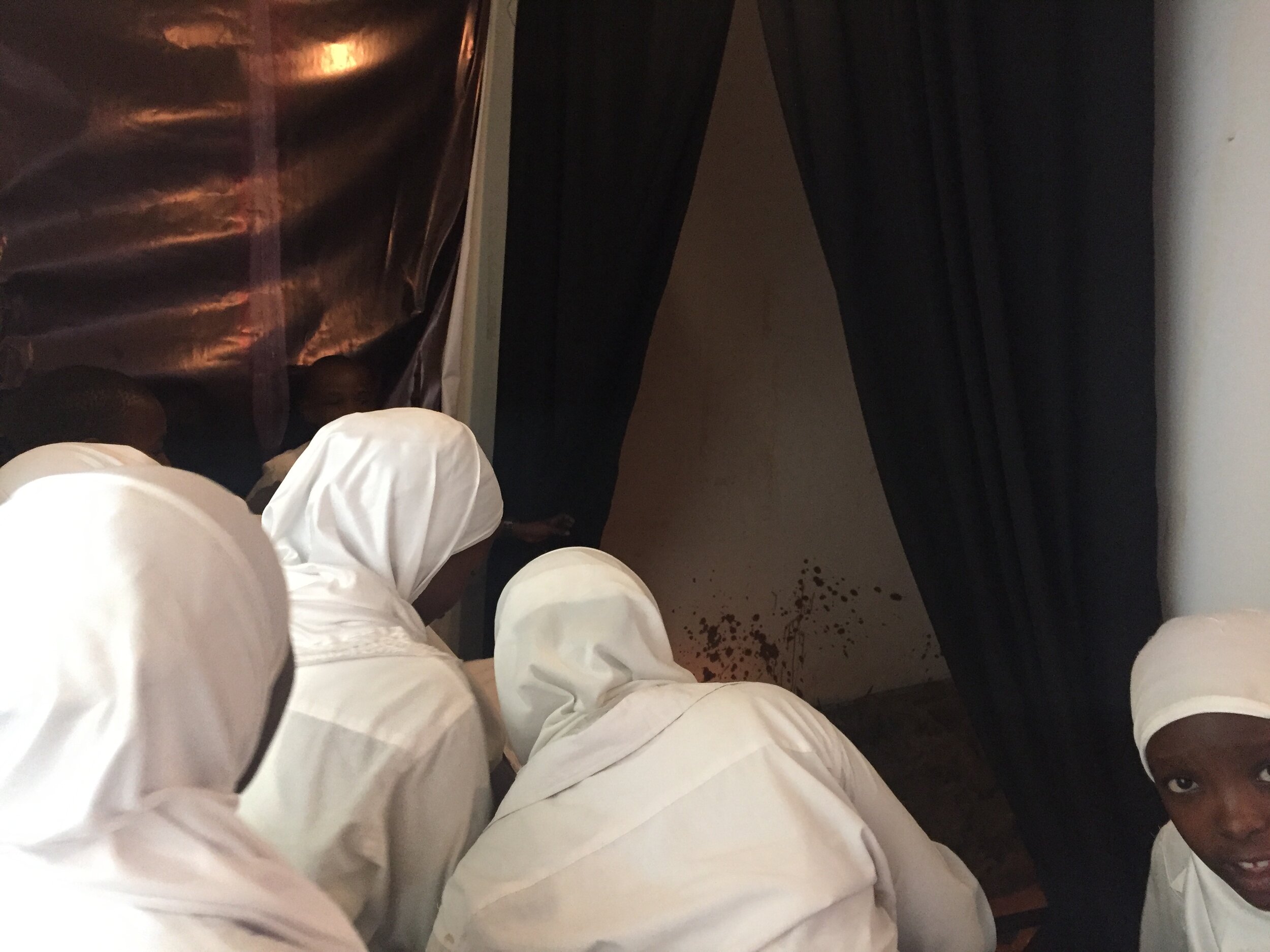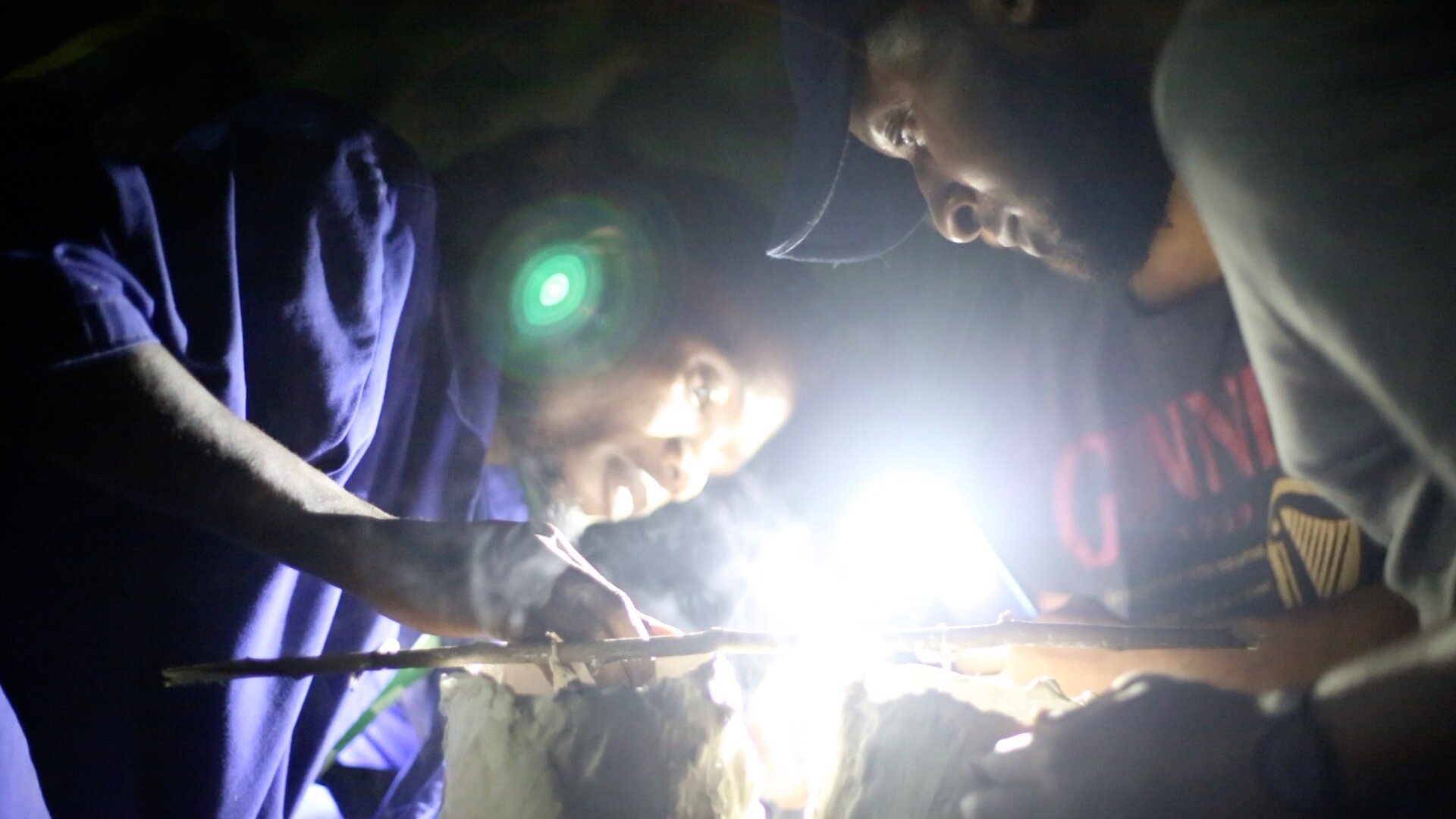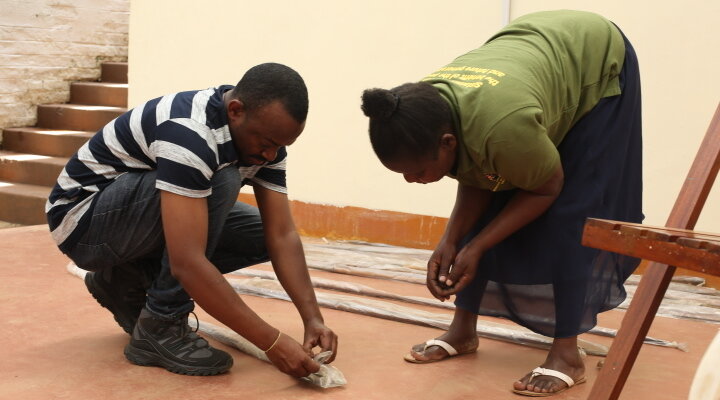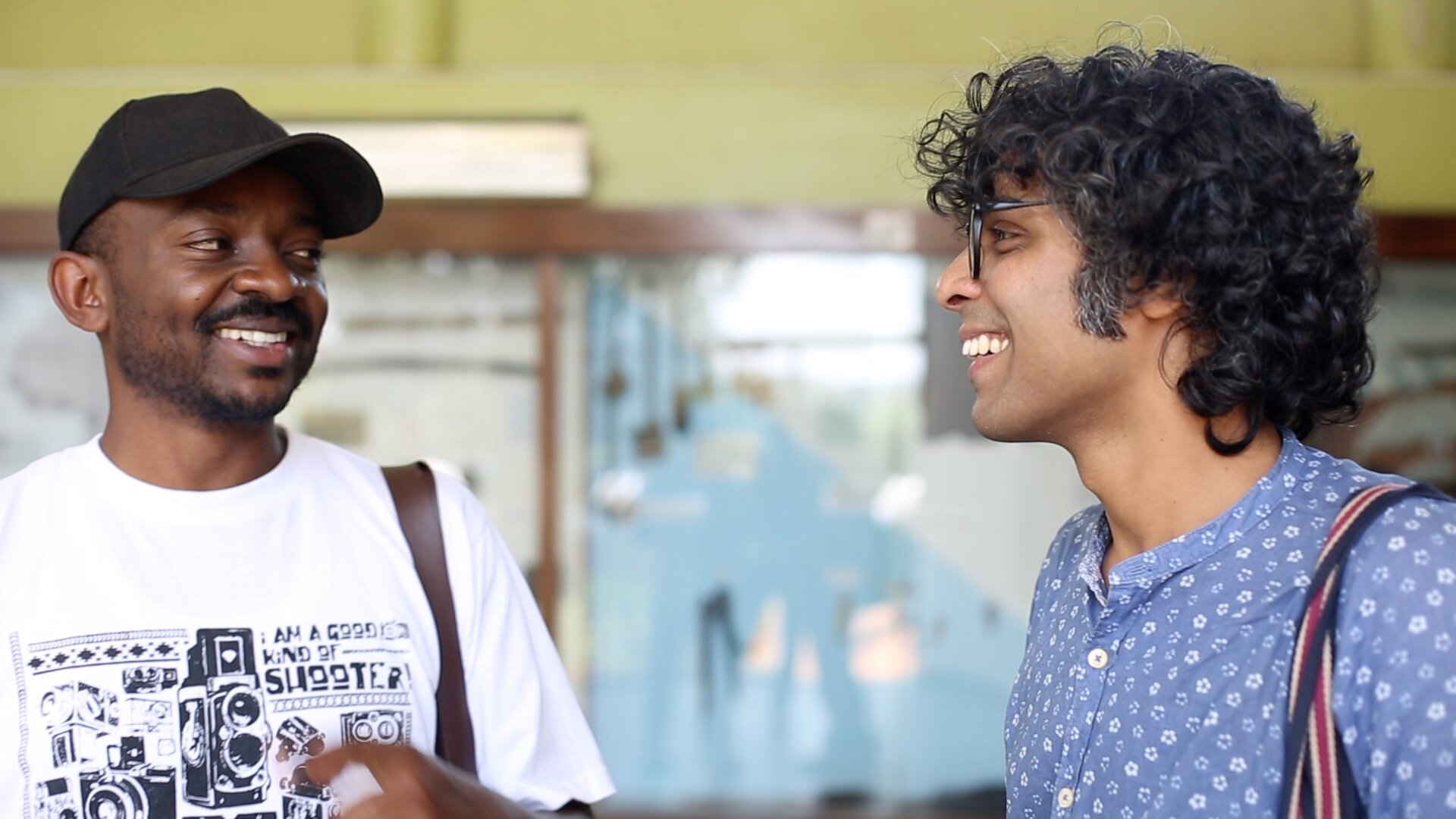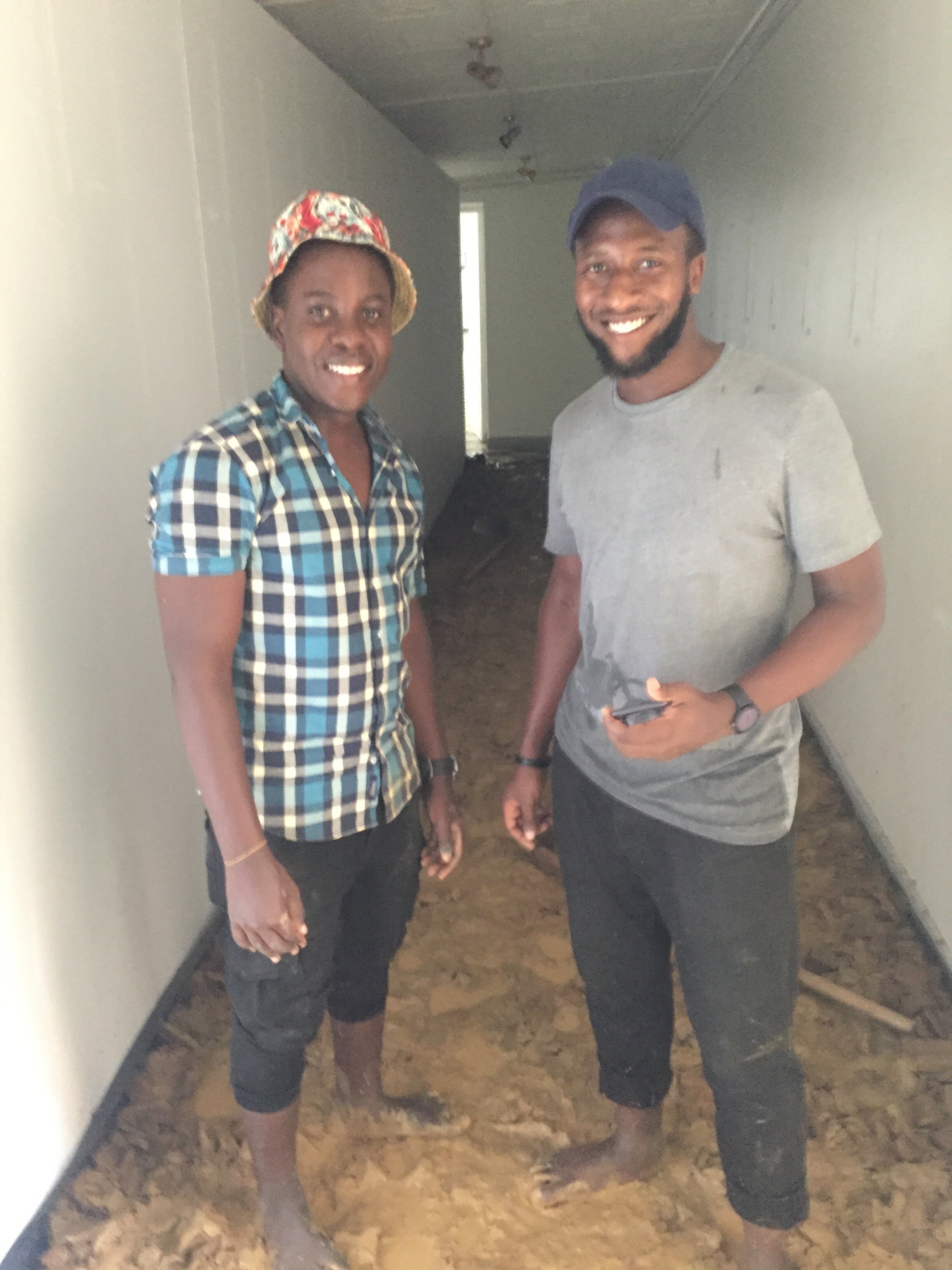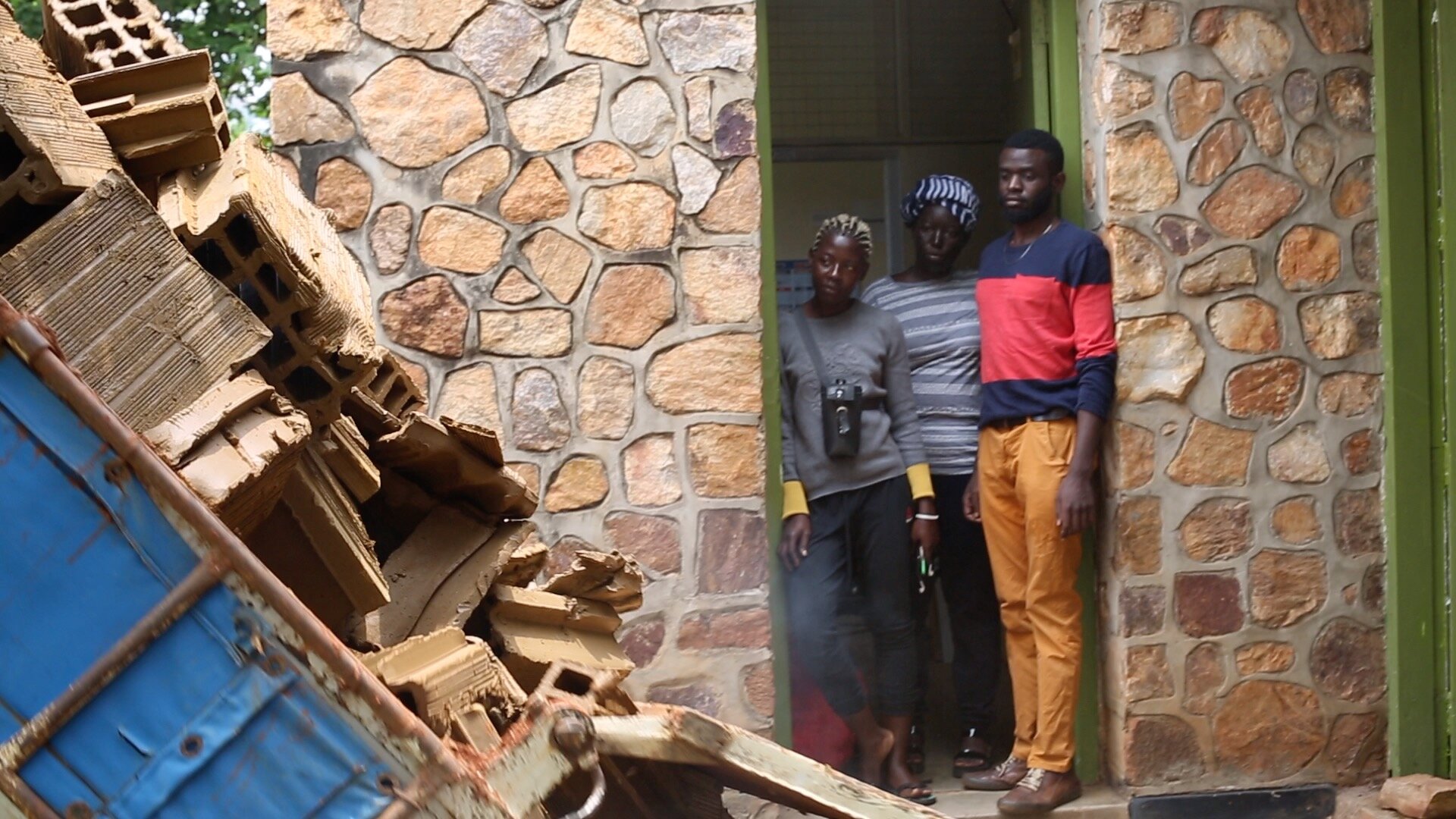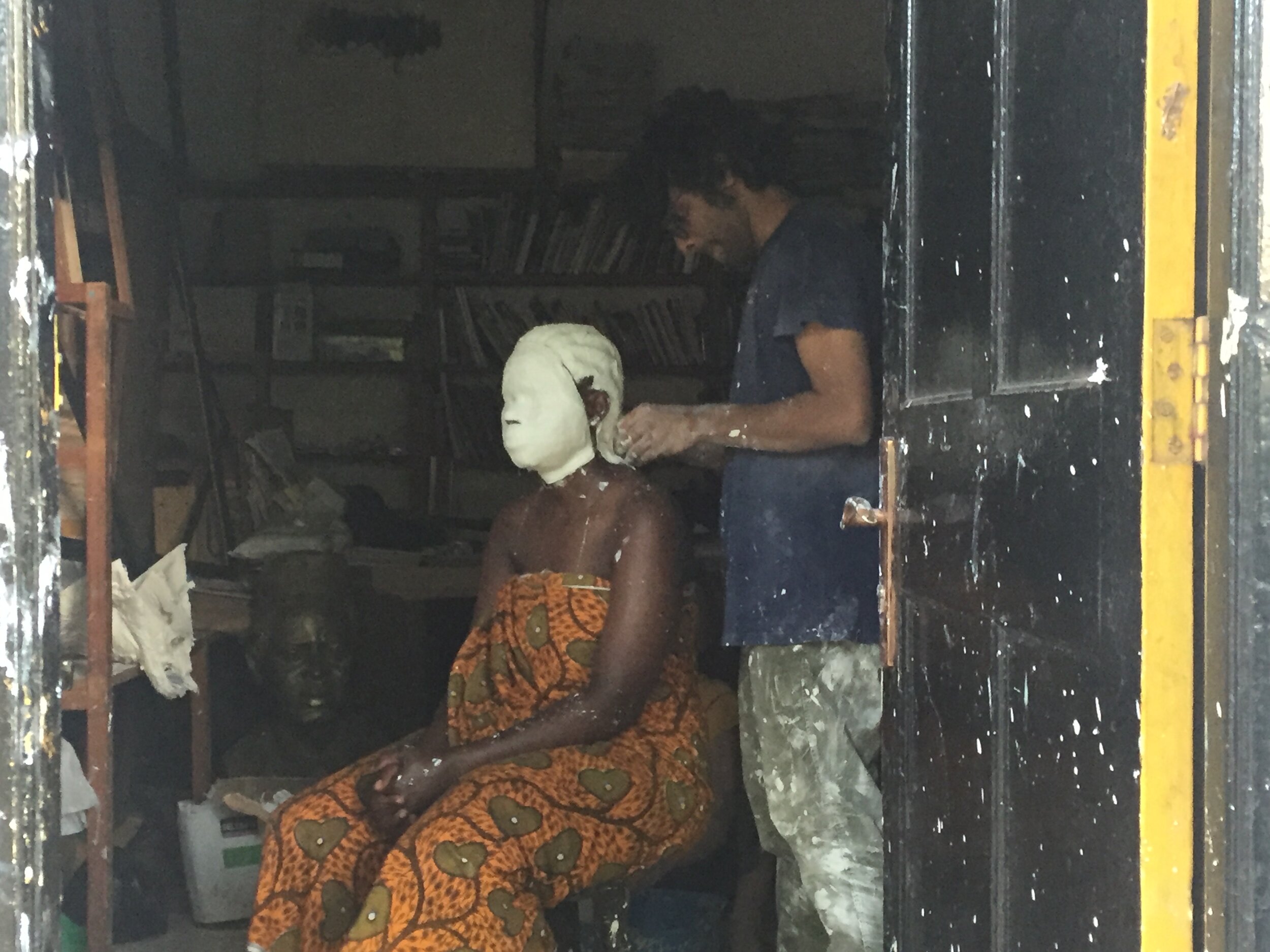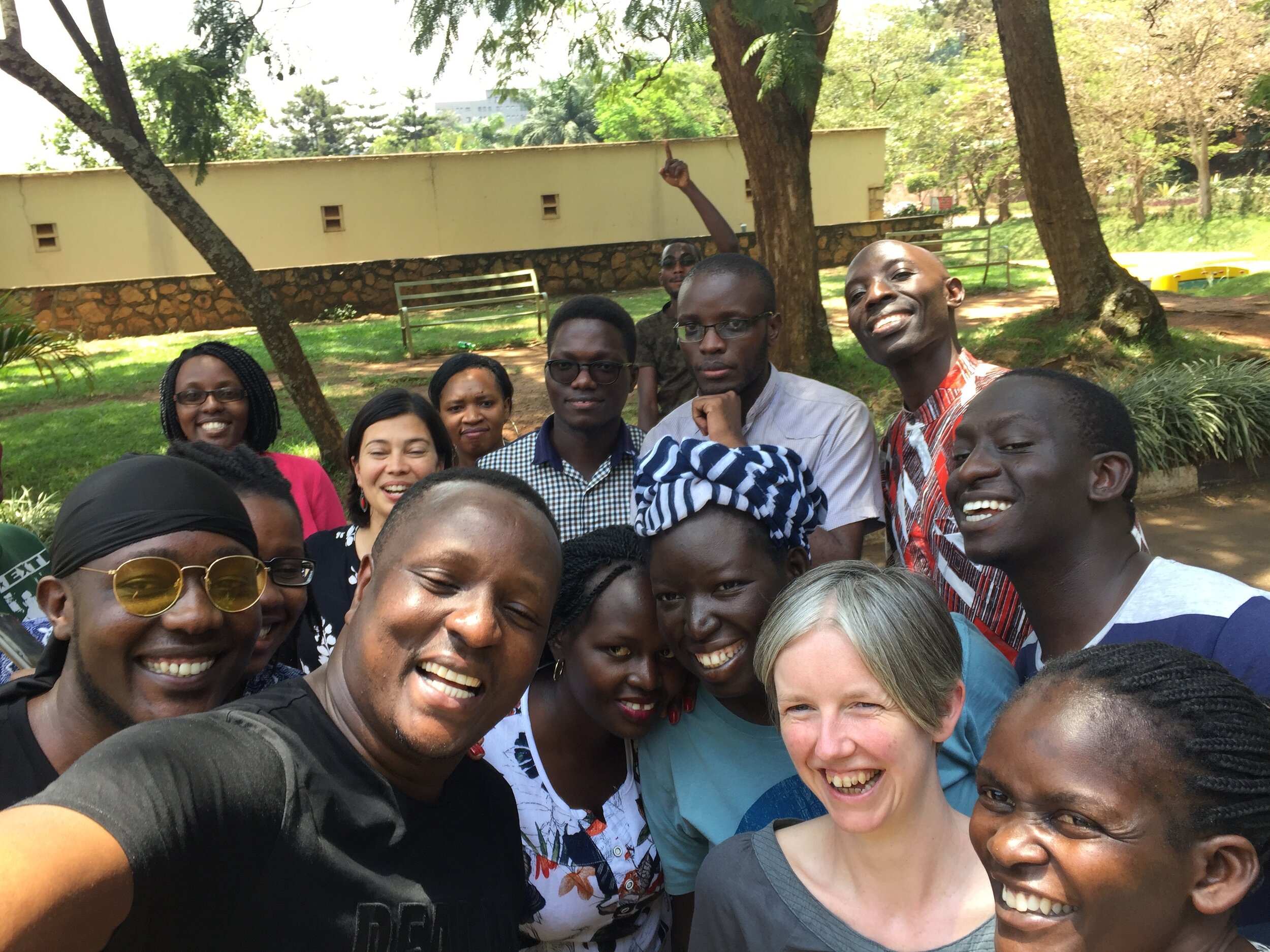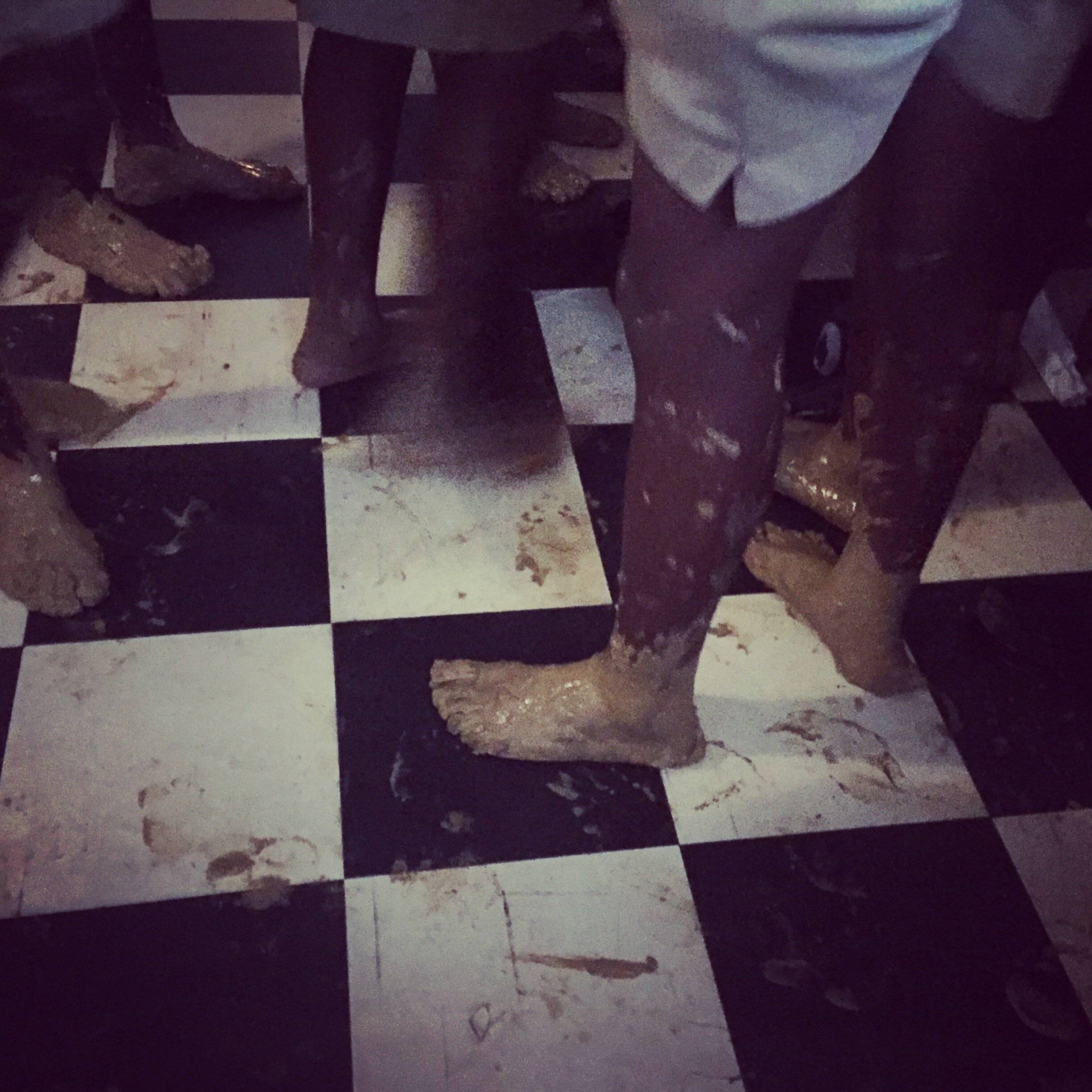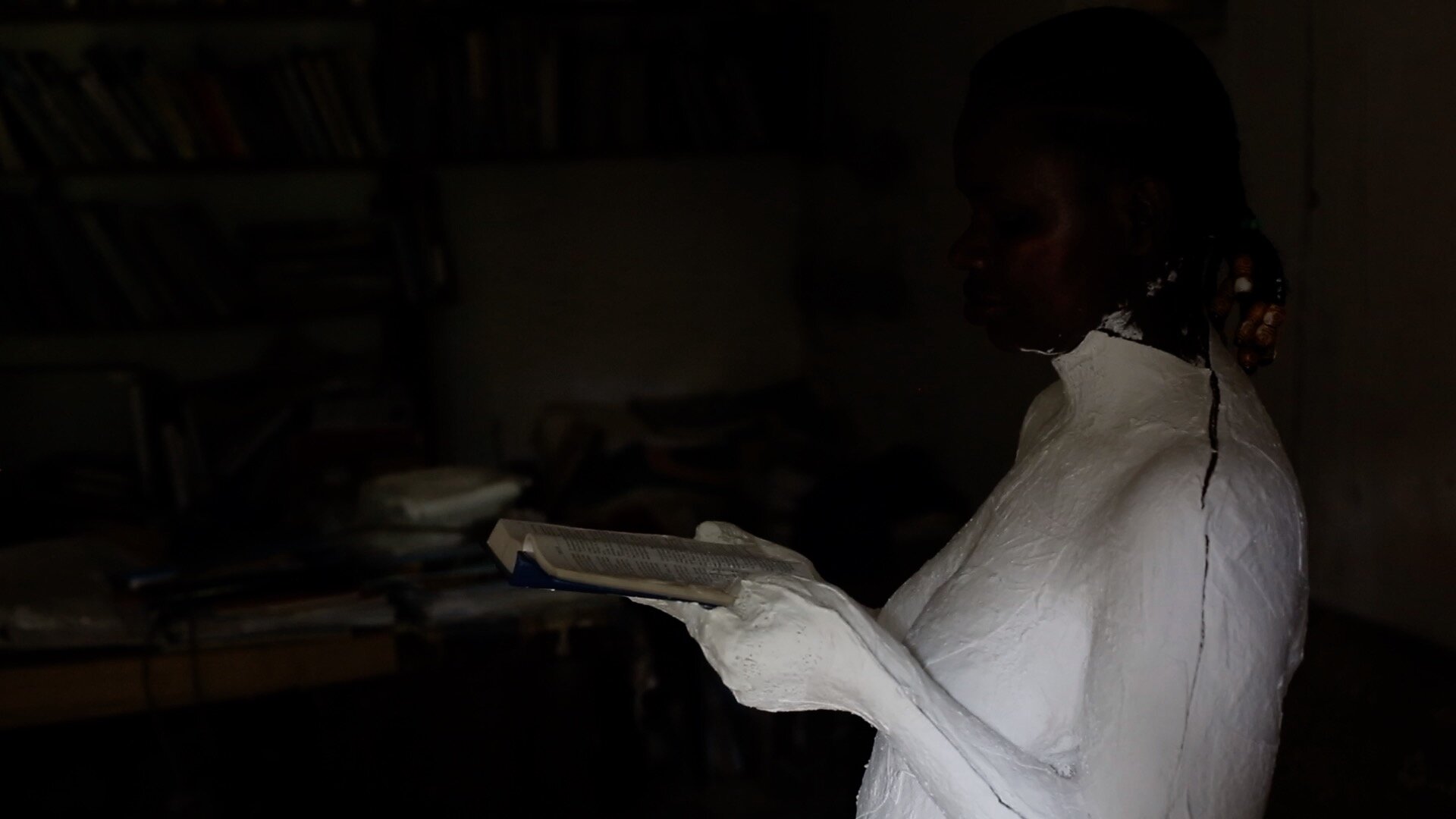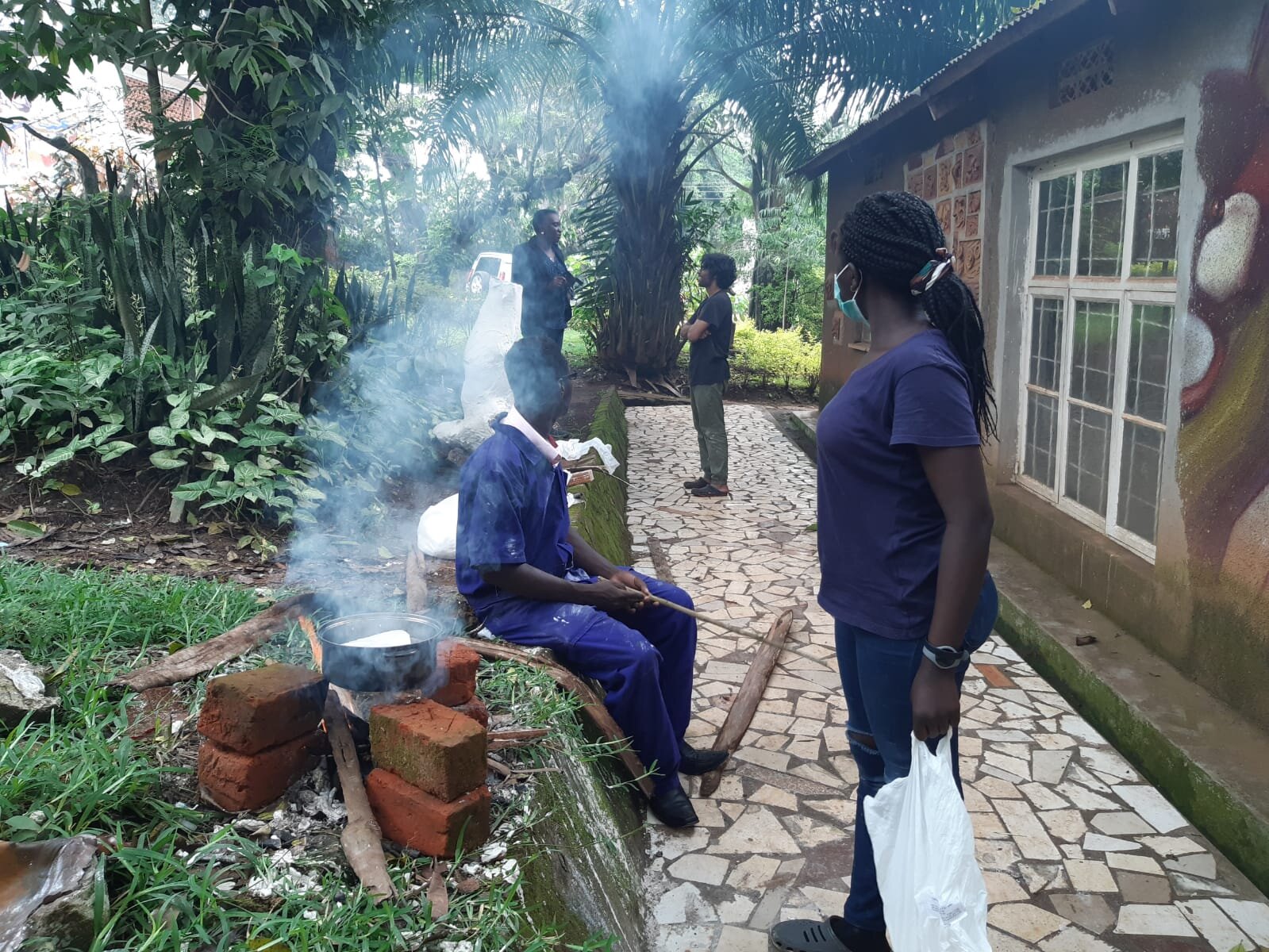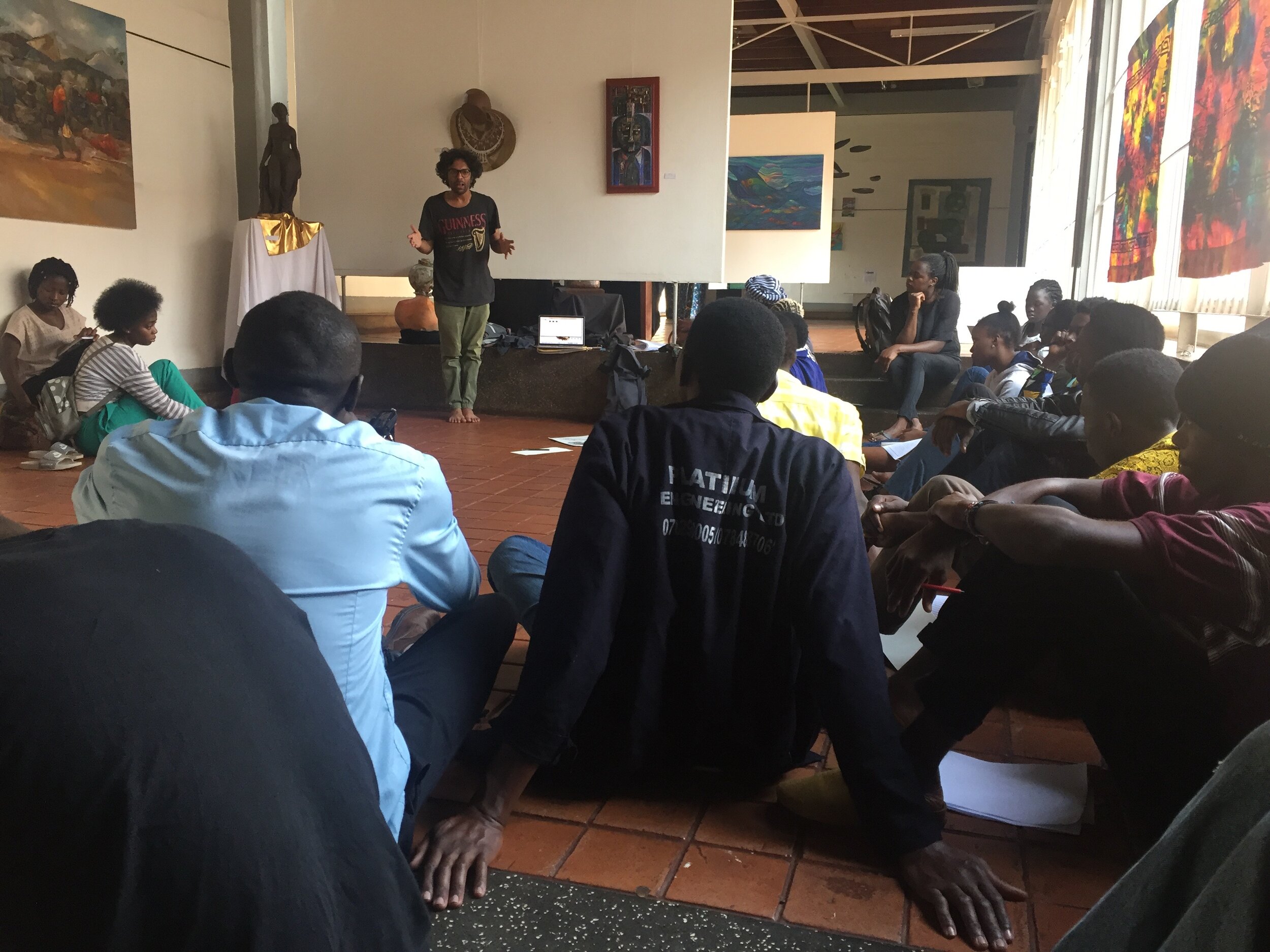The Cultural Archive
Increased access to alternative archives is an integral part of expanding the way in which the past is ‘read’ and through which art engages with contemporary political and developmental concerns. In previous research, the team found that historical scripts about the future and development constrain the way that the future is imagined, whether by artists, academics or activists. In recognition of these constraints, in both Uganda and Bangladesh there was an interest in and demand for support for further experimentation with cultural archiving through arts exchanges, archive training for the production of archives of politically significant art and further experimentation using arts based methodologies for activists. The project responded to this call. The project was supported through GCRF AHRC follow on funding.
Forming archives
If heritage imaginaries shape and constrain political imaginations, can alternative cultural and political archives expand the scope of the political imagination?
The project consisted of a number of experimental activities held in York (UK), Chittagong (Bangladesh) and Kampala (Uganda) to explore, surface, disrupt and create alternative archives. These included, arts exchanges, archive training, artist residencies, creative labs, arts based workshops, public conversations, street happenings, exhibitions and artist responses.
The project was archived in three different ways to reflect the different audiences and networks; through an anthology of texts, ‘Placing the imagination’, reflecting the groups overlapping interests in text, archive, structure, design and image; as a toolkit for practitioners of creative activism, ‘The scrapbook for artful activism’ for creative activists; and an archive of the project artworks, documented through photography, film and audio as ‘Archive Alive’.
An archive of artworks
Archive of artworks
Artist residencies, responses, exchanges, and in-situ creative labs and happenings bring together artists and members of the public - and contribute to alternative cultural archiving.
Resident in the project were sculptor Shohrab Jahan, filmmaker Emilie Flower, and photographer Jim Joel with poet Dr Susan Kiguli and painter and sensory artist Prof. Shaela Sharmin as participating co investigators, and Phd candidate and participating poet Ruth Kelly as researcher. Other contributing artists were painter and multi media artist Sharad Das, video artist Zihan Karim, illustrator and performance artist Zahed Ali Chowdhury (Yuvraj), performance artist Joydep Roajda, multimedia artist Pamela Enyonu, painter and installation artist Matt Kayem and textile artist Njola Impressions.
An anthology of Texts
Anthology of Texts
Placing the imagination is a collection of texts, images and transcripts that intertwine the cultural and political heritages of the network.
Designed by sculptor, Shohrab Jahan, the collection has been co-edited and designed by Prof. Emilie Morin, Ruth Kelly, Shohrab Jahan, and Emilie Flower, with contributions from Jim Joel, Susan Kiguli, Shaela Sharmin and Hilda Twongyeirwe from Femwrite, and interviews collected during the project.
The artful activist
Toolkit for Artful Activism
In this toolkit are several of the creative methodologies we trialled with researchers and practitioners to break out of traditional roles, enlarge the scope of what ‘development’ might mean and generate alternative archives.
This work was developed in collaboration with Action Aid Uganda, Action Aid Bangladesh, Makerere Language and Literature Department, Femwrite and Tannistho Natuya theatre group.
Events: York
Archive training
During October and November 2019, colleagues from Bangladesh and Uganda came to the UK to visit a range of different archives and participate in an archive symposium; visual and sensory artist Shaela Sharmin, installation artist Syed Md Shohrab Jahan, both from Chittagong Institute of Fine Arts, Bangladesh, and photographer and researcher Jim Joel Nyakaana from Uganda joined Ruth Kelly and Emilie Flower from the Centre for Applied Human Rights.
The group spent a week together visiting archives and galleries as a form of team based fieldwork, thinking in particular about the representation of public art and archive. They visited the Black Cultural Archive in Brixton, the Feminist Library Collection at Bishopsgate in London, the Bloodaxe Archive at Newcastle University and the Borthwick Institute for Archive at the University of York.
They also visited the British Museum, the British Library and the Tate Modern. Contemporary exhibitions included the climate activist artist Olafur Elliasson’s exhibit, ‘In real life’, Kara Walker’s Fons Americanus, a 13-metre tall working fountain inspired by the Victoria Memorial in front of Buckingham Palace and work by the fluxus original and experimental video artist Nam June Paik and photographer Nan Goldin. In addition they visited the photographer Jo Spence’s ‘Misshapen Bodies’ at the Wellcome Trust, Ai Wei Wei at the Lister Gallery, the student display at Central Saint Martins and Newcastle University, the Whitechapel Gallery and Brick Lane and John Akomfrah’s Ballasts of Memory at the BALTIC. Shohrab Jahan and Emilie Flower also attended the Aesthetica Short Film Festival in York. Conversations resulting from these visits clustered around public art and sensationalism, the relationship between locations and audiences for public art; sanitised art, artists for sale, patronage and prestige art.
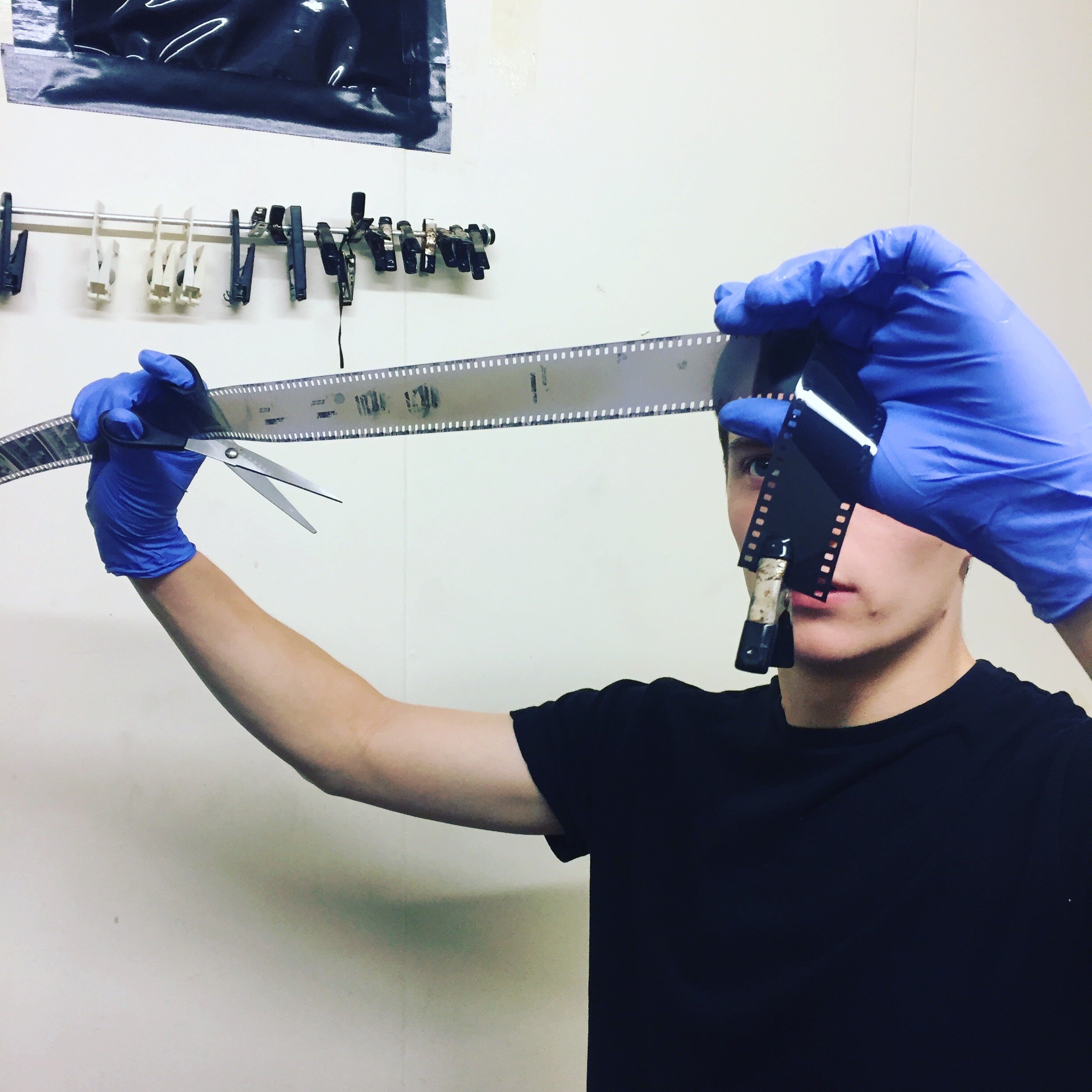
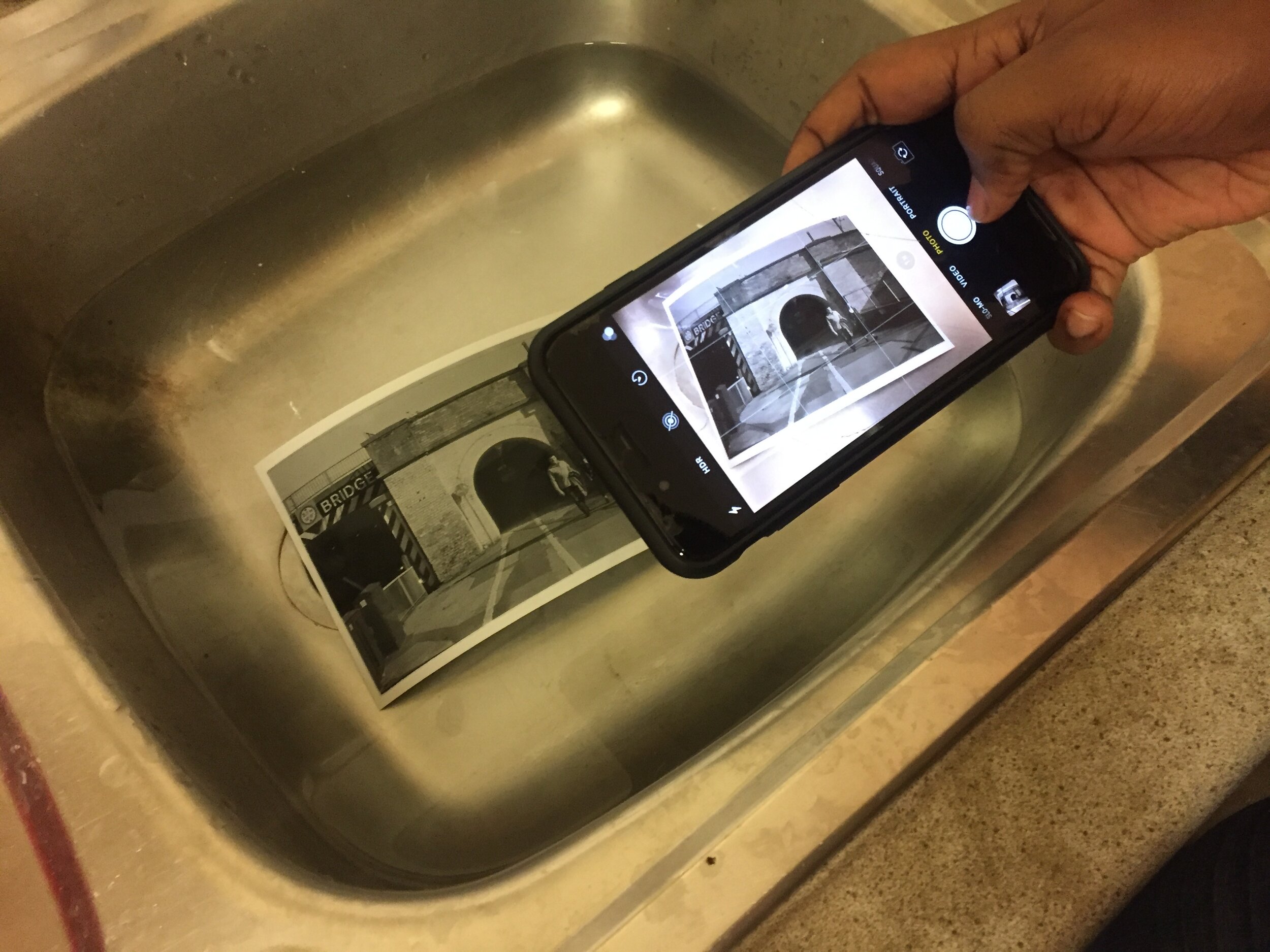
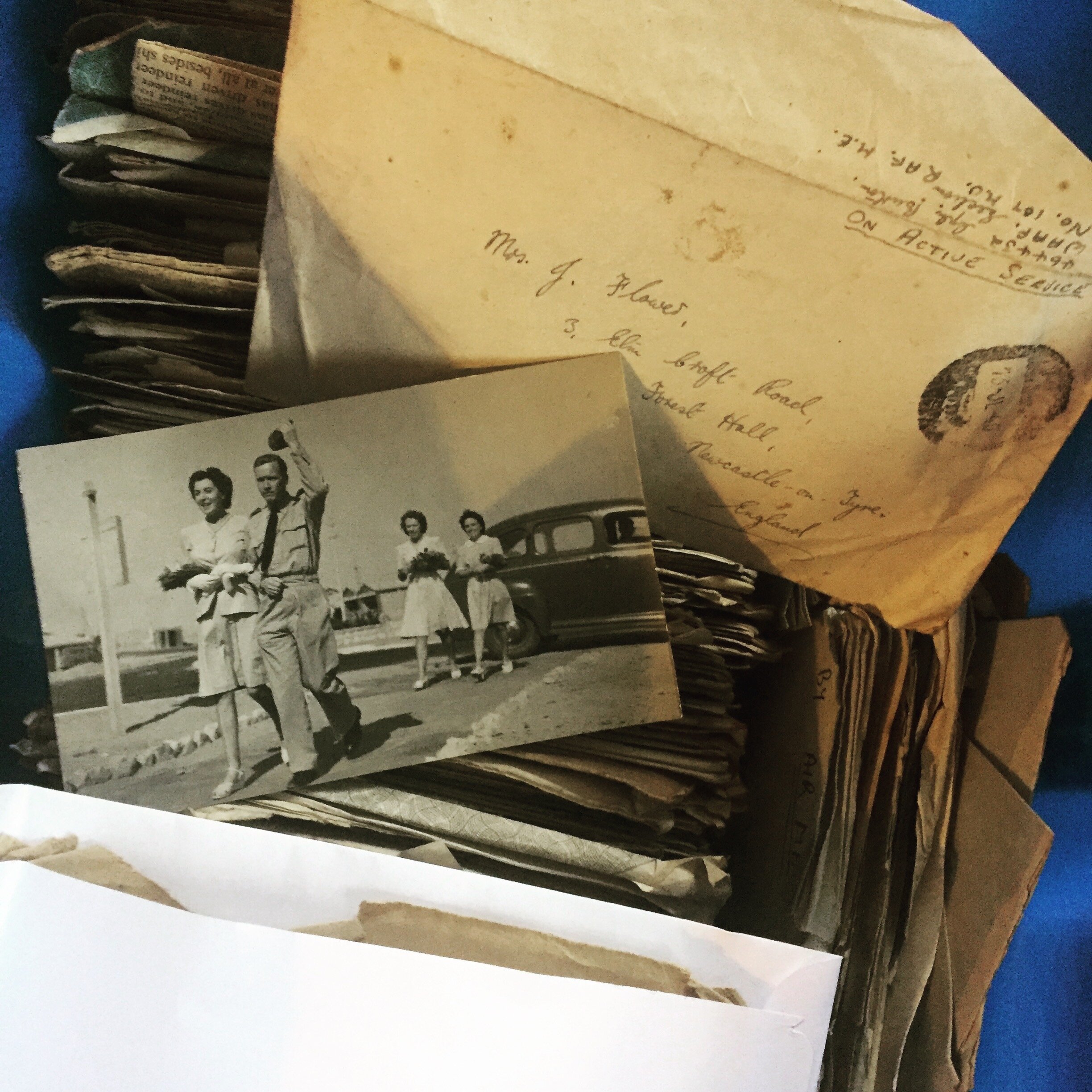
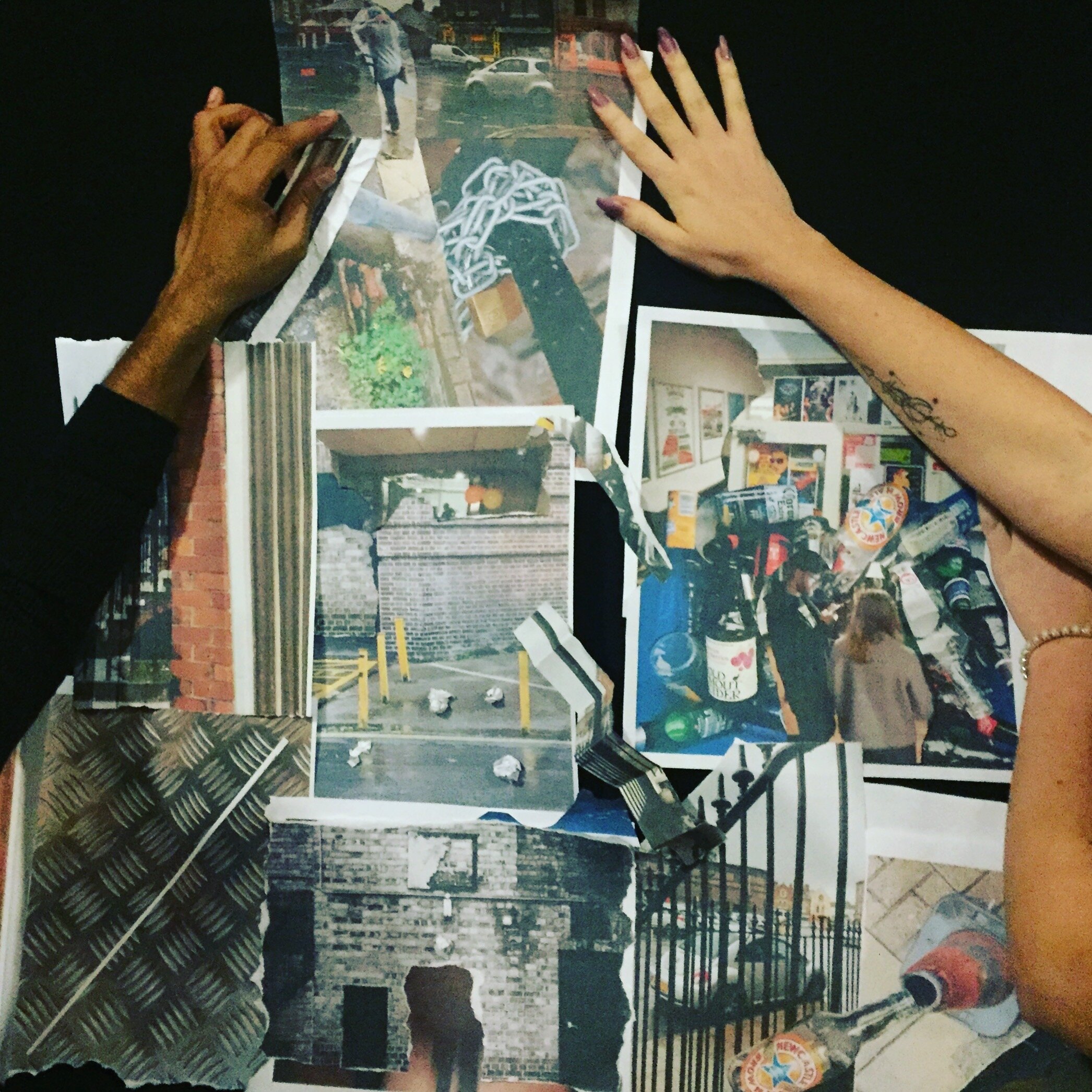
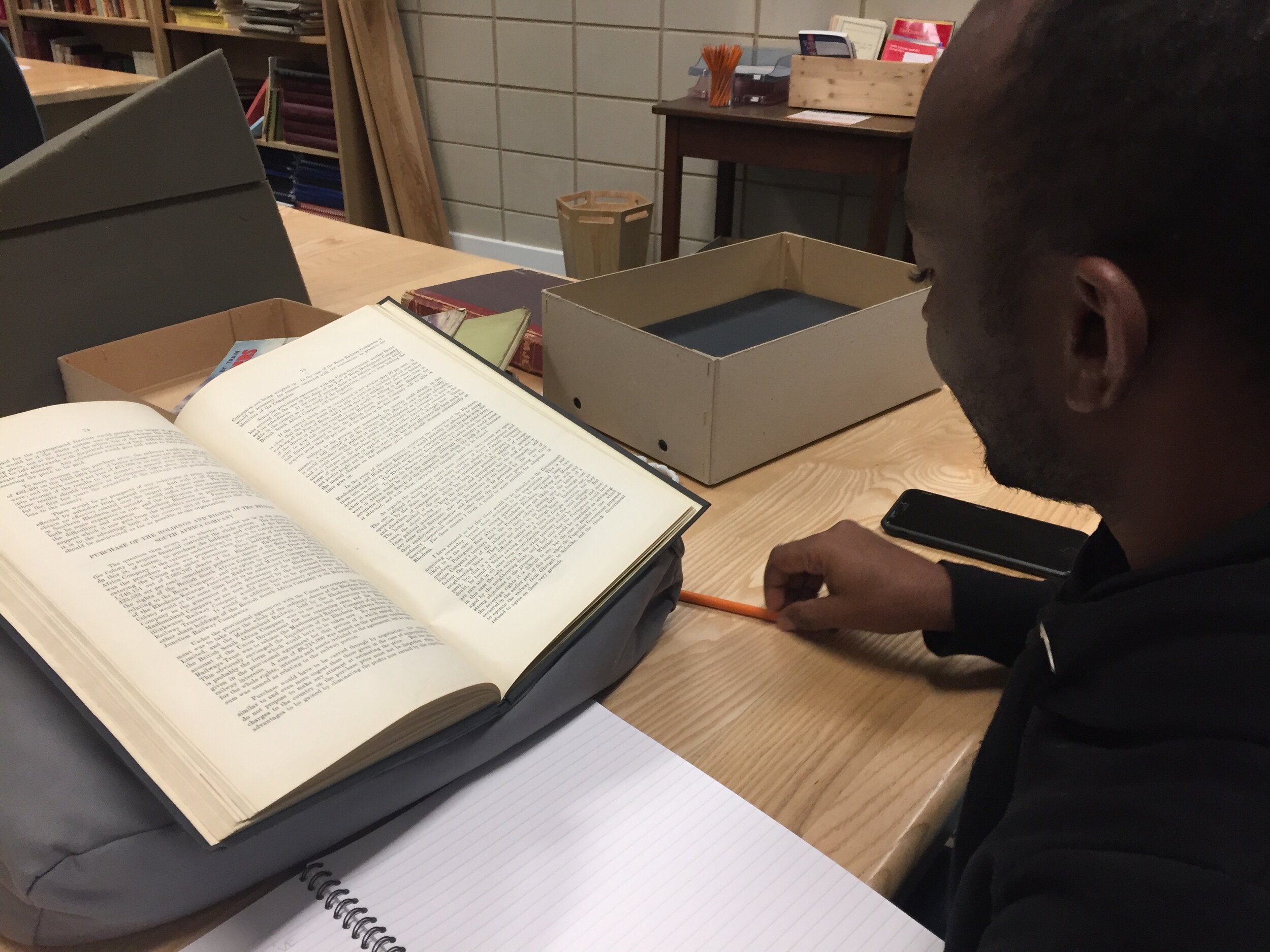
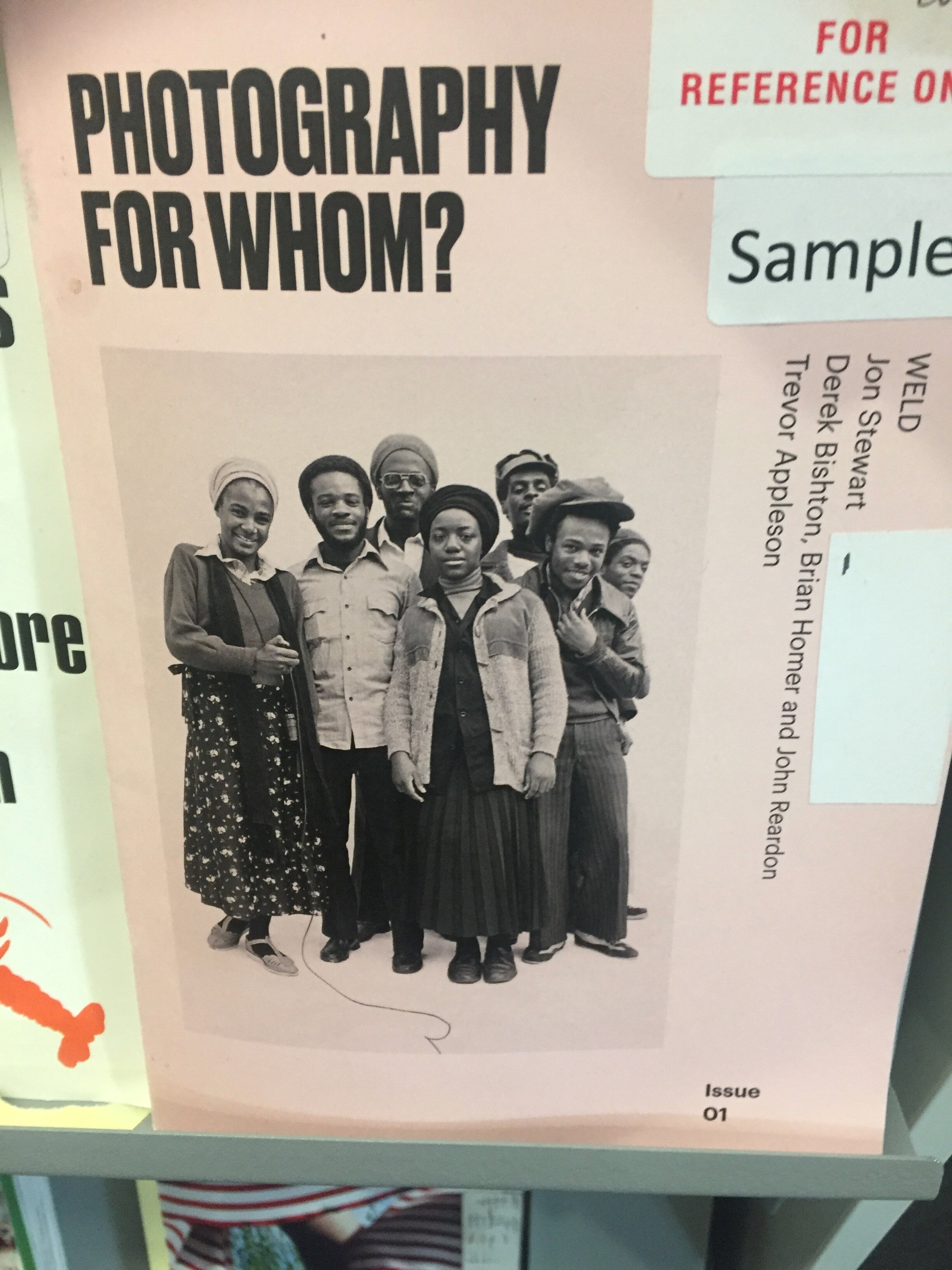
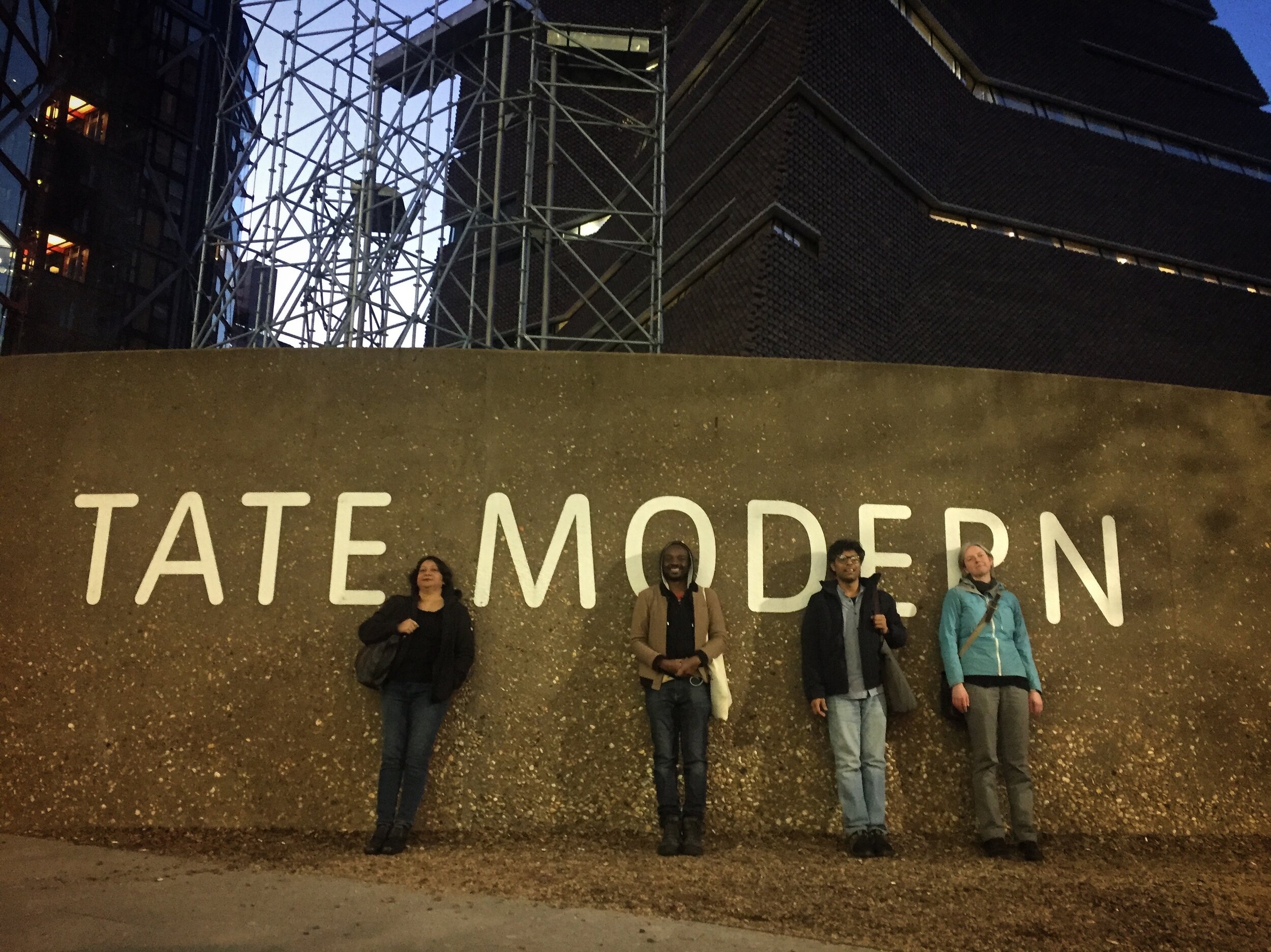
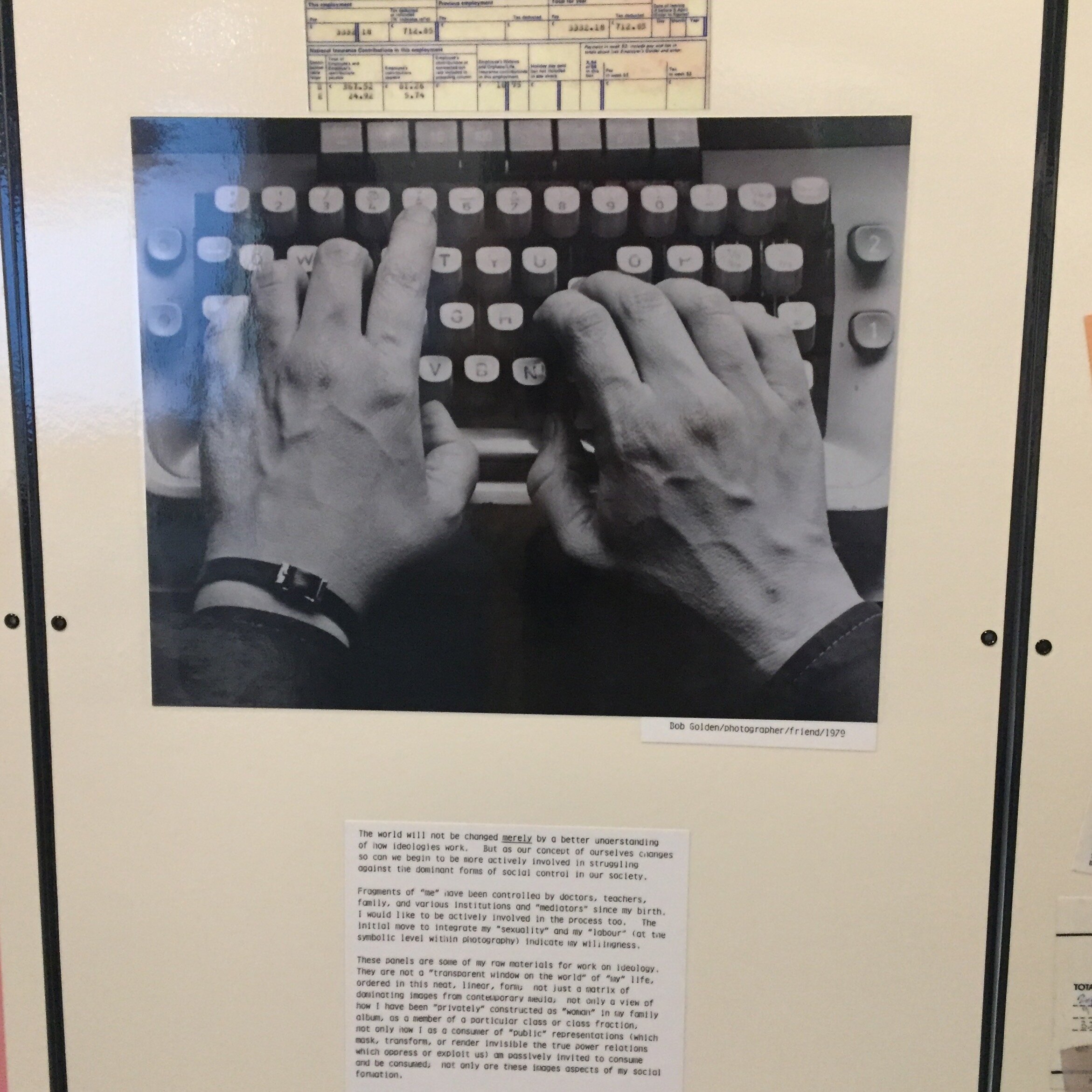

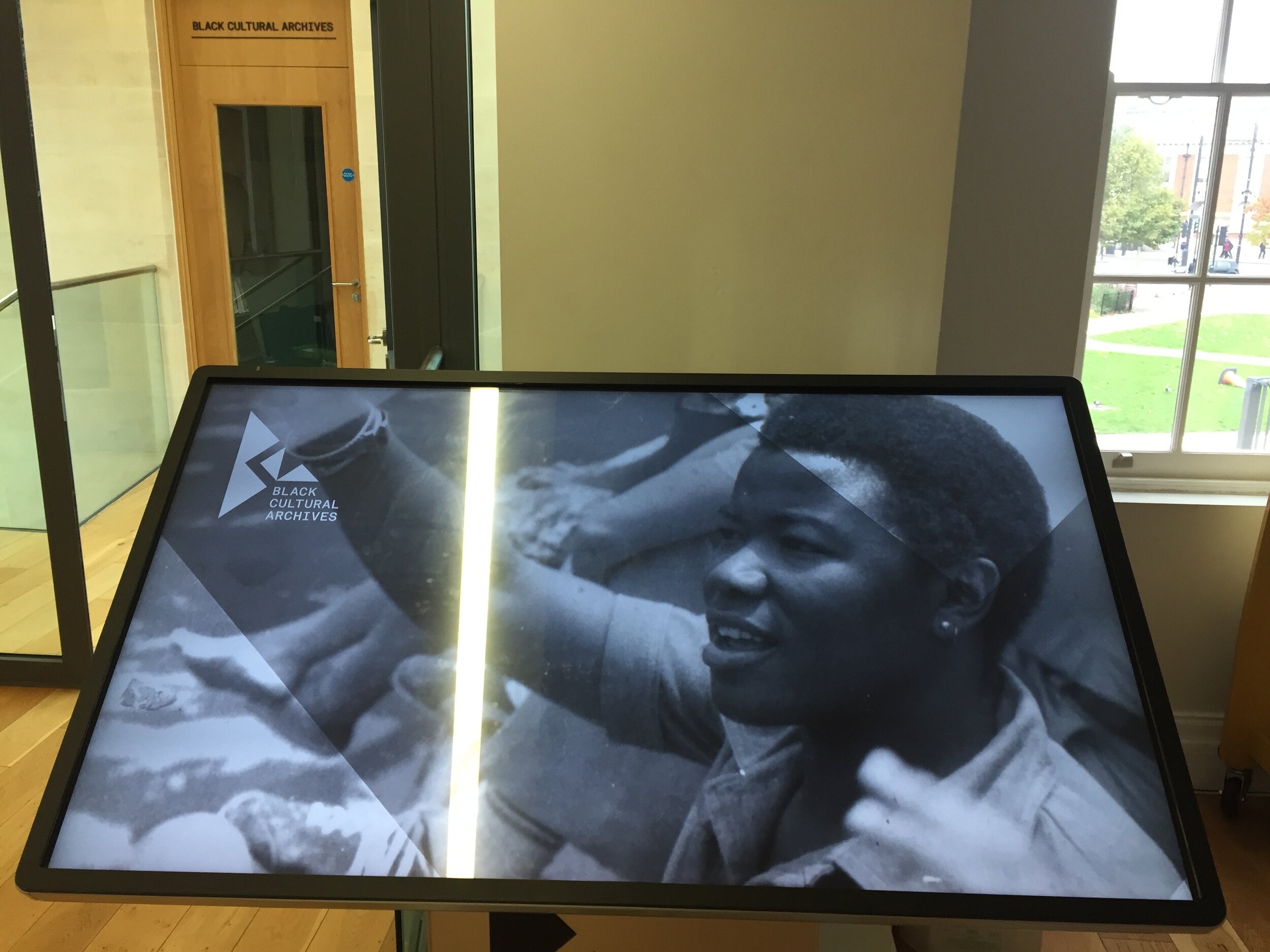
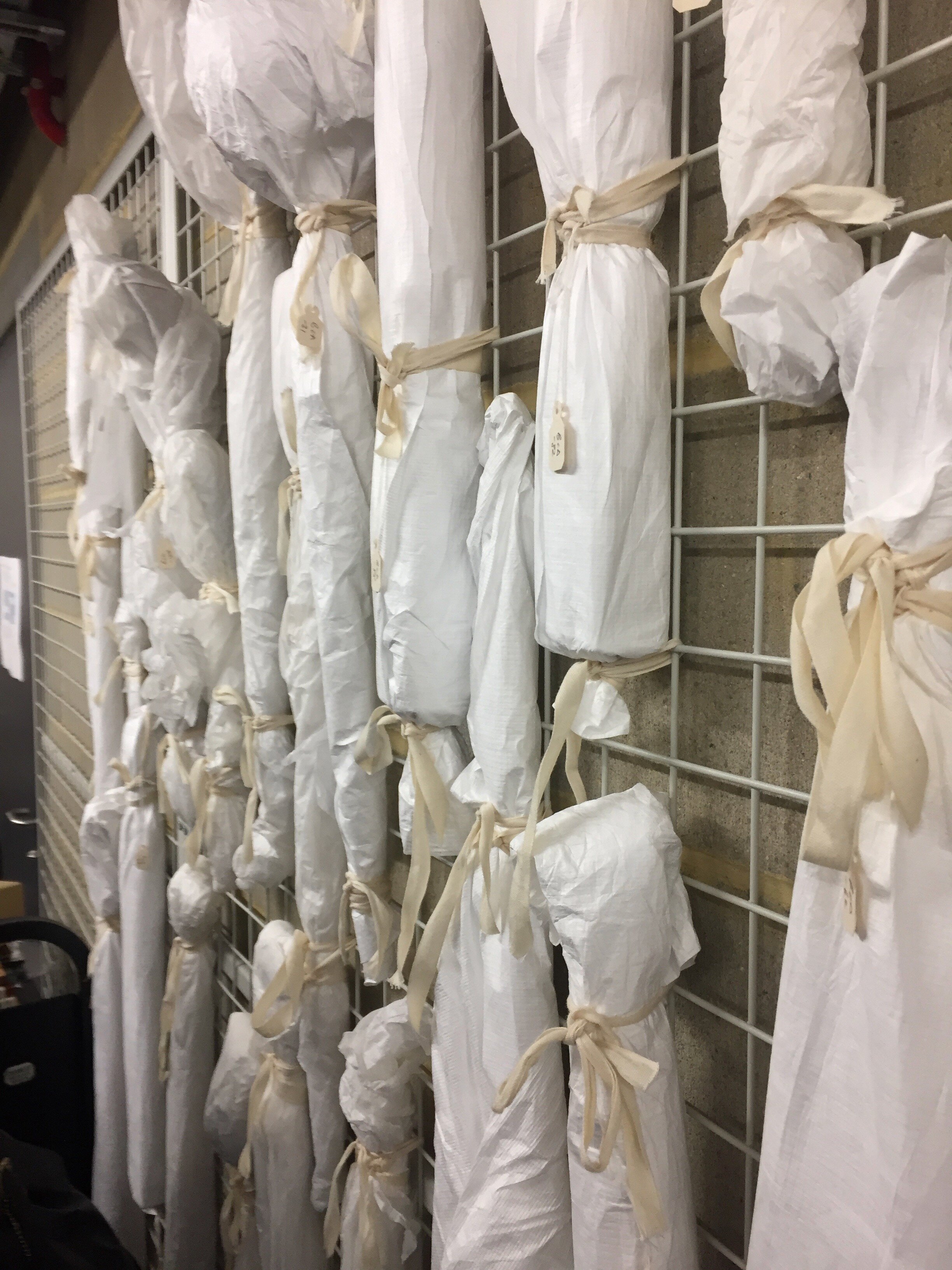
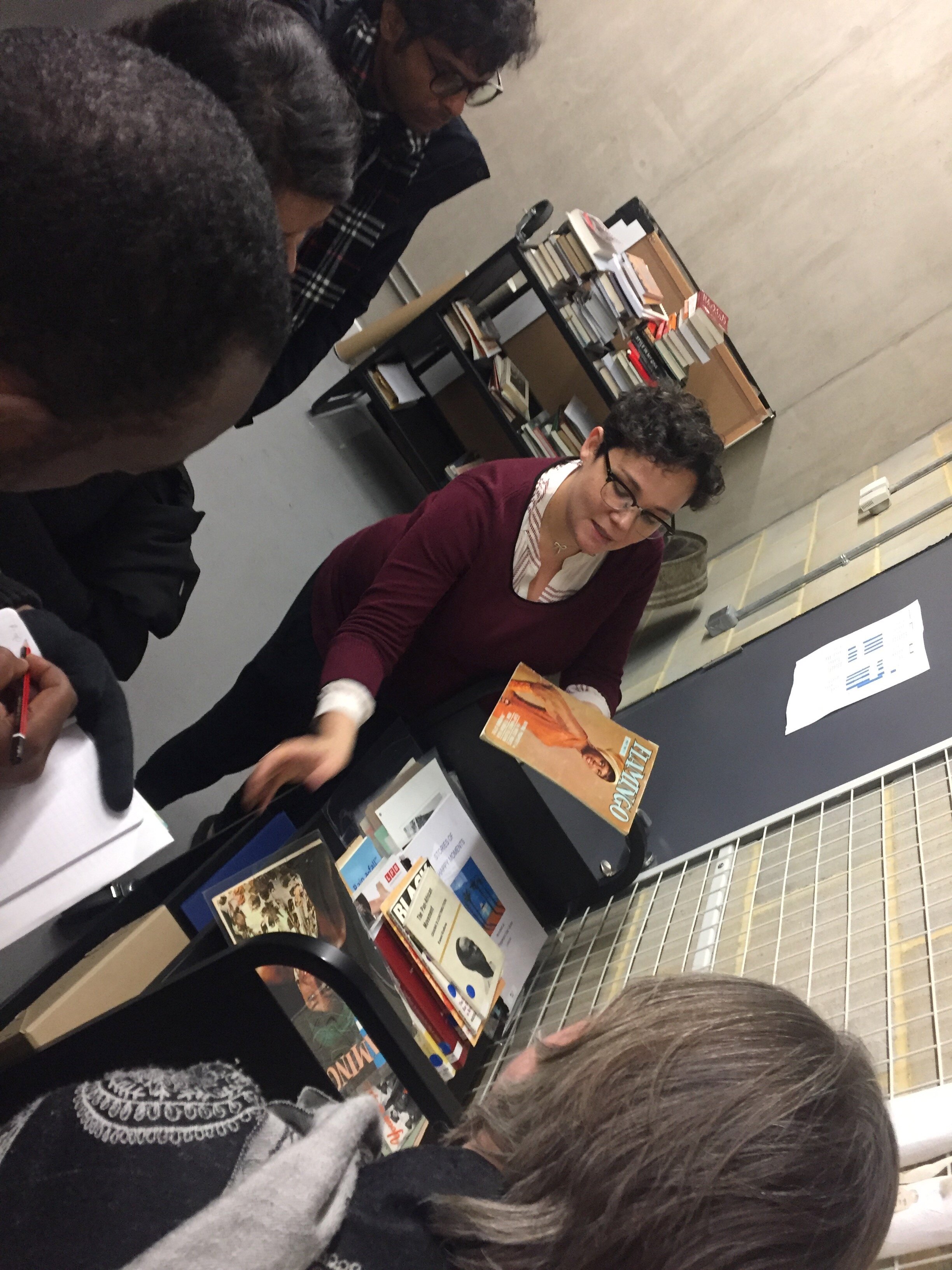
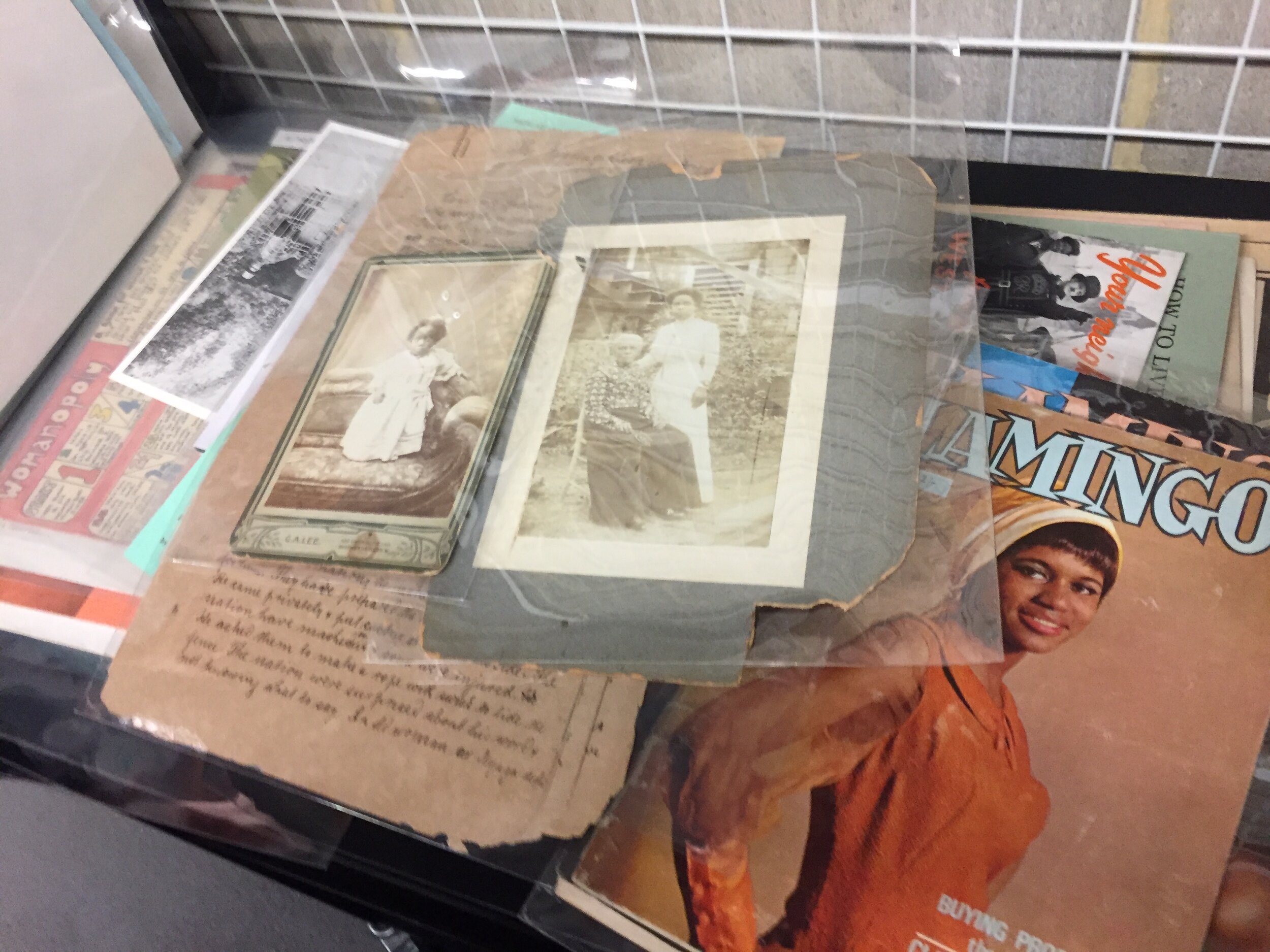


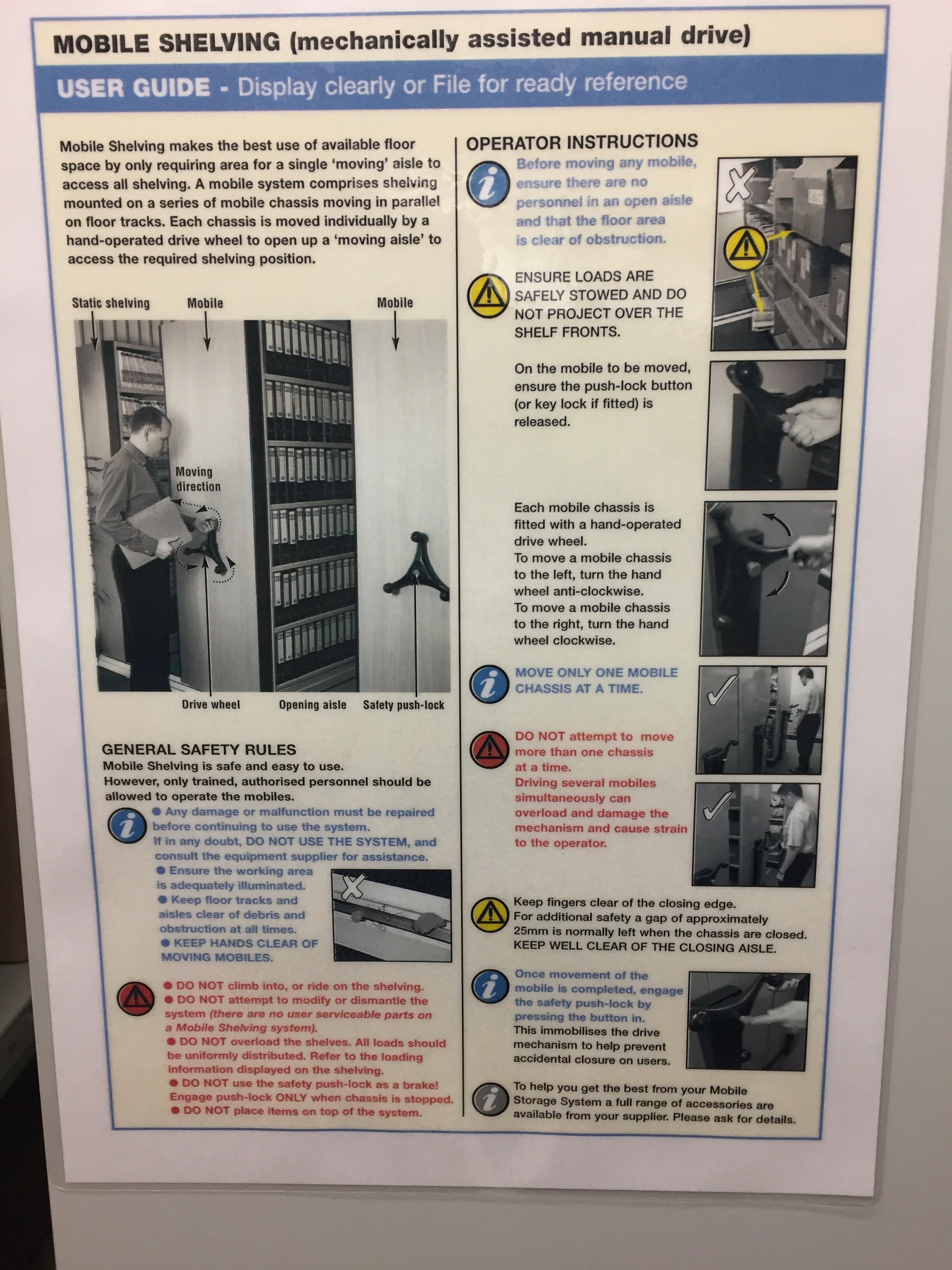
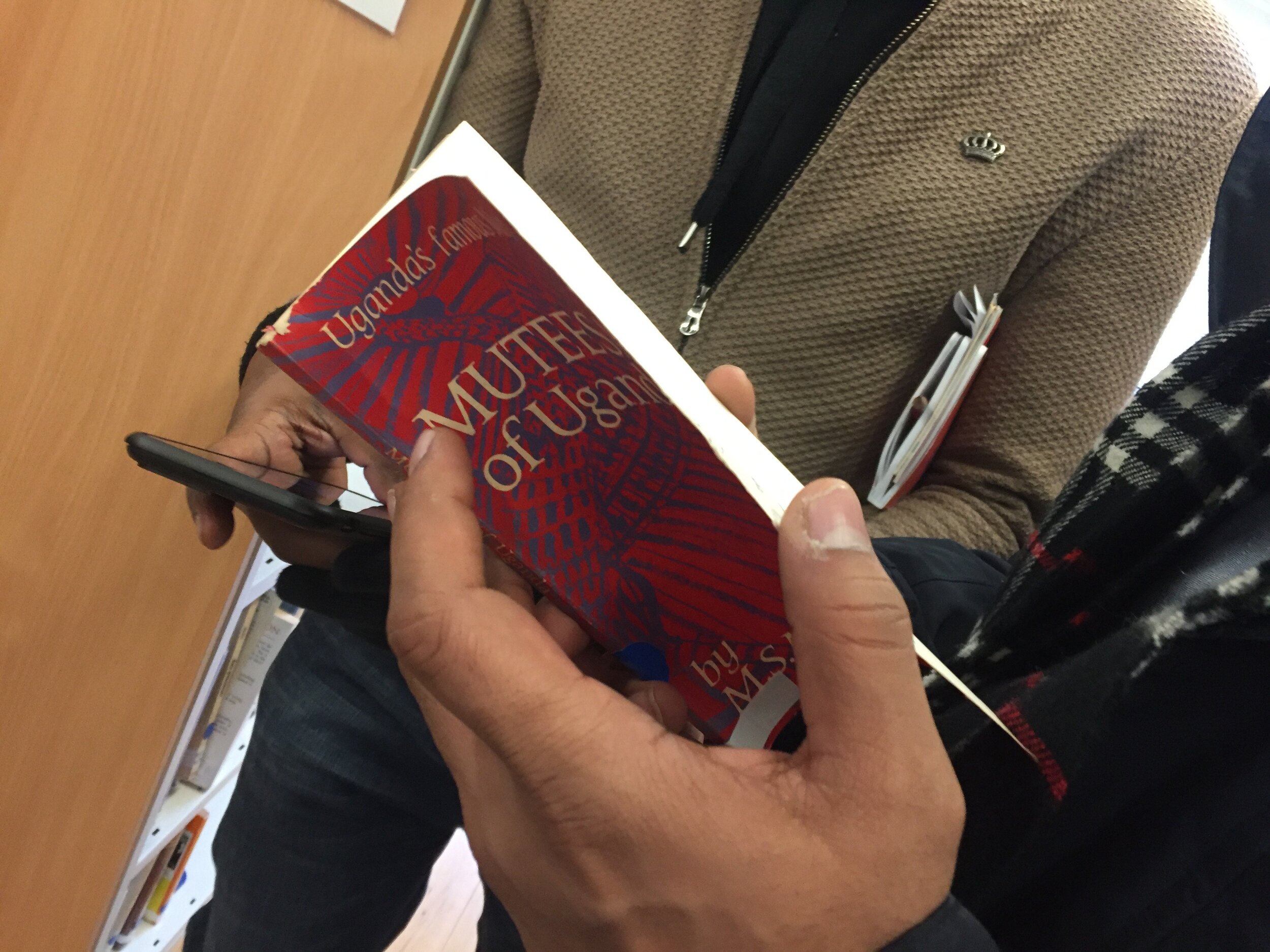

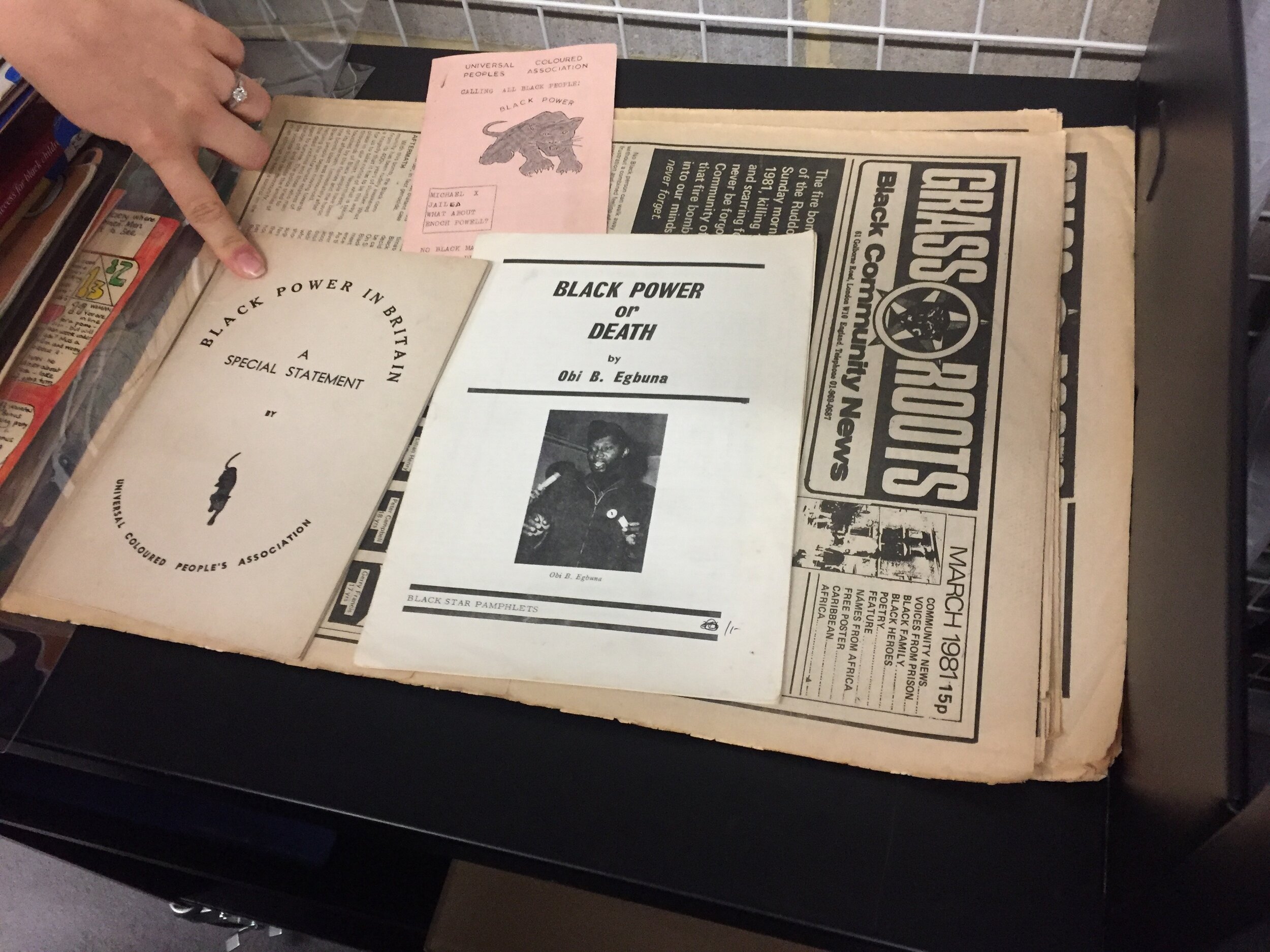
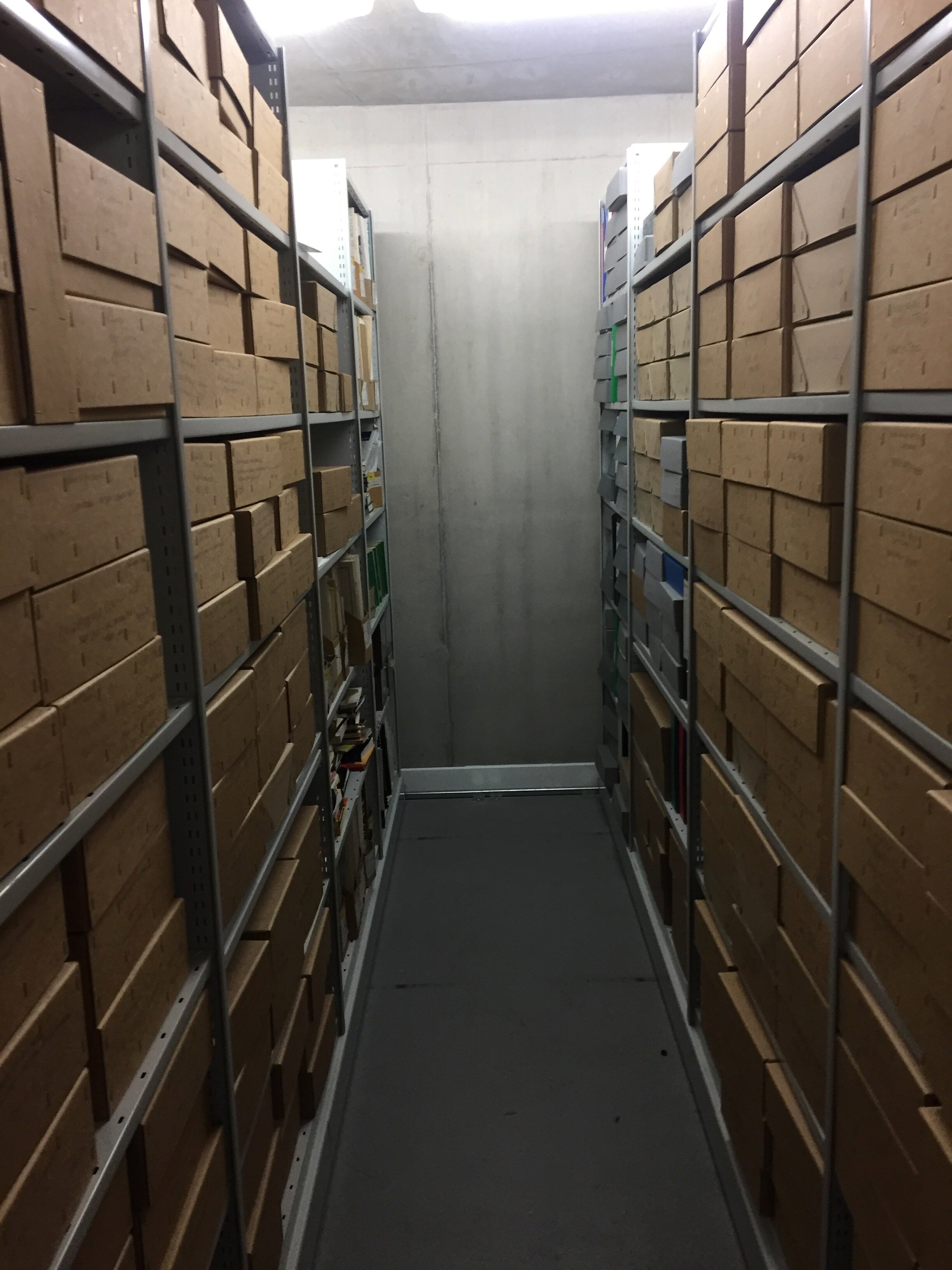




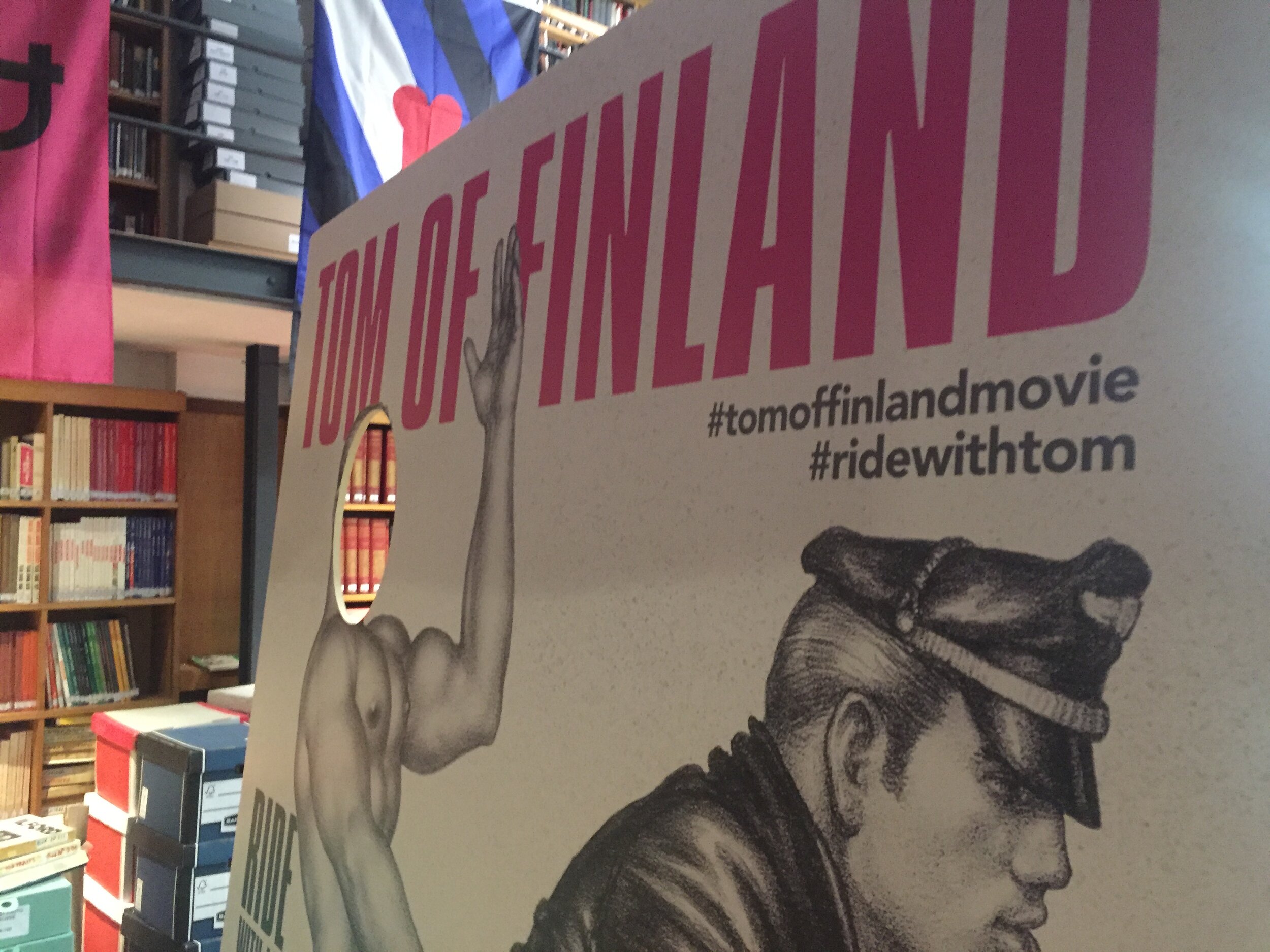
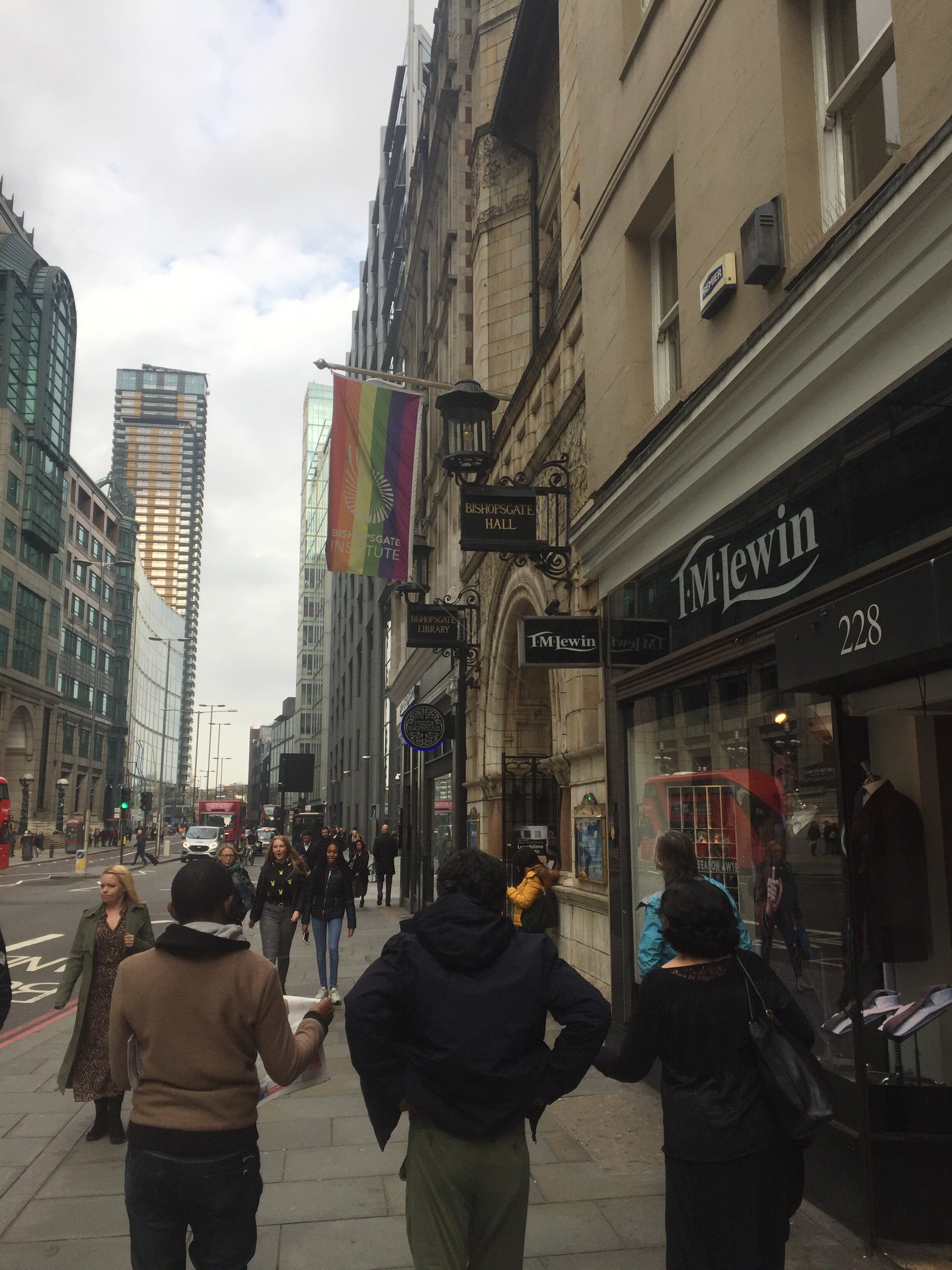
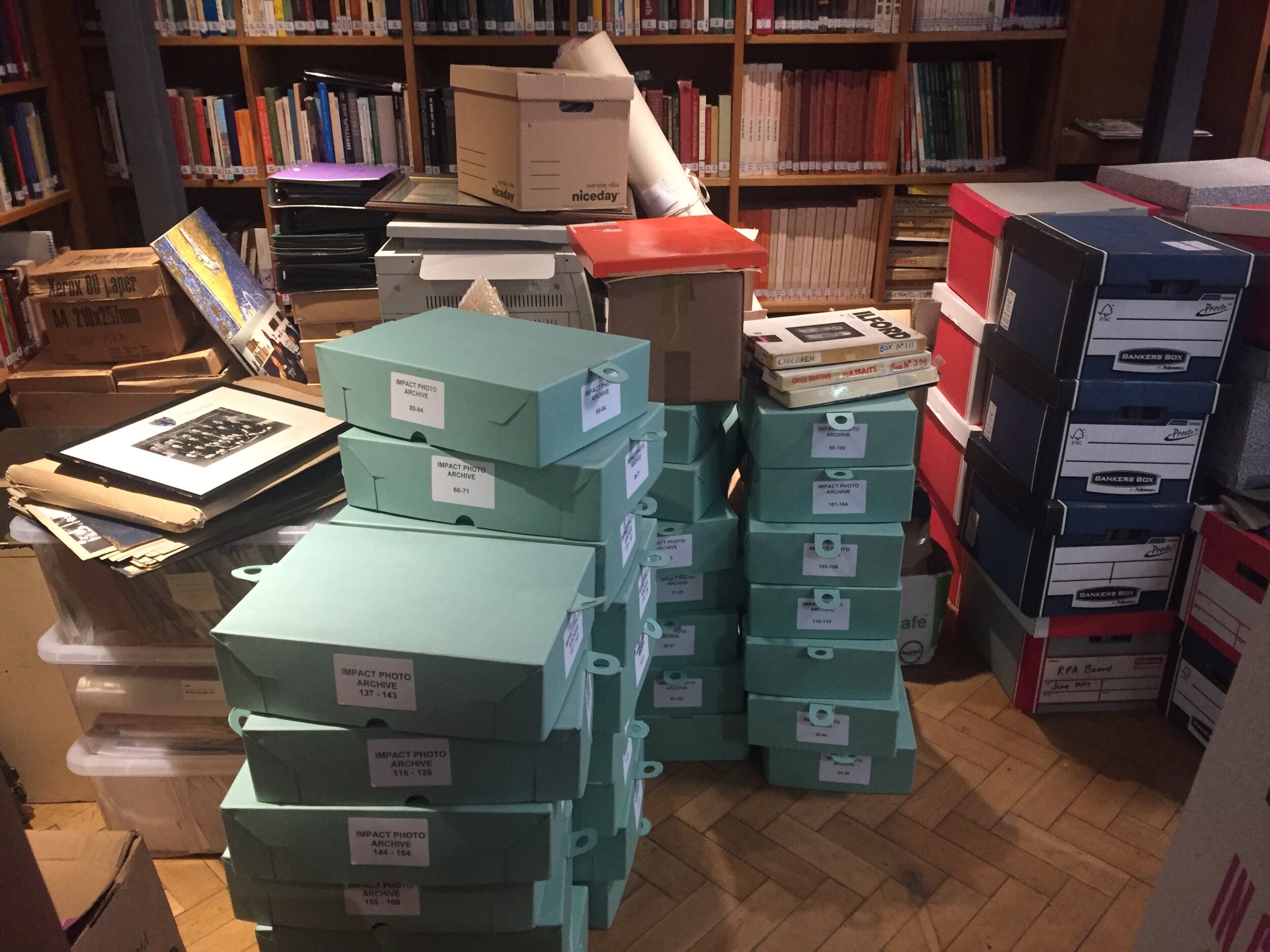
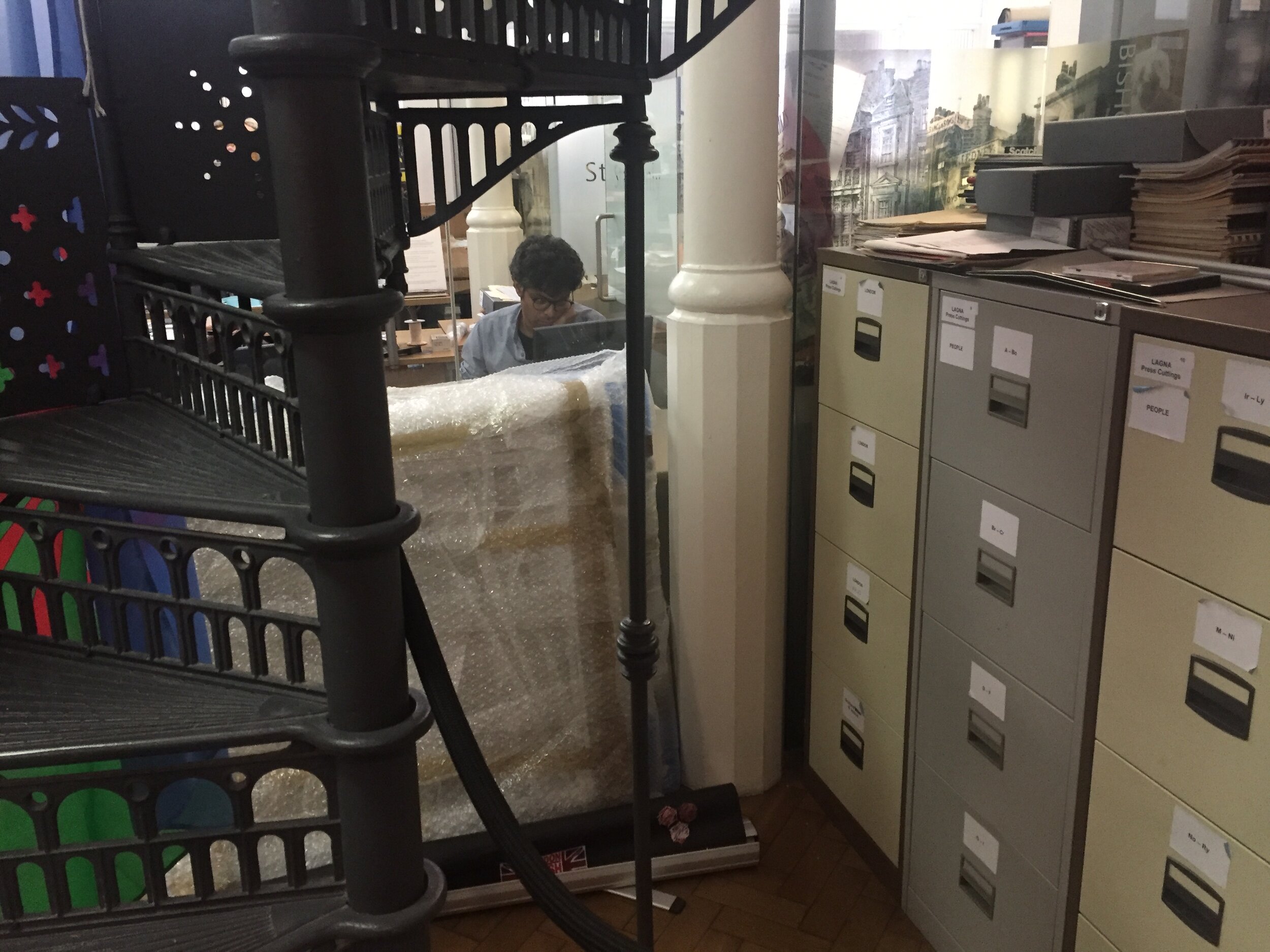
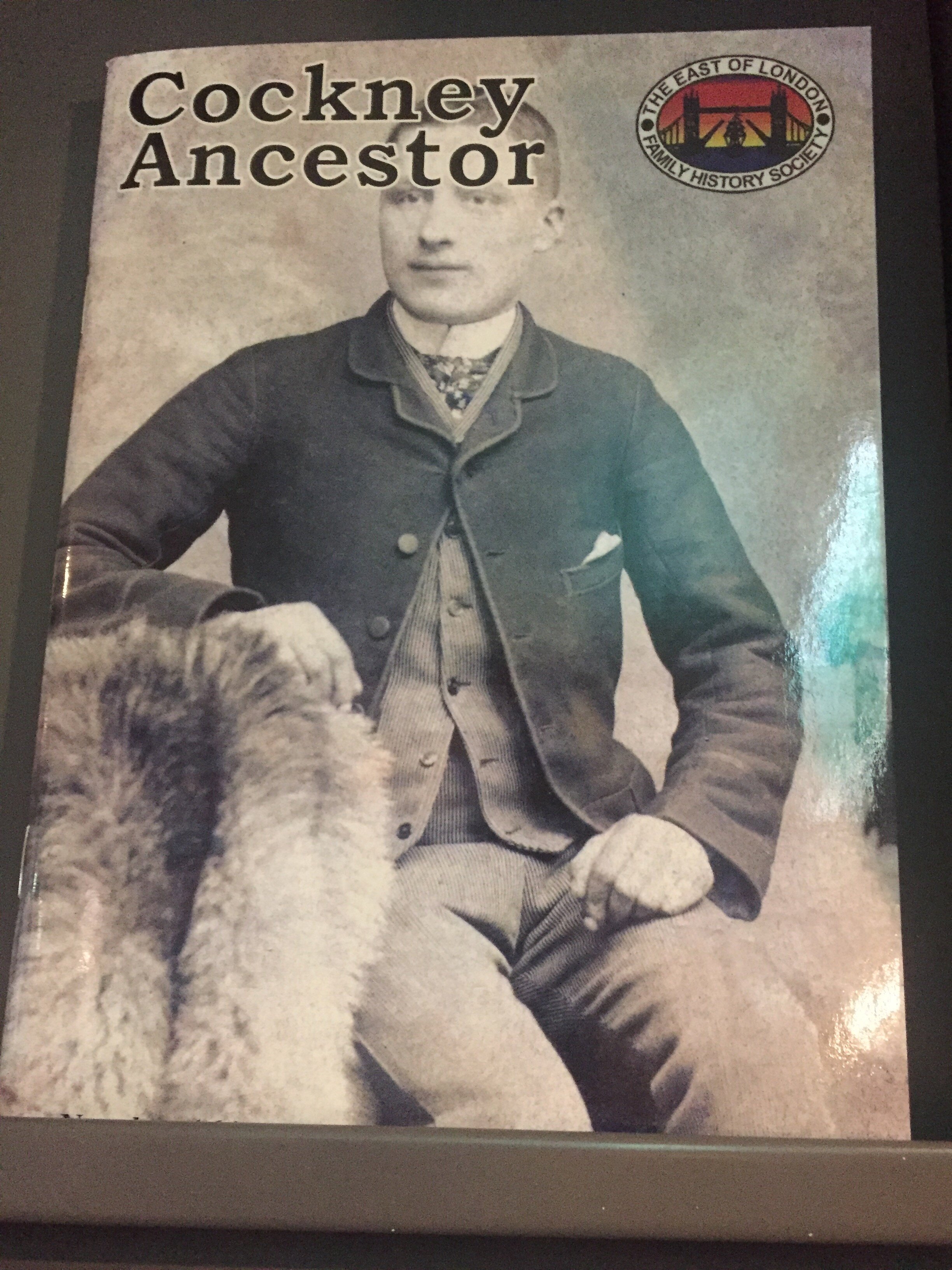
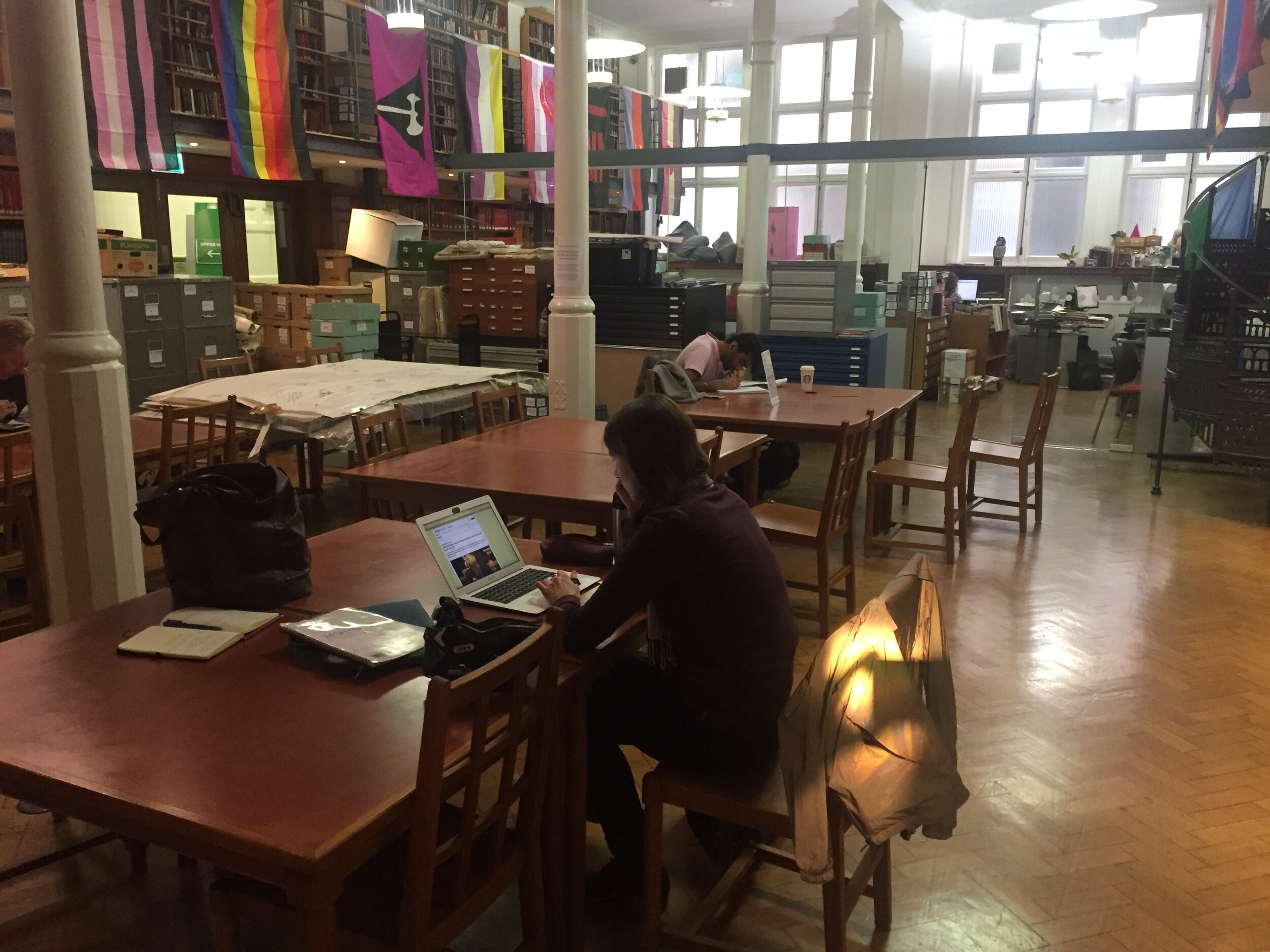
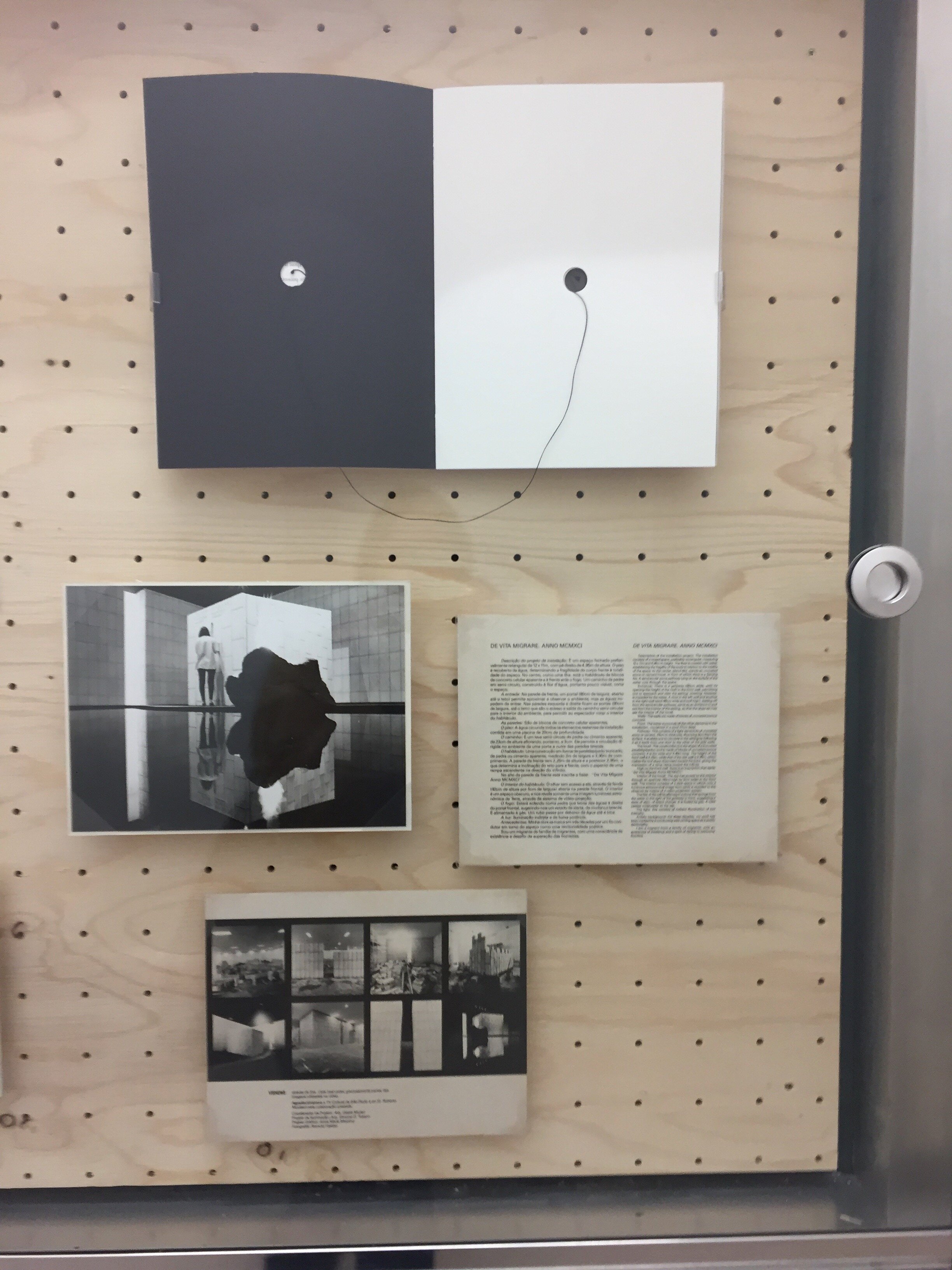
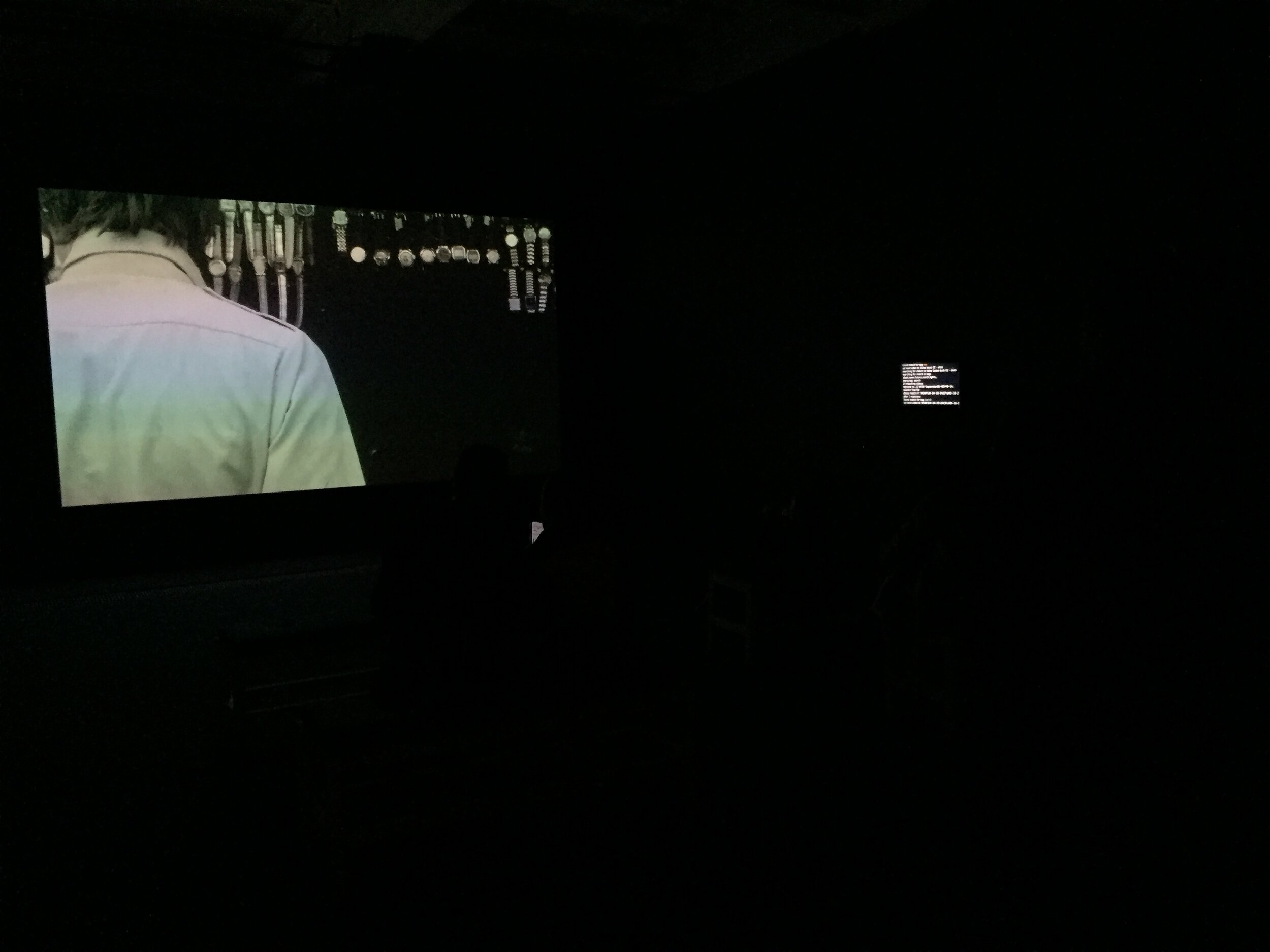

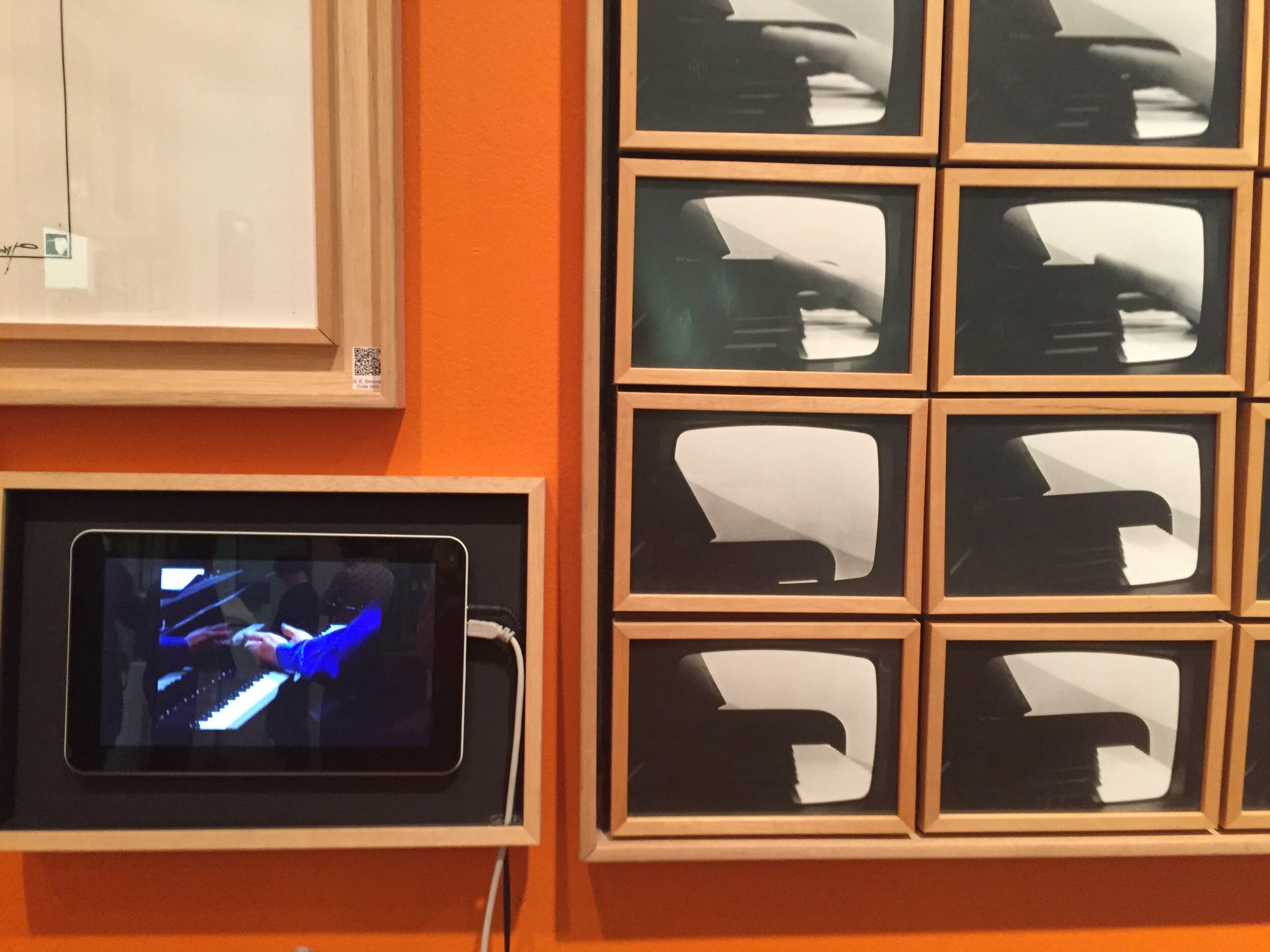
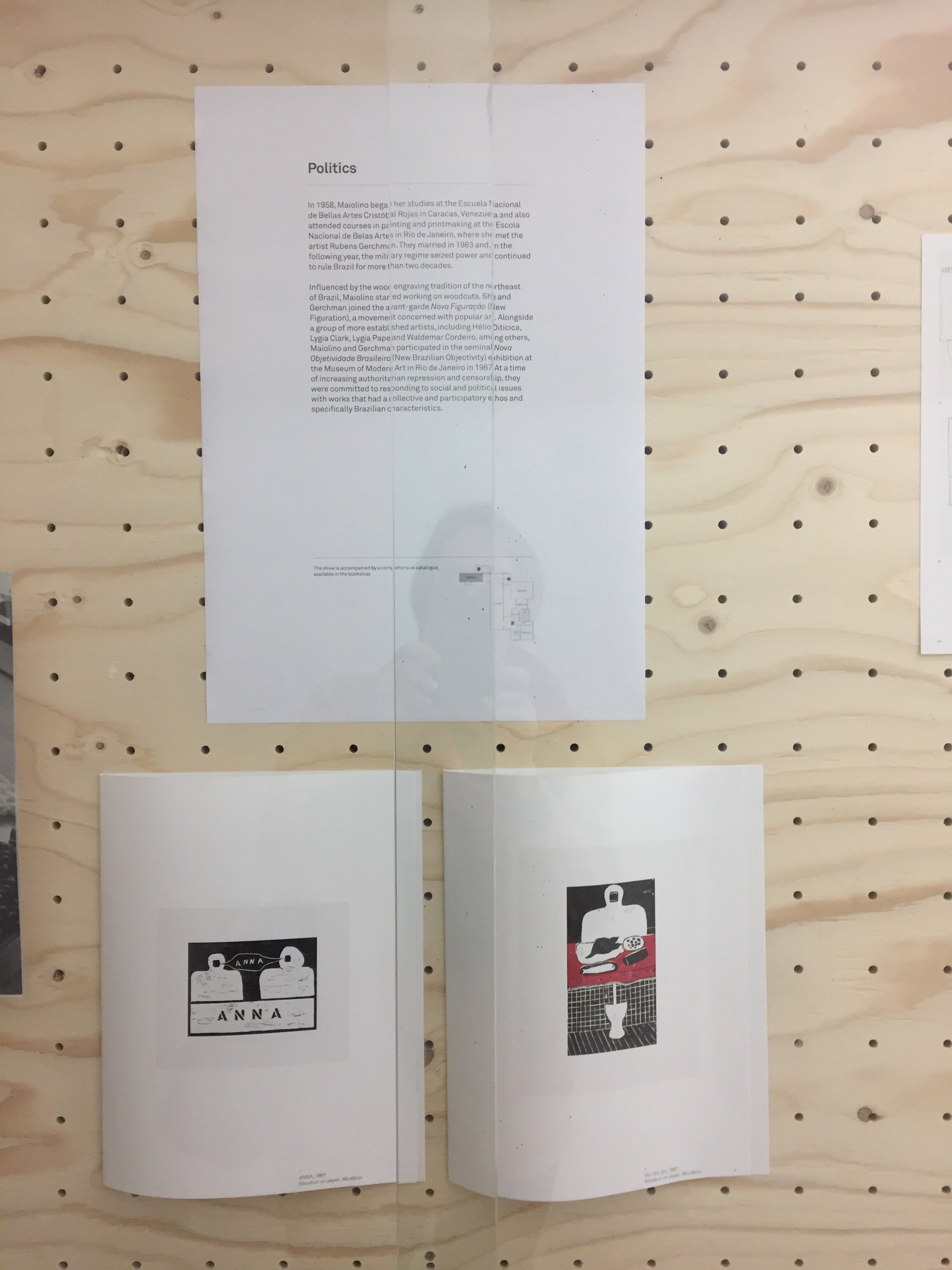
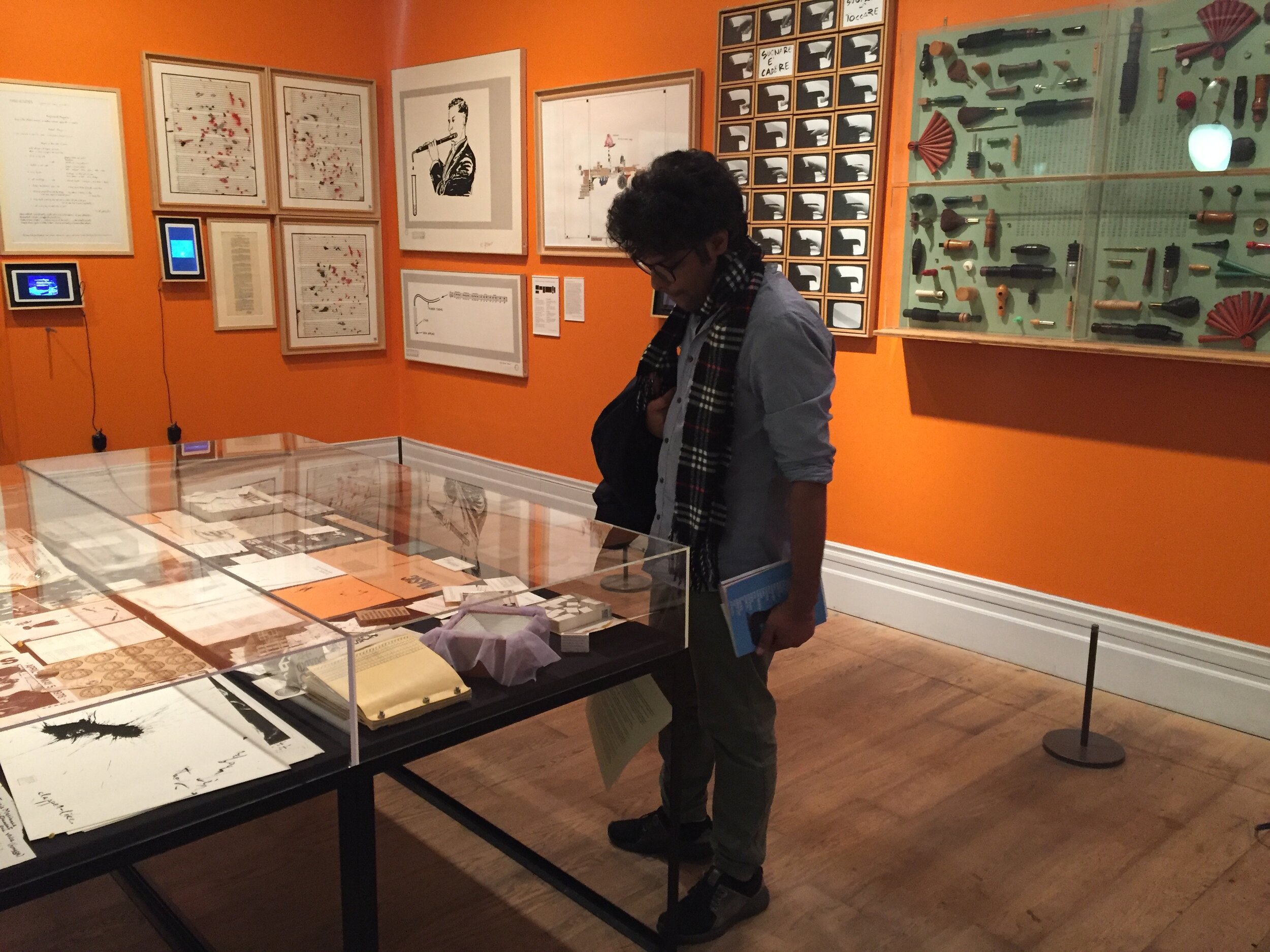
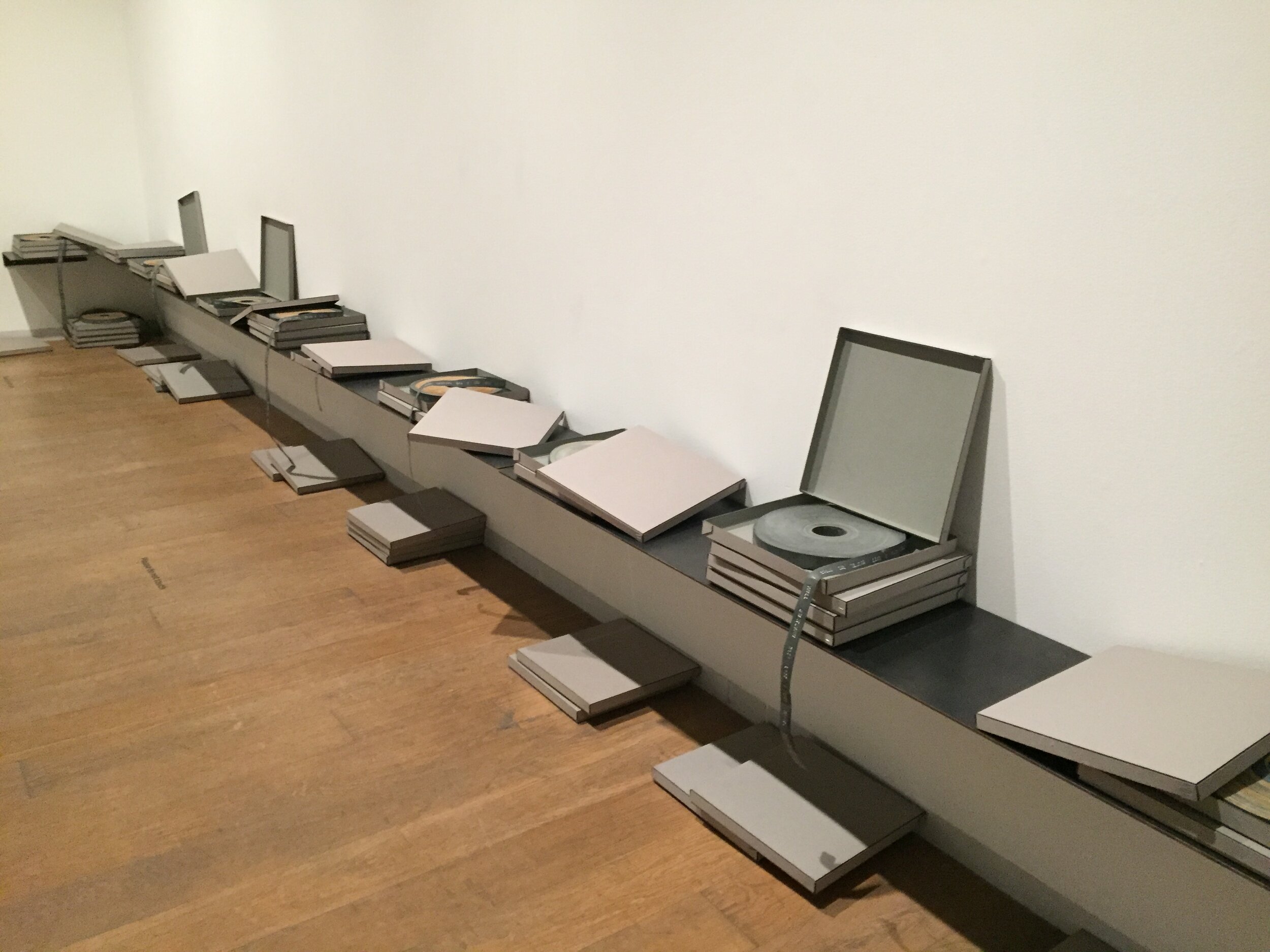


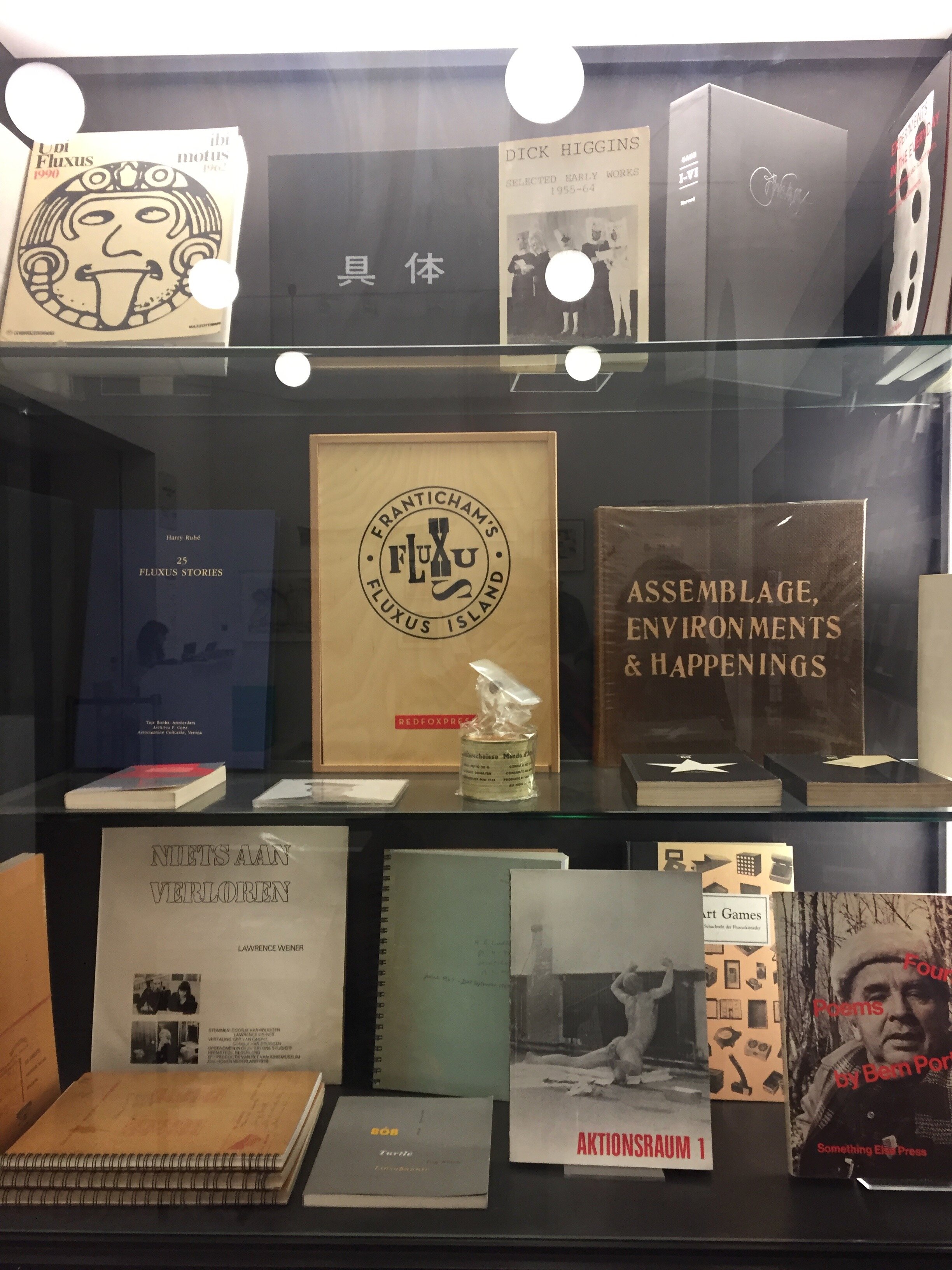

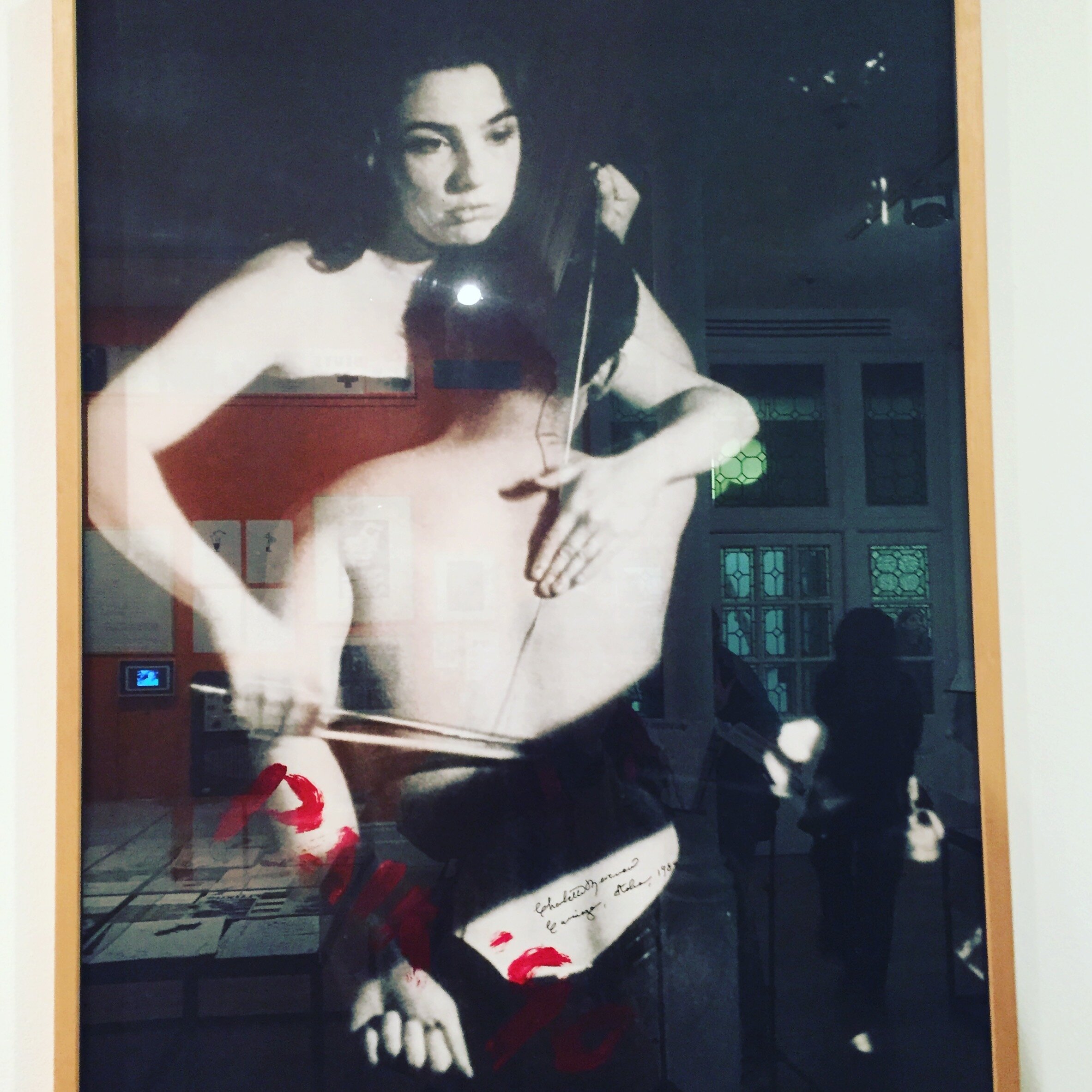
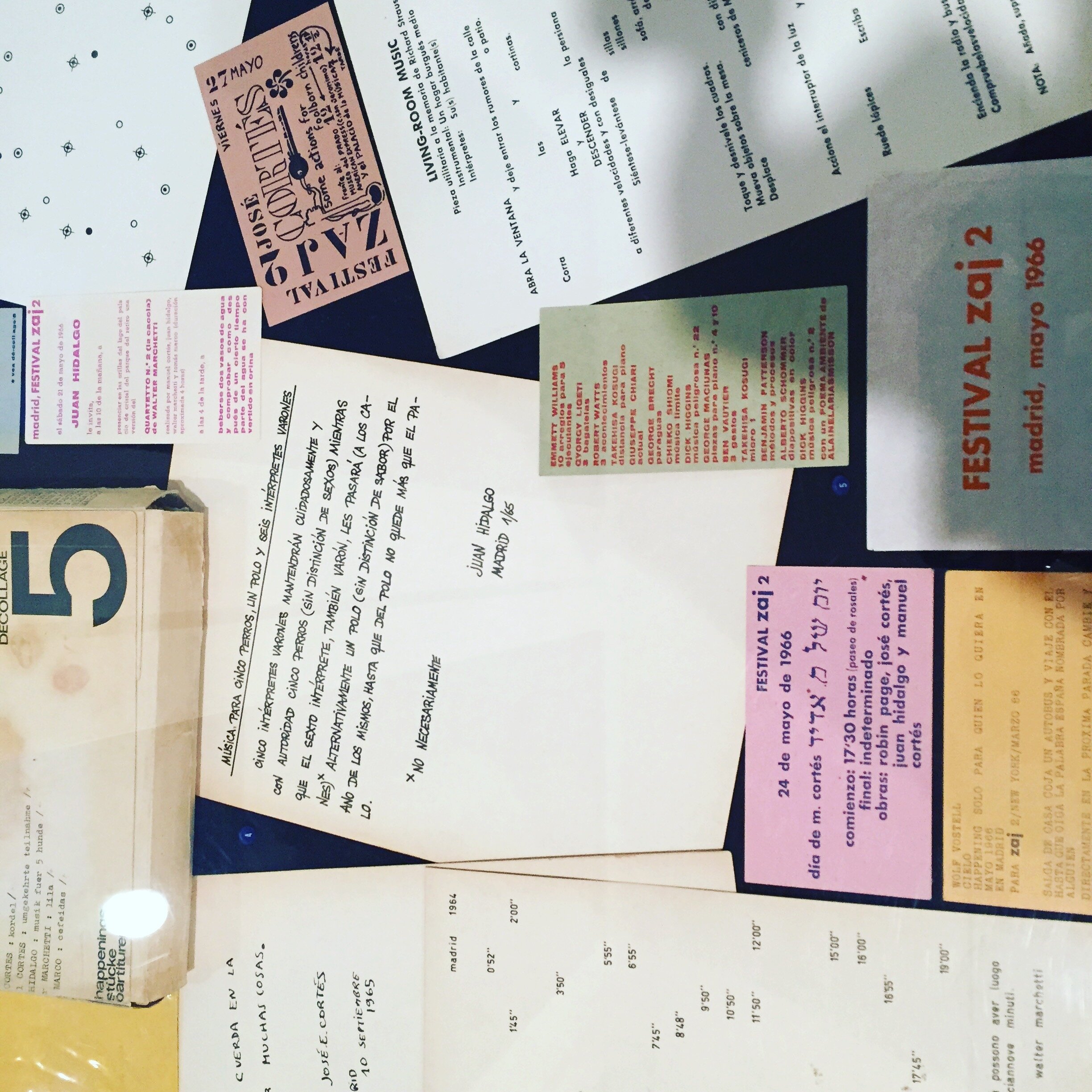
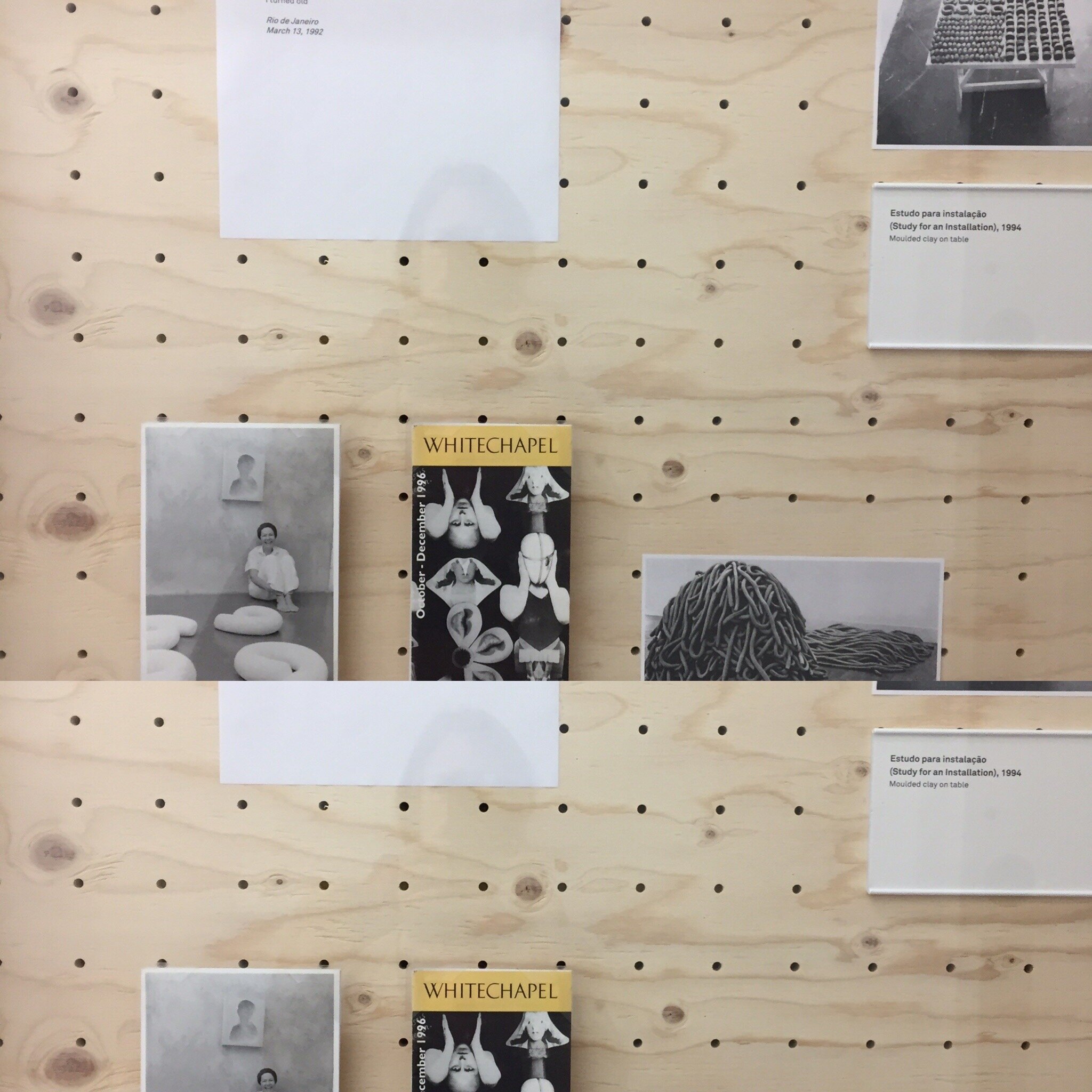

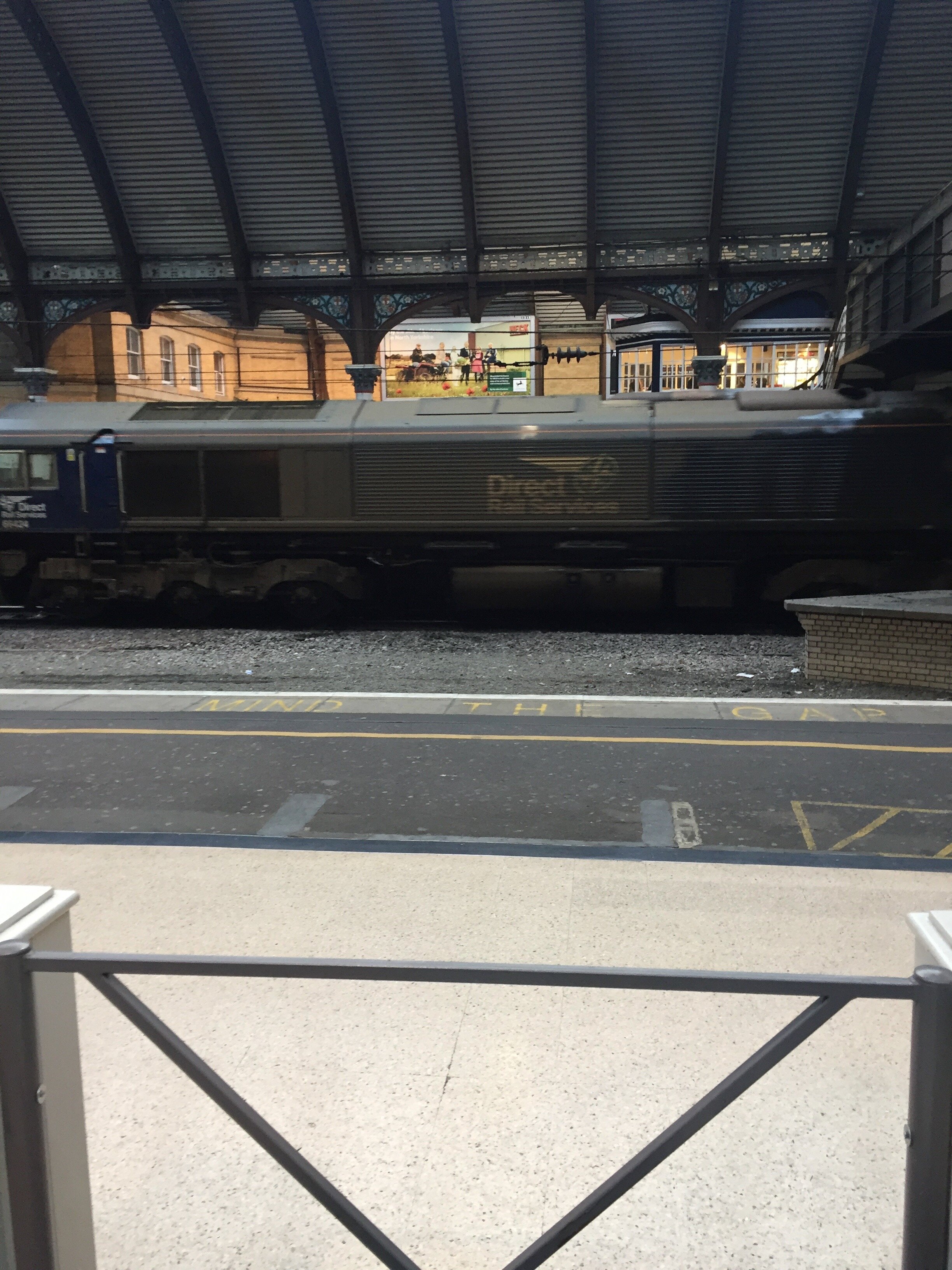

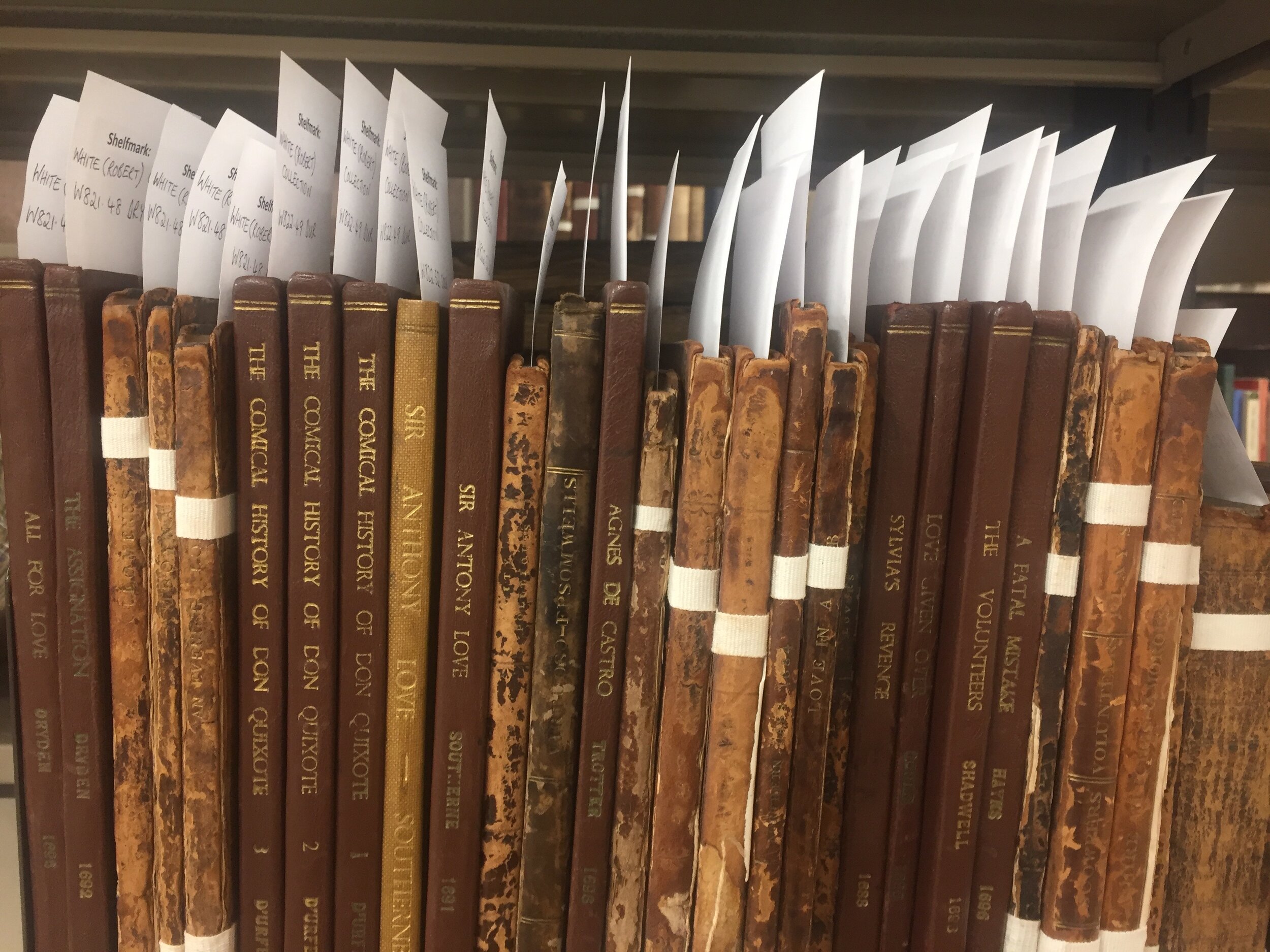
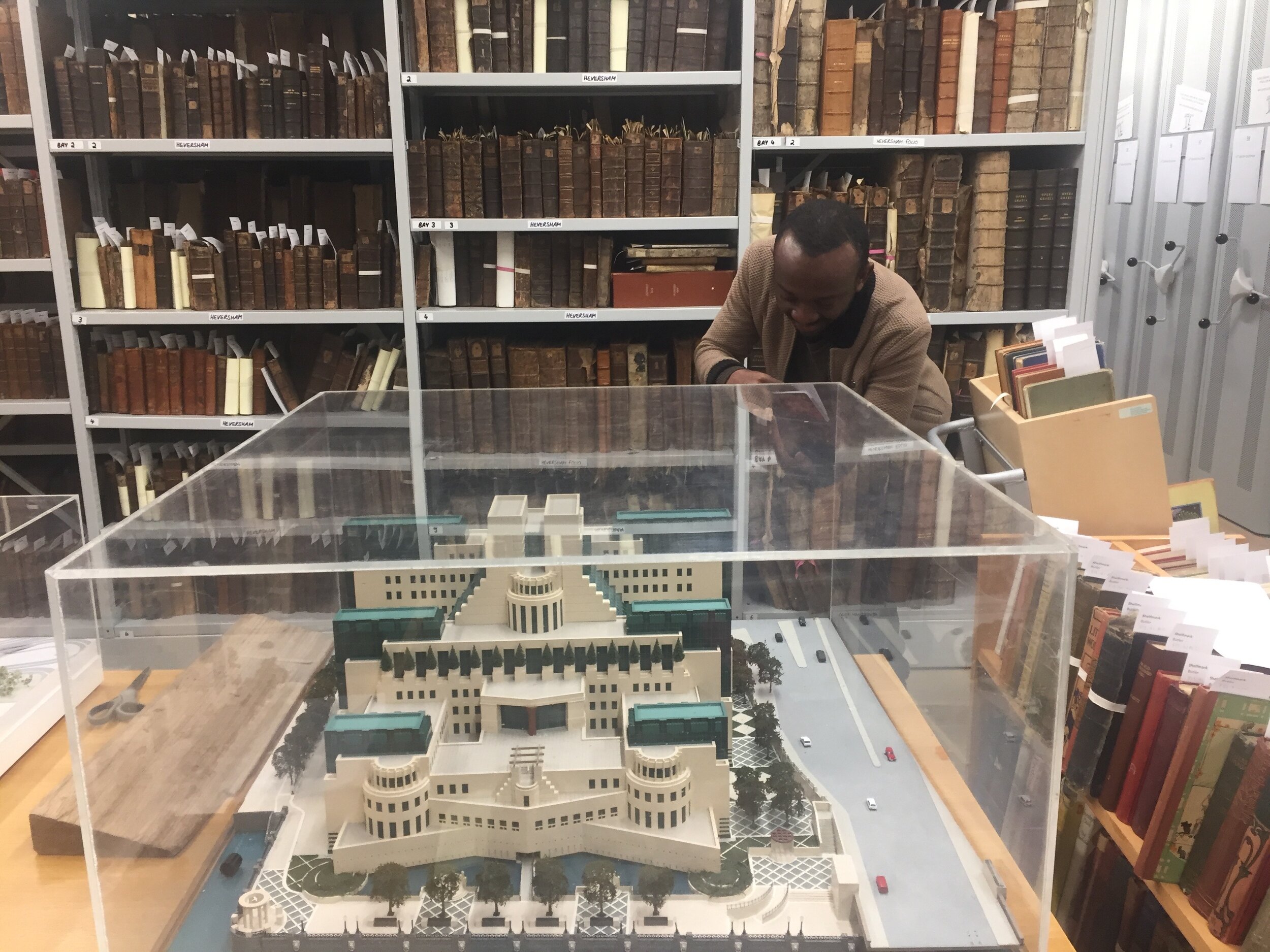
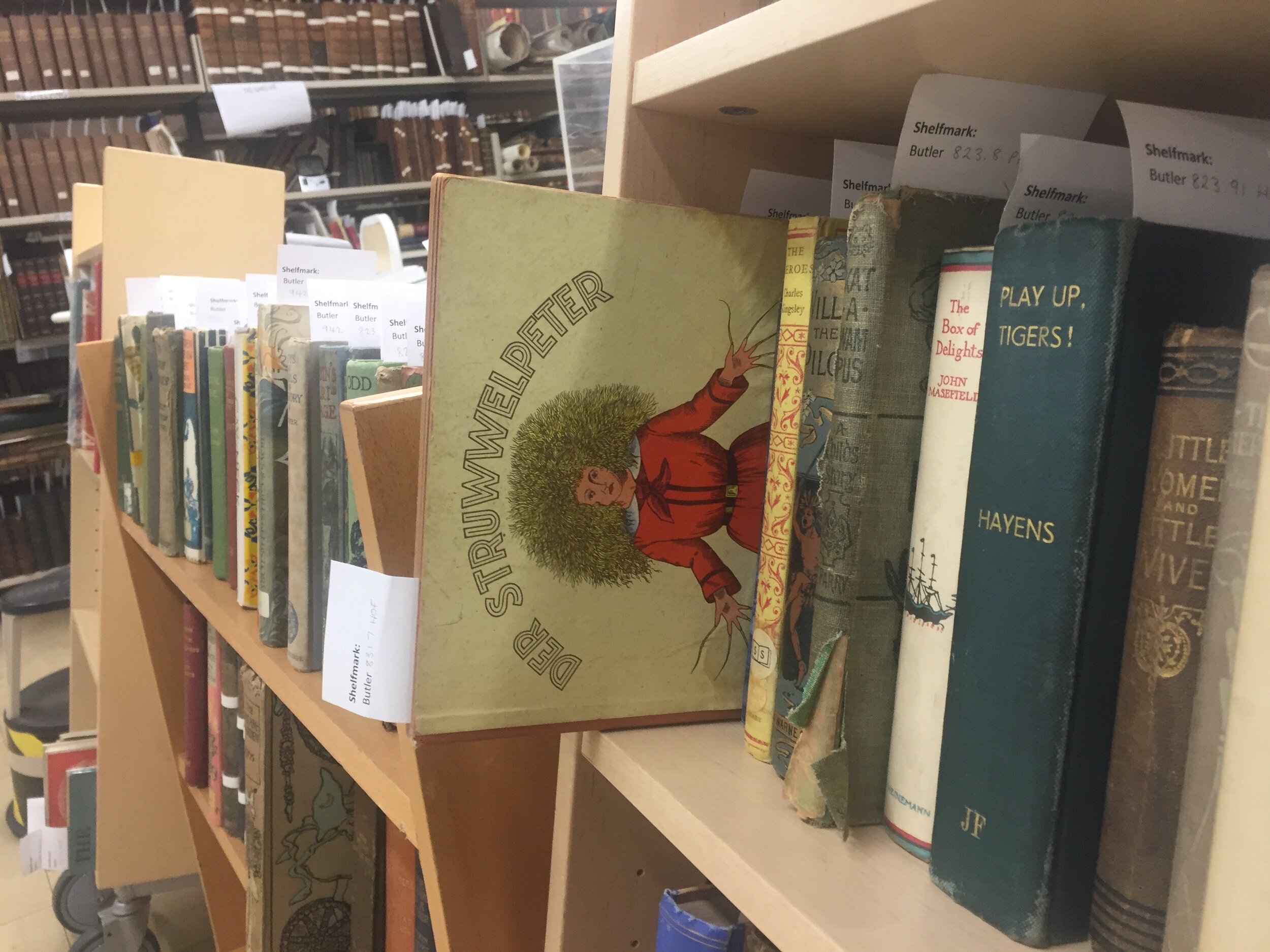
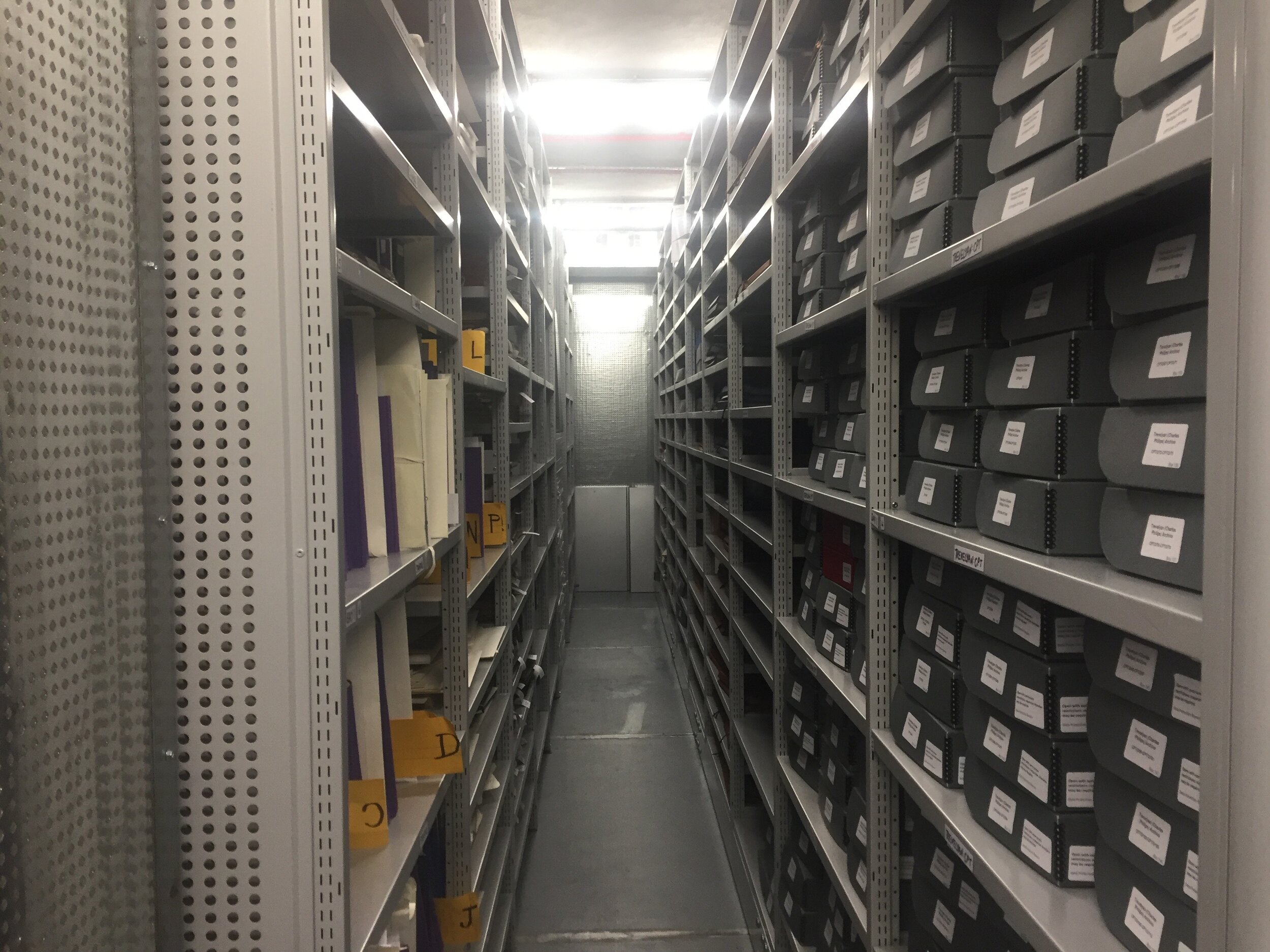
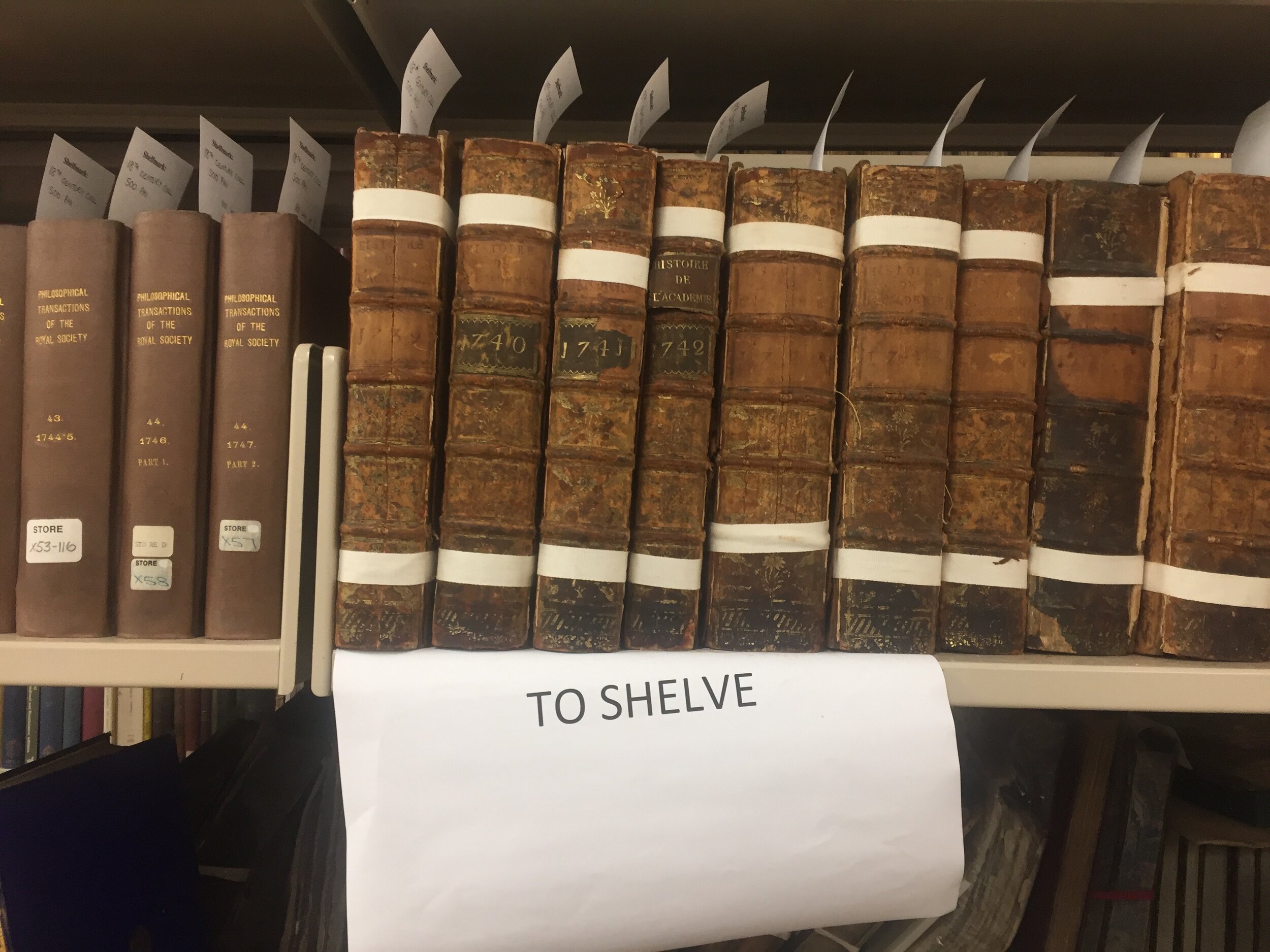


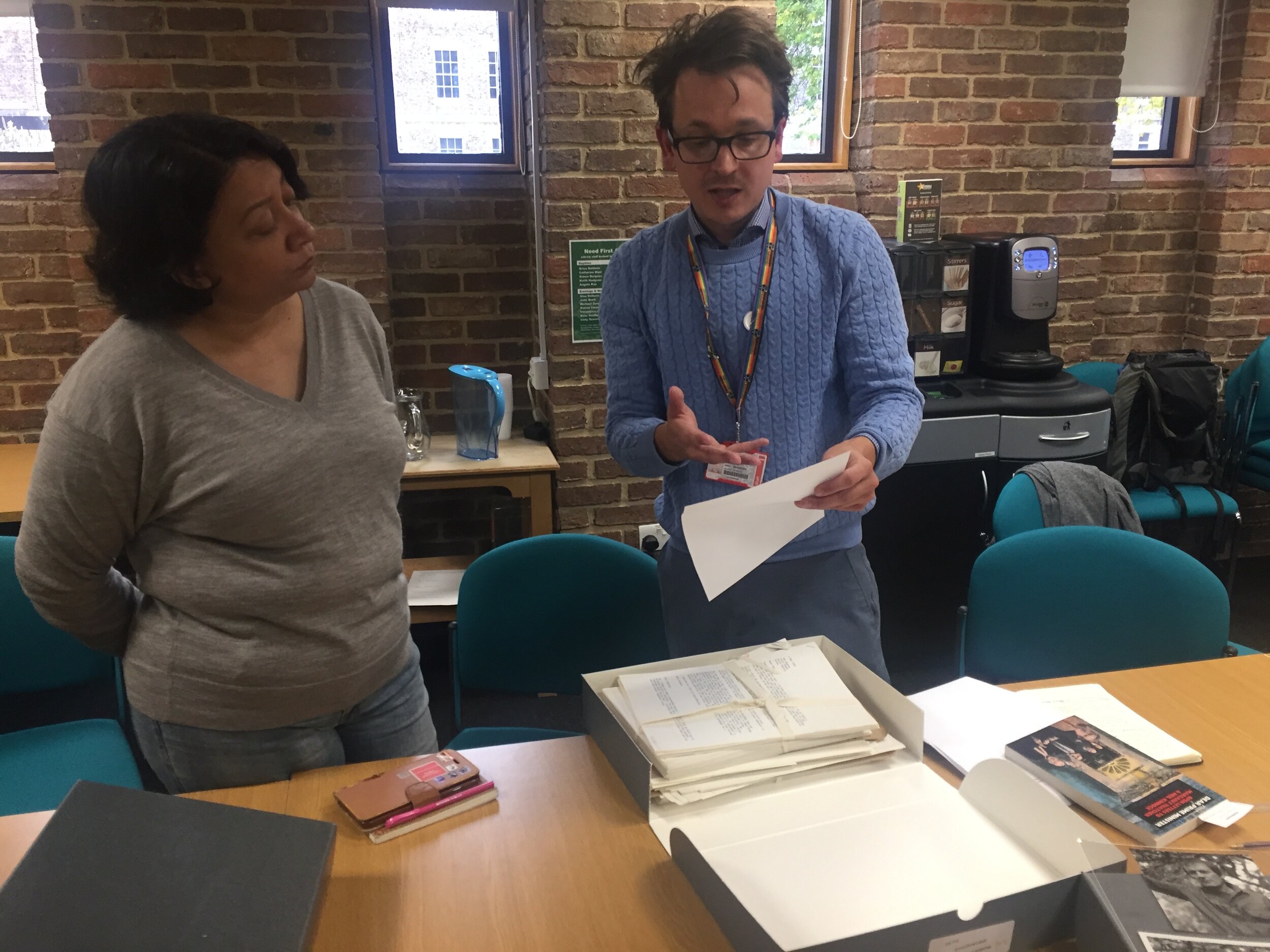
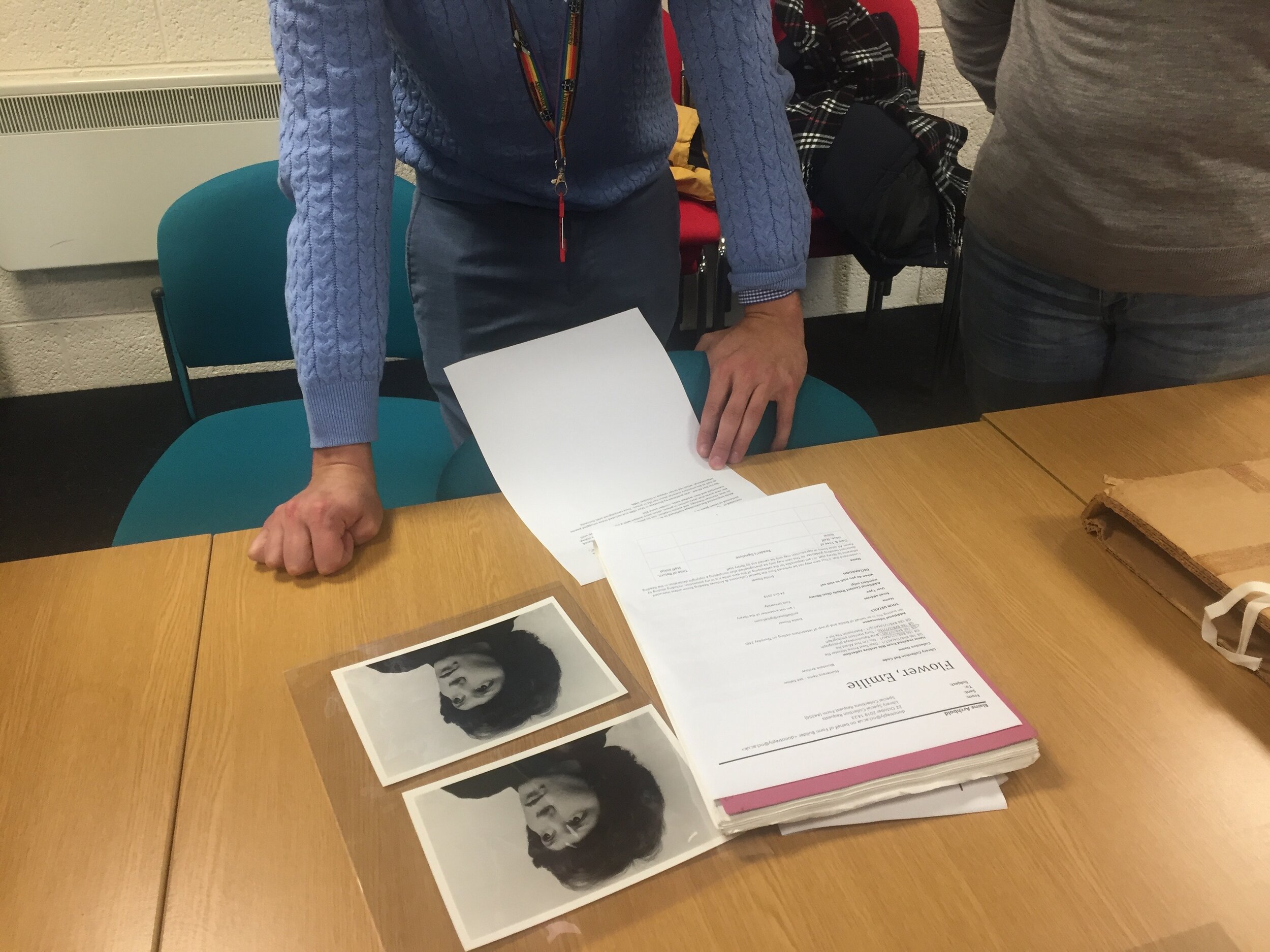
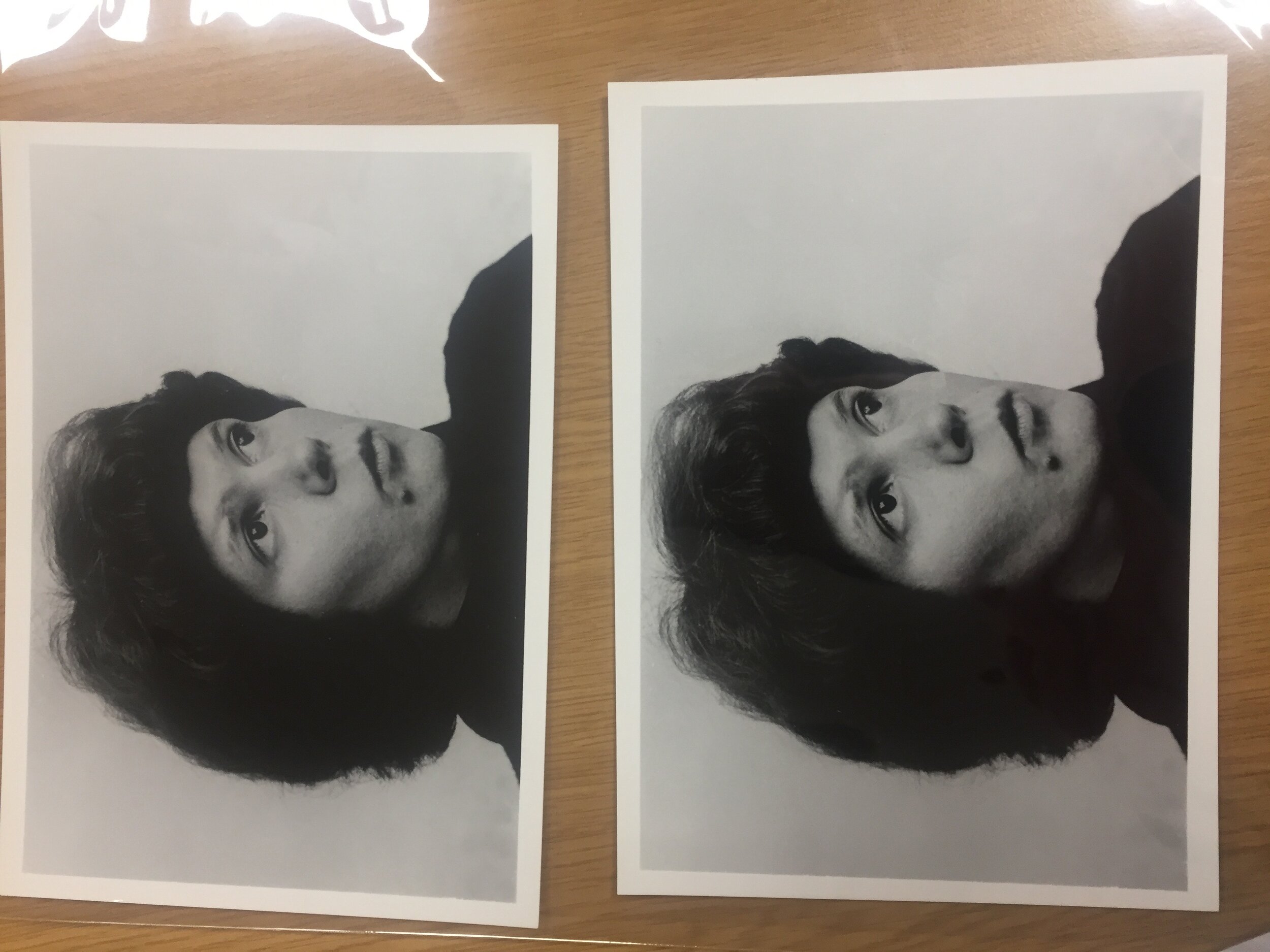
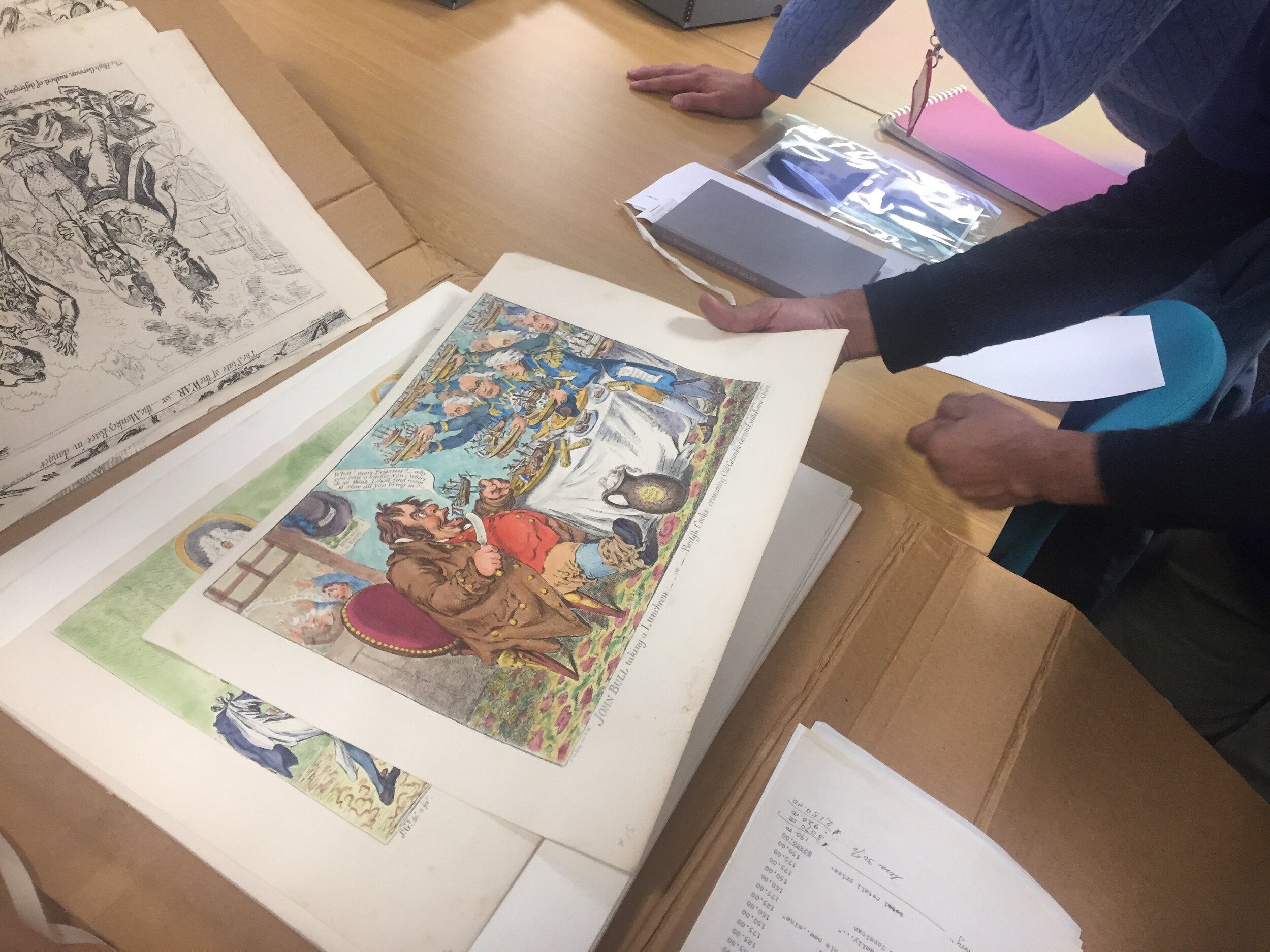


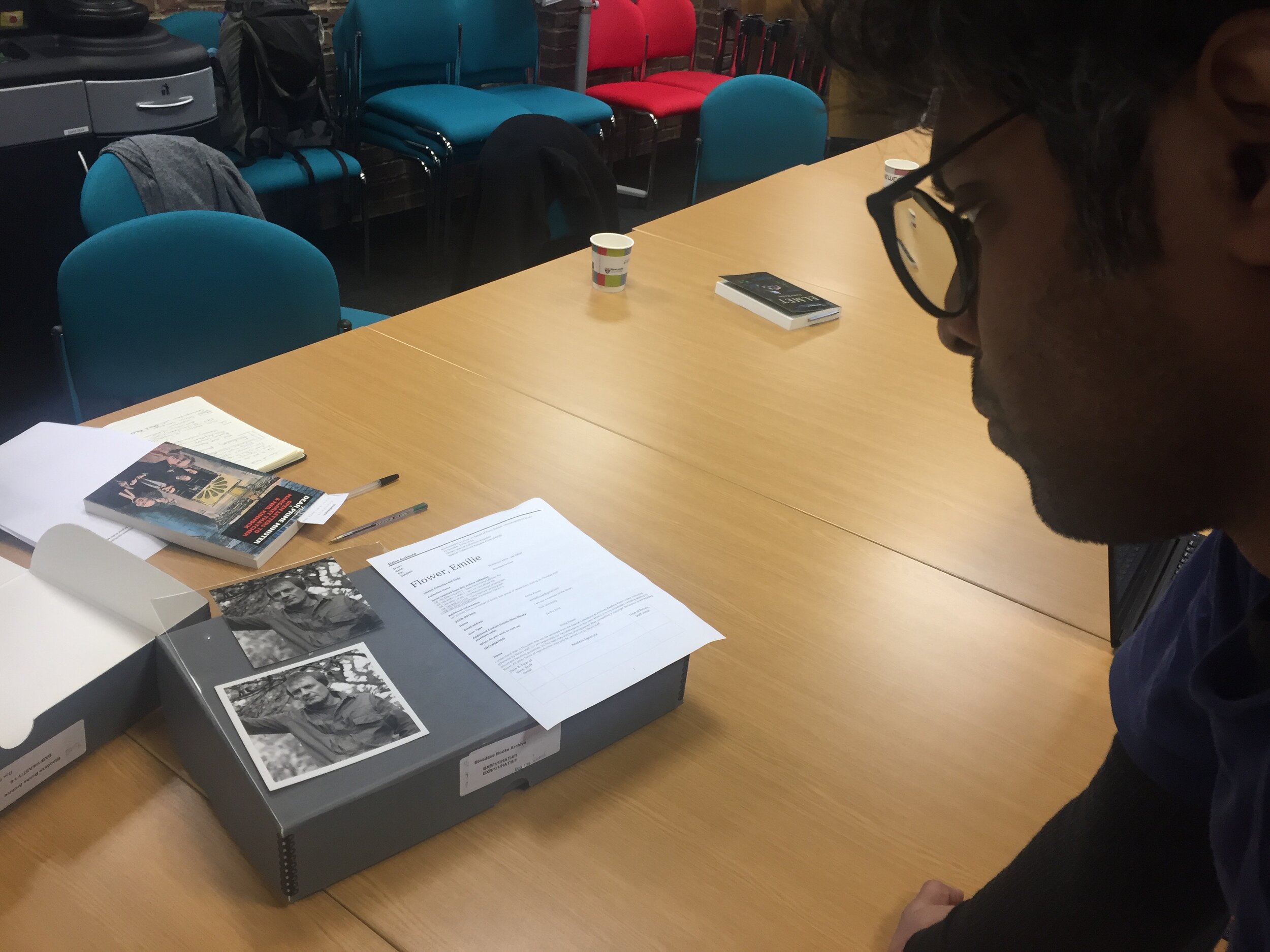
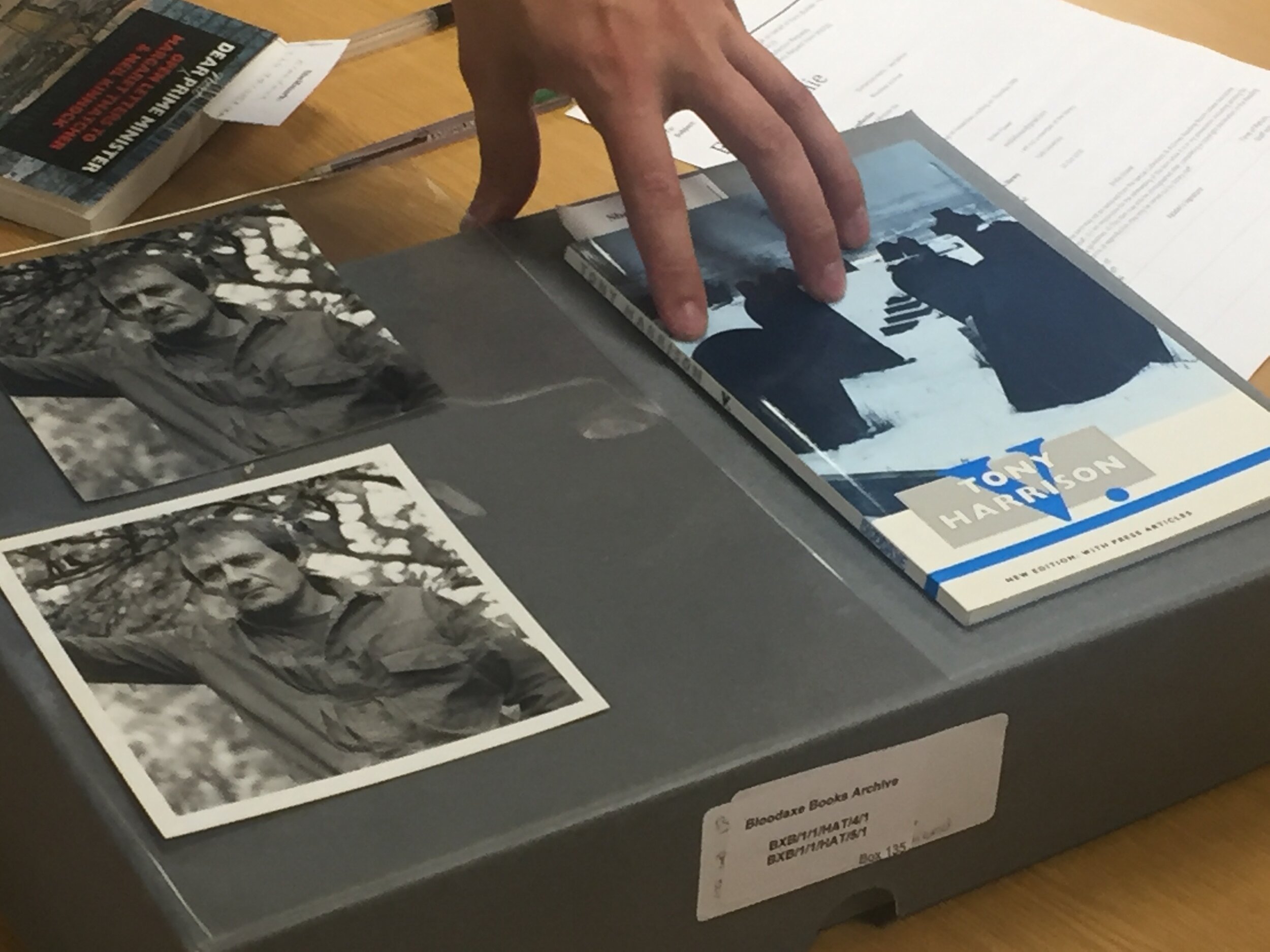
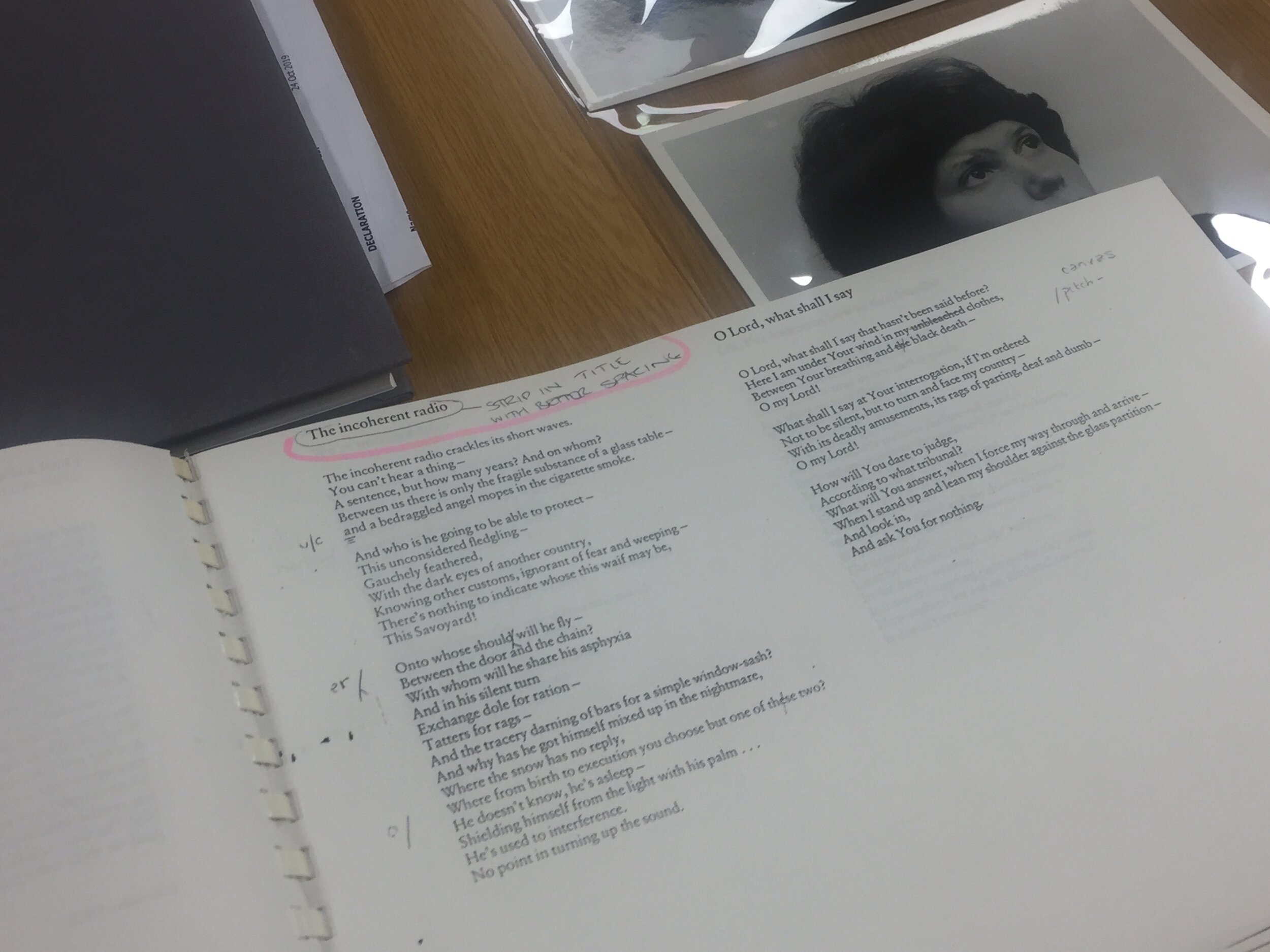
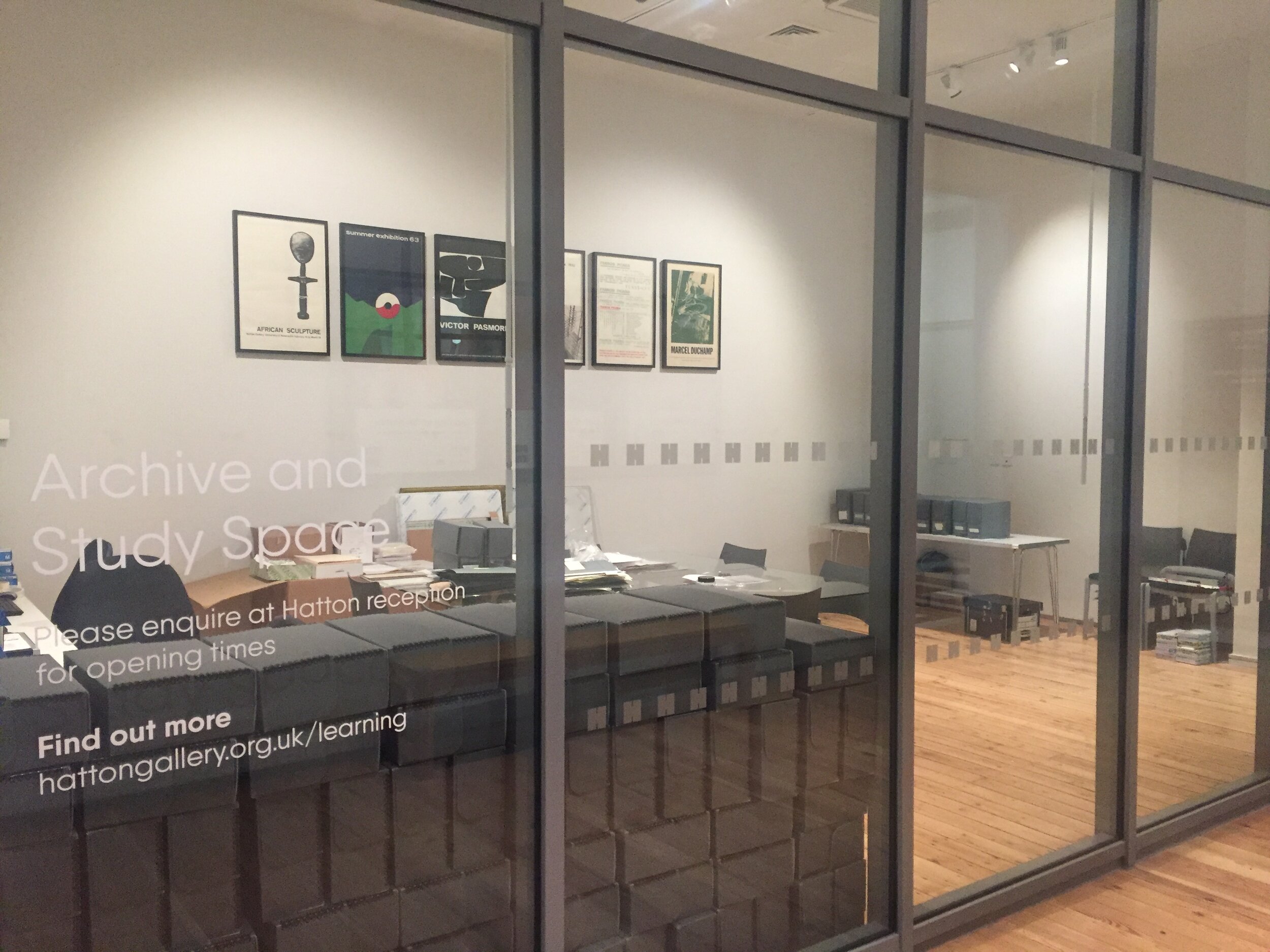


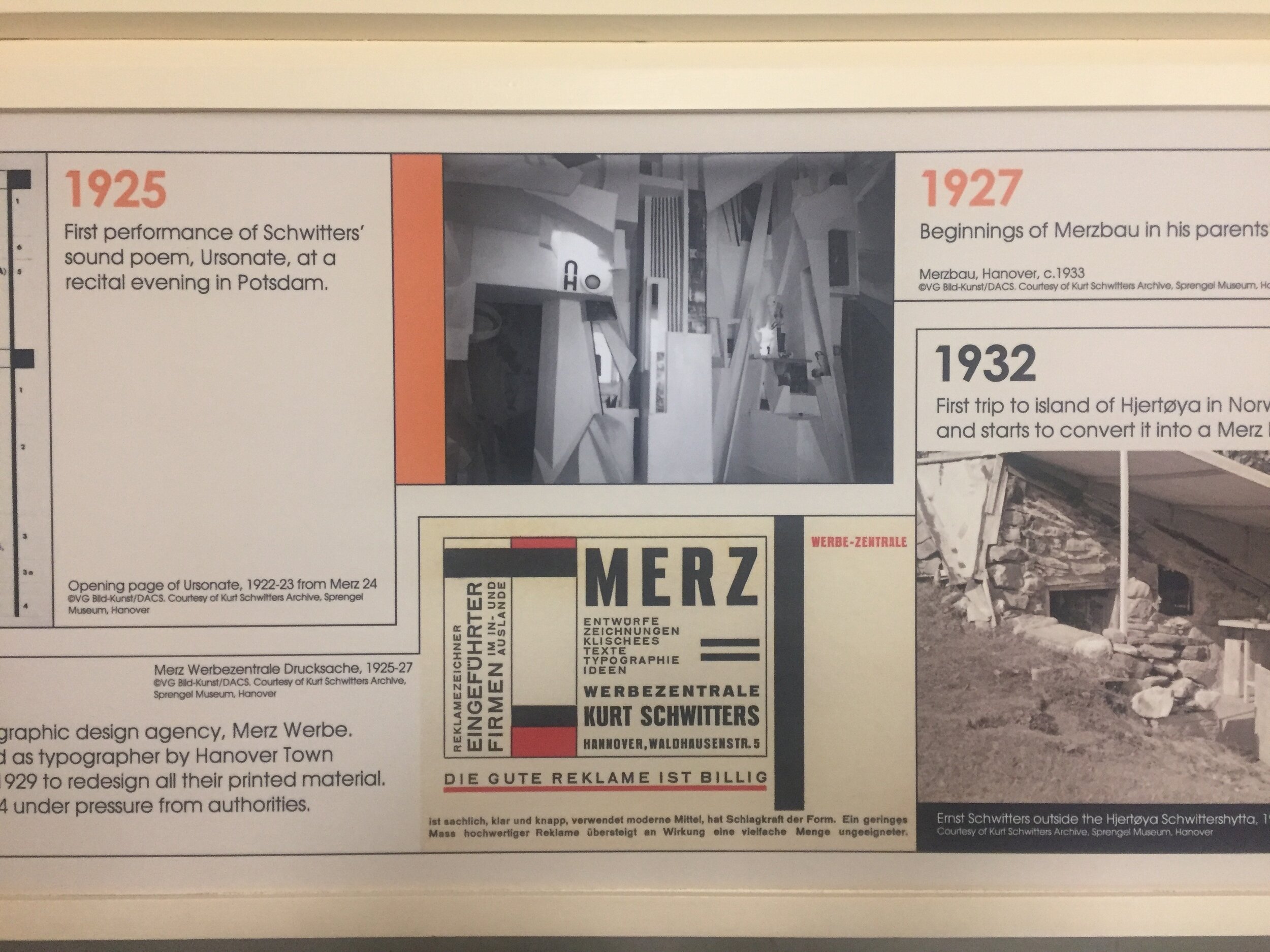
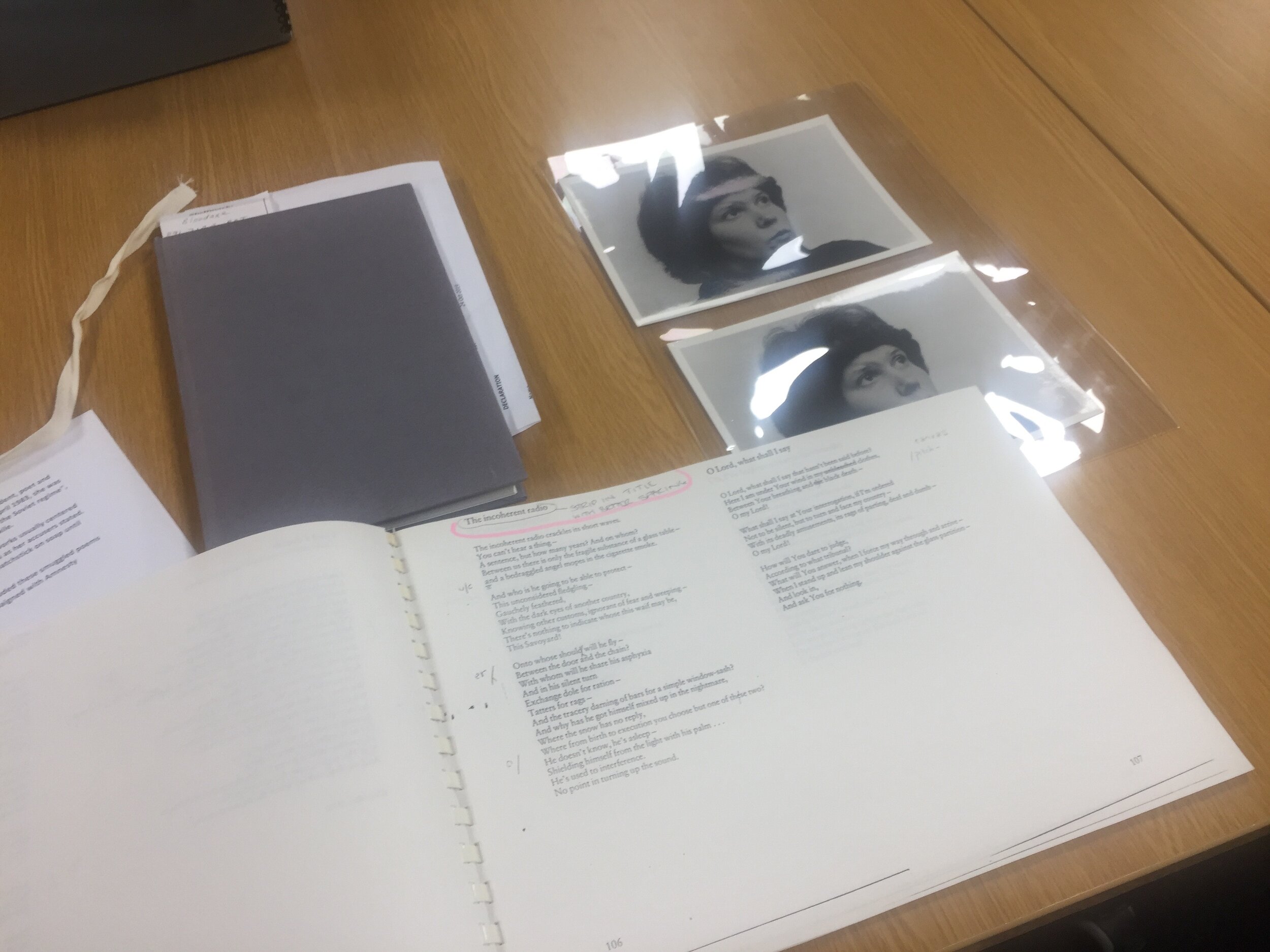



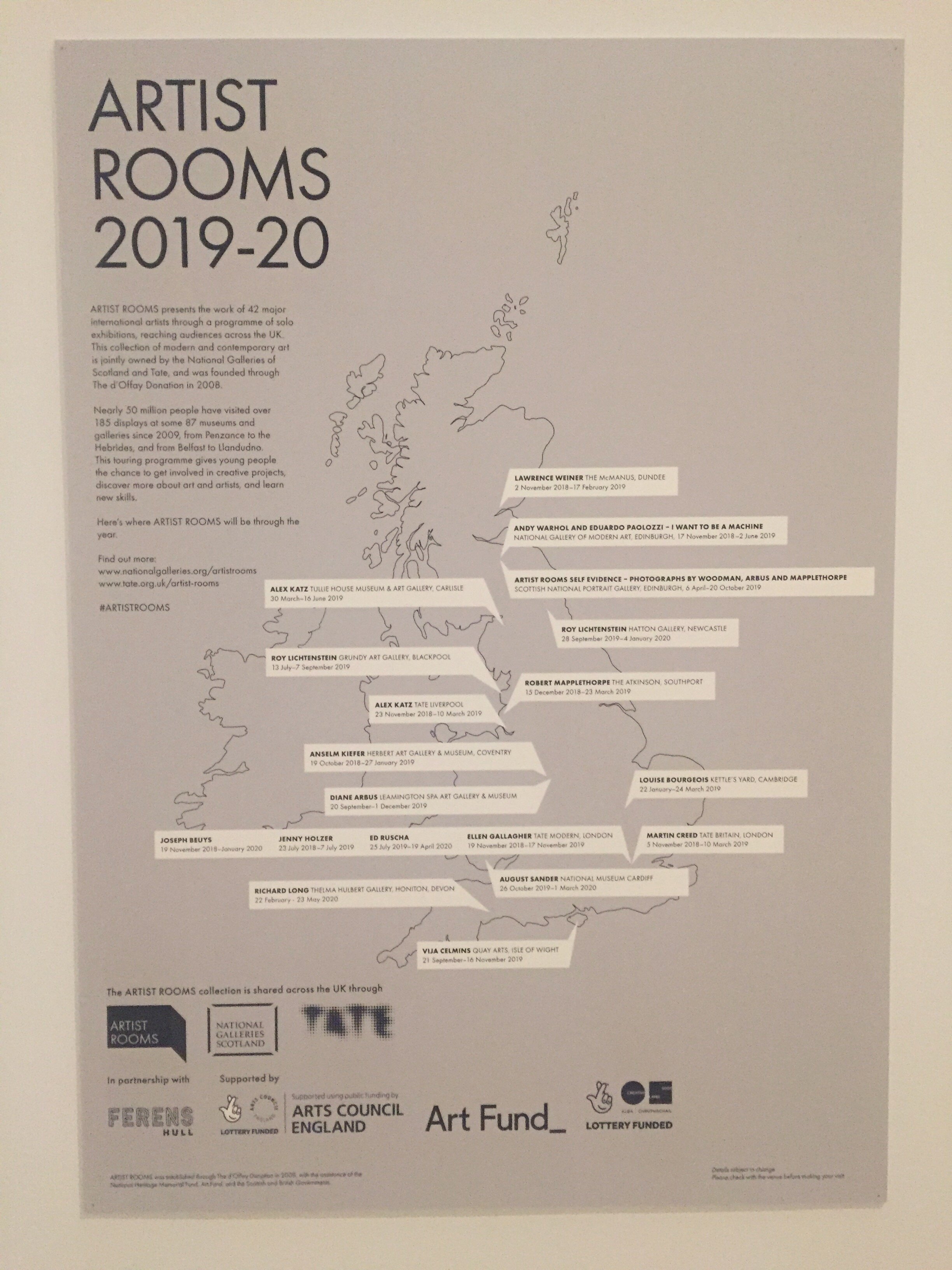
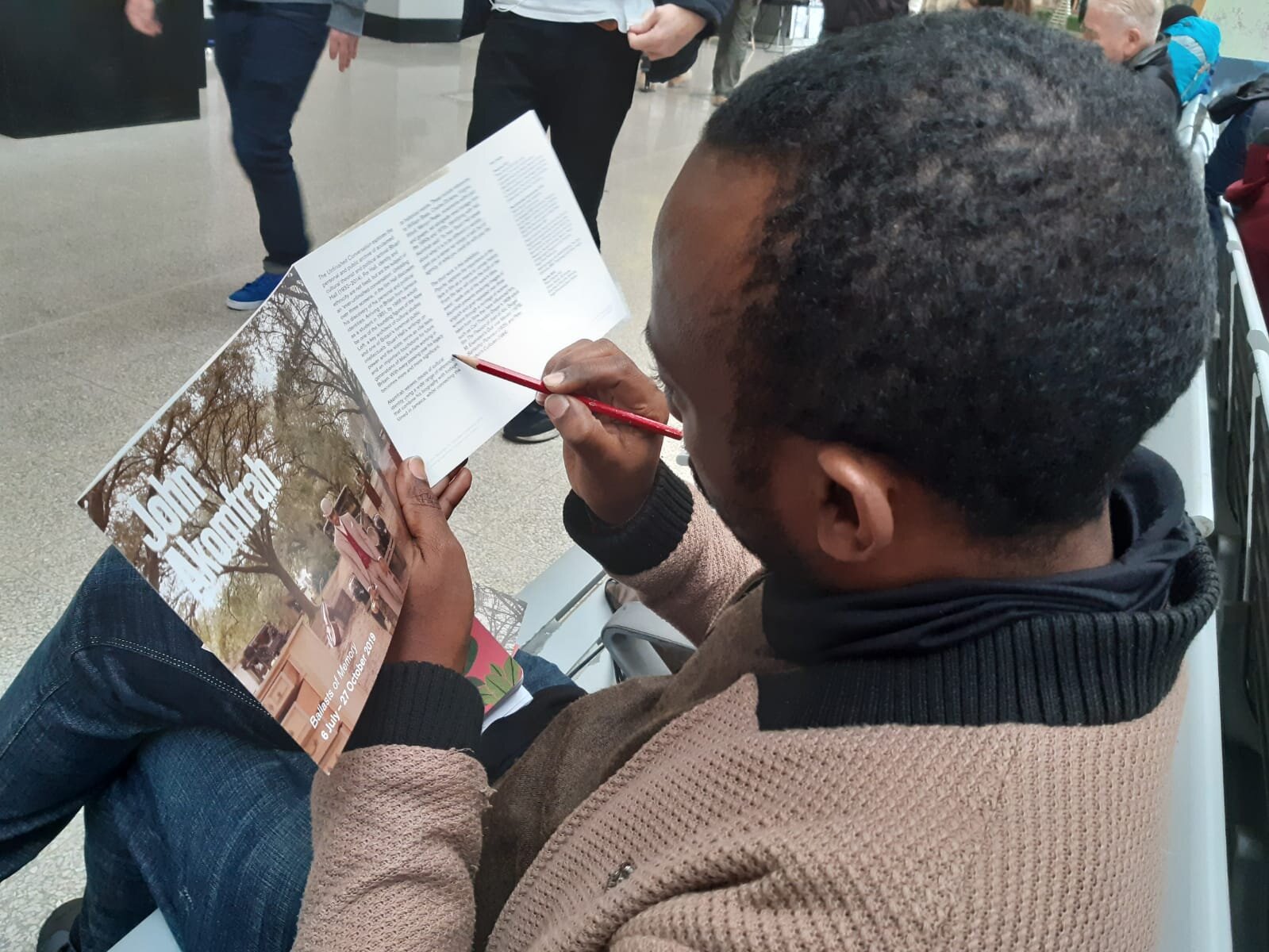

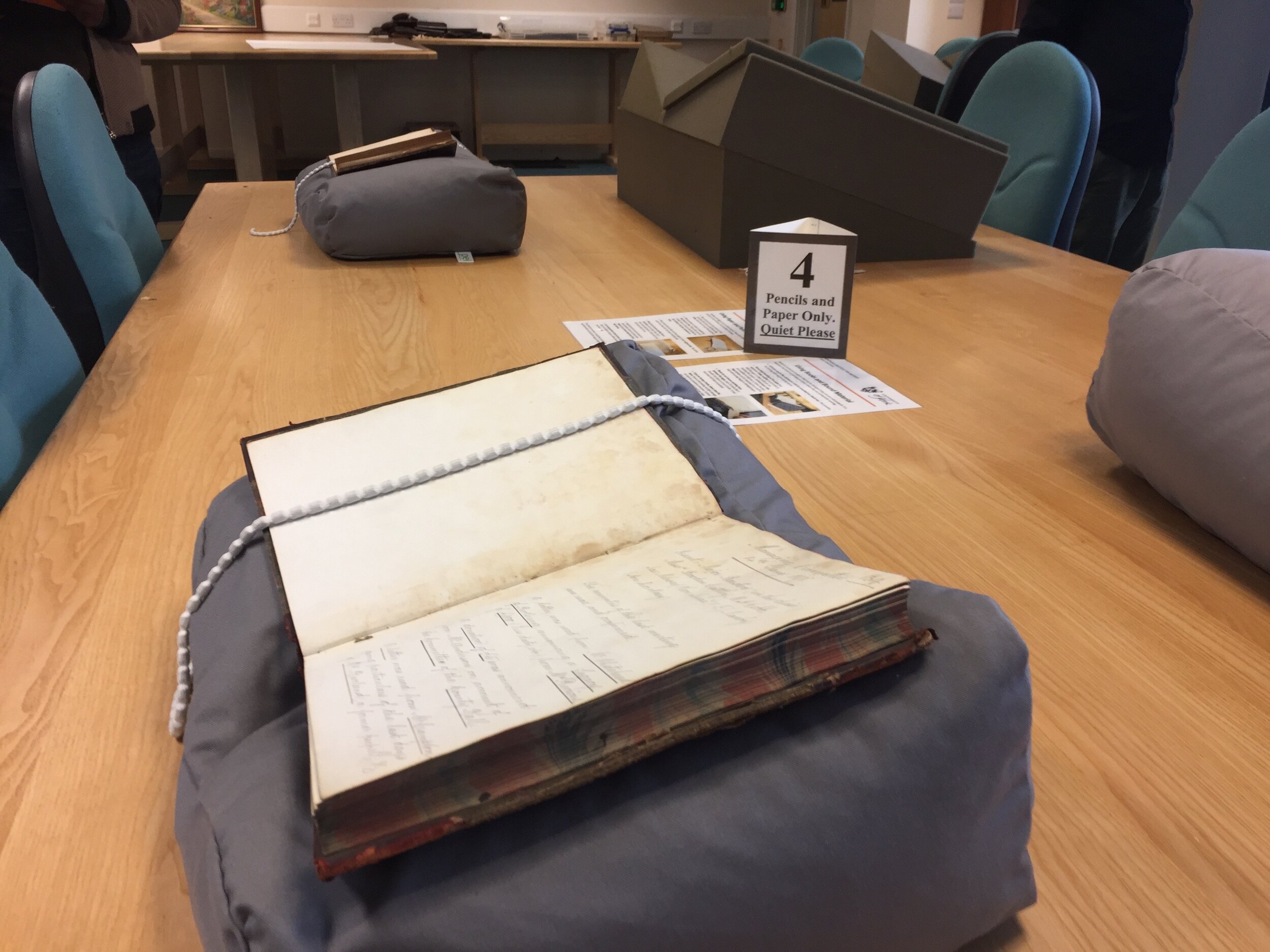
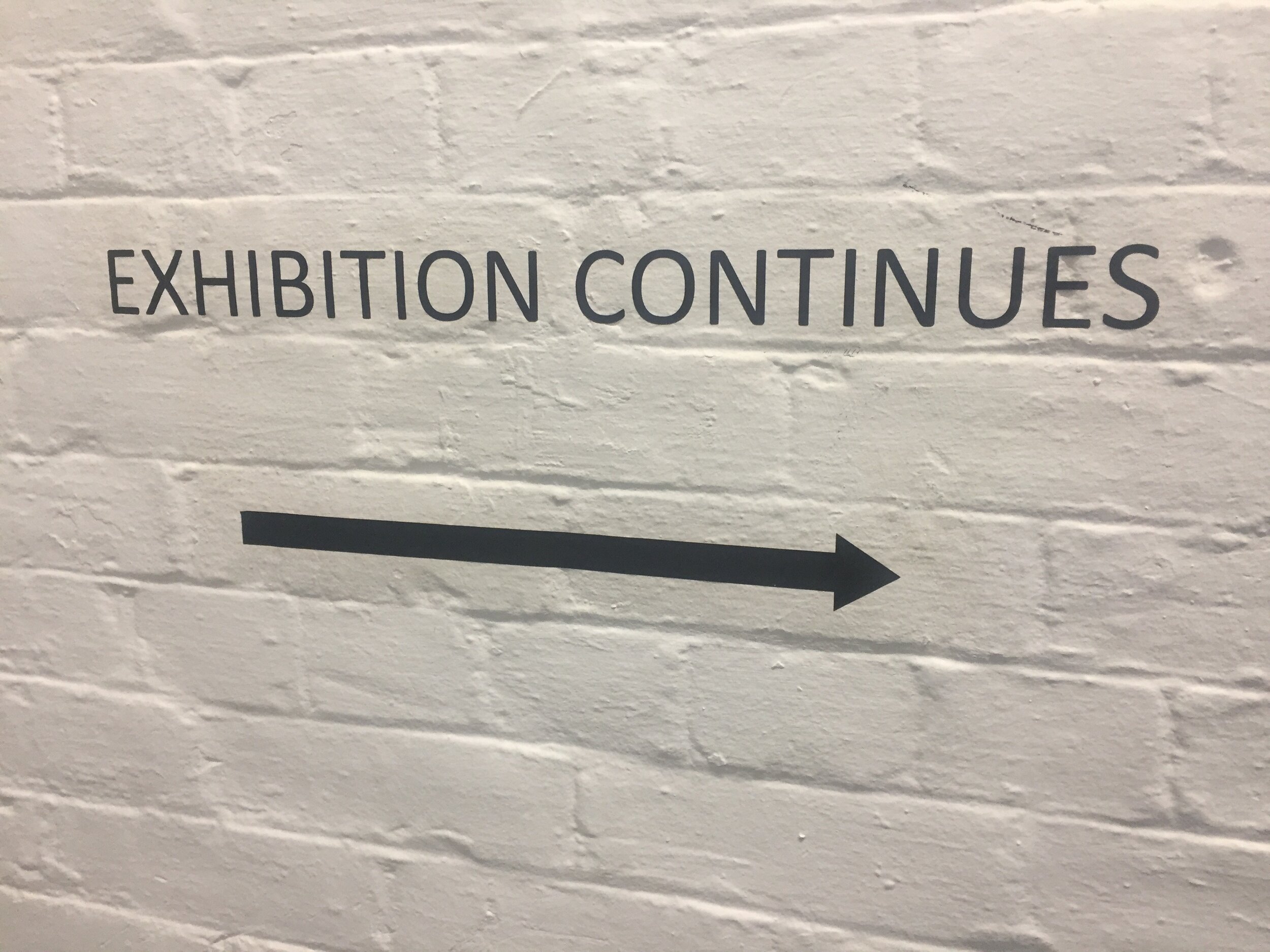
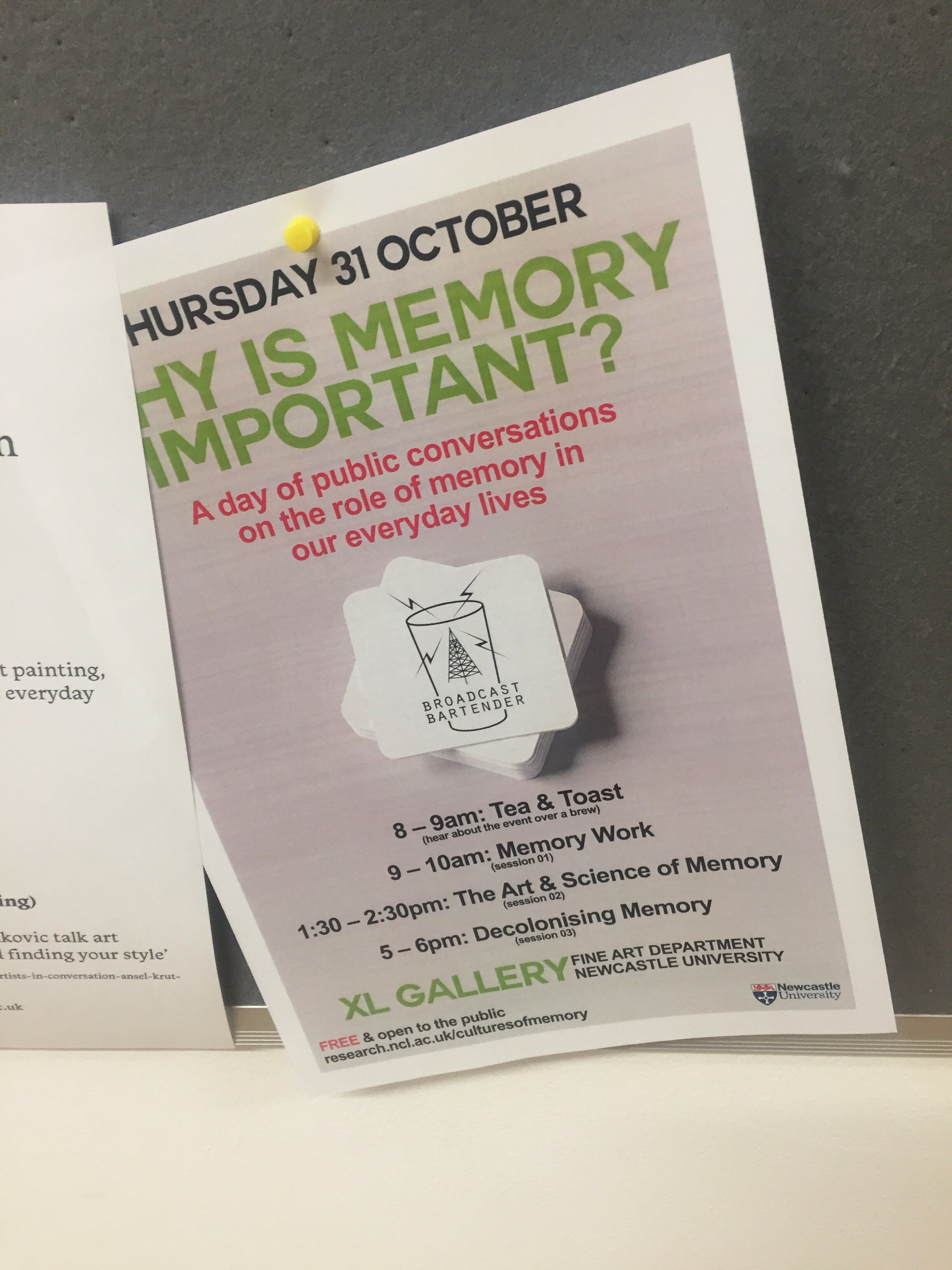
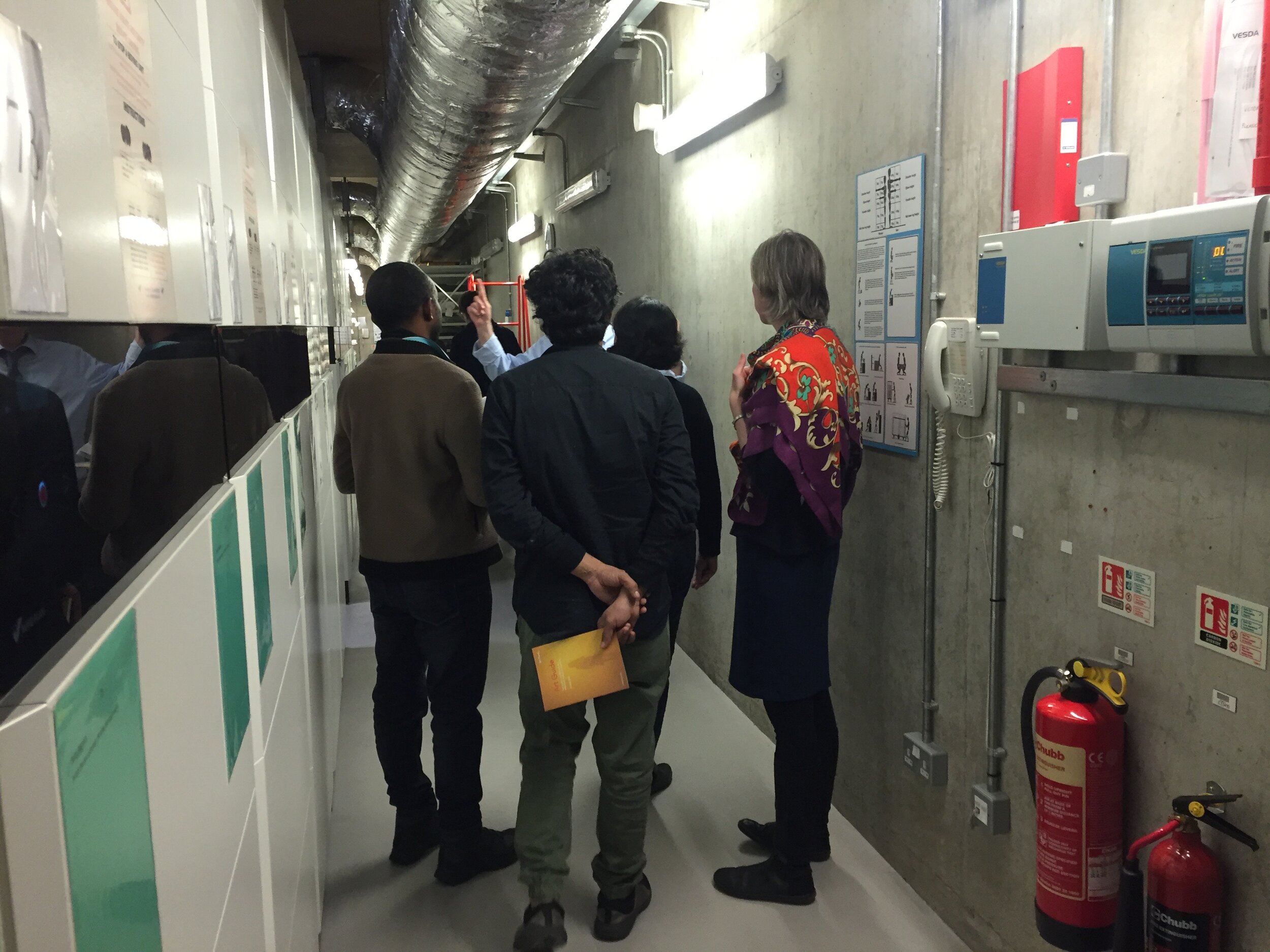
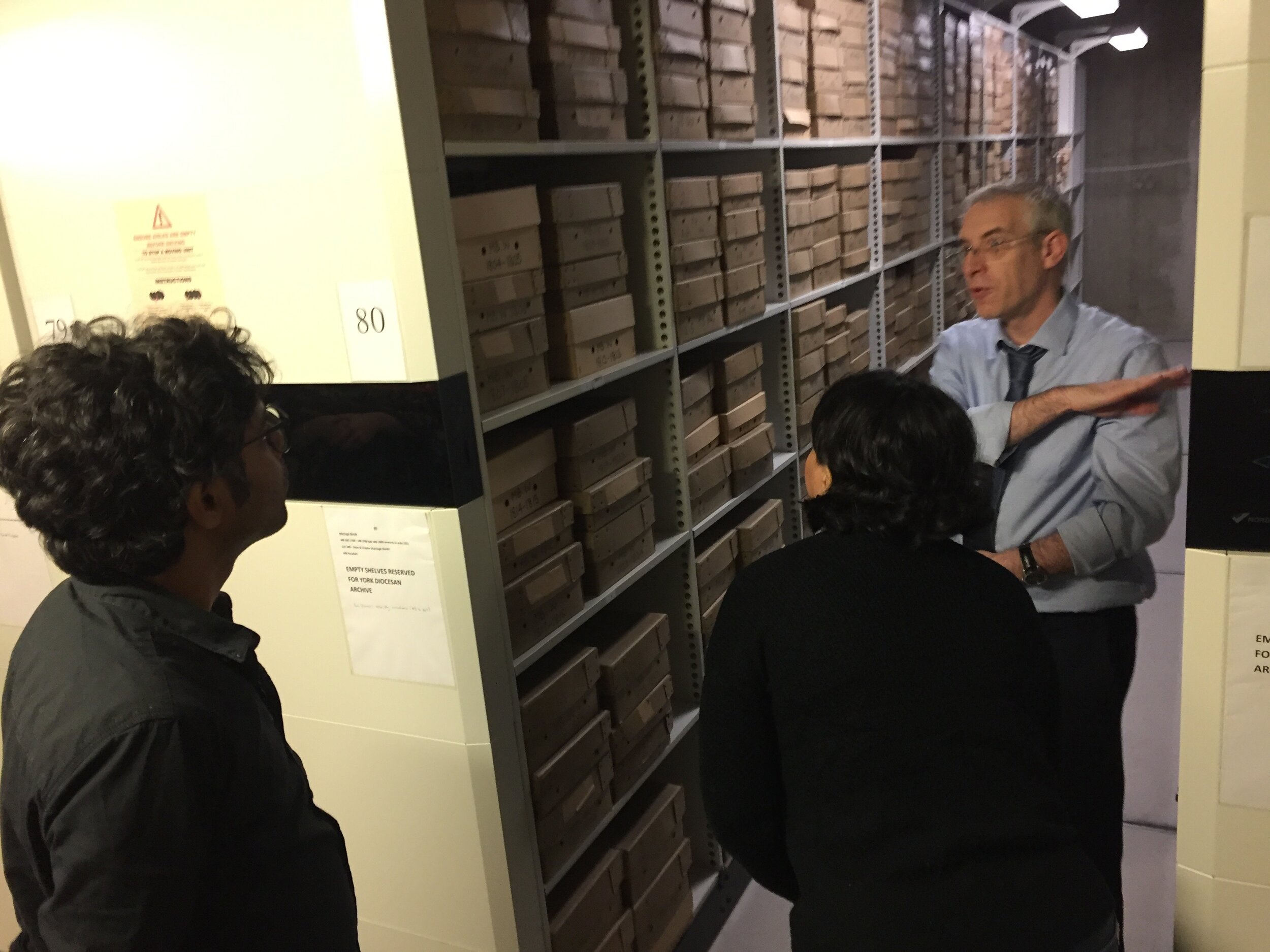

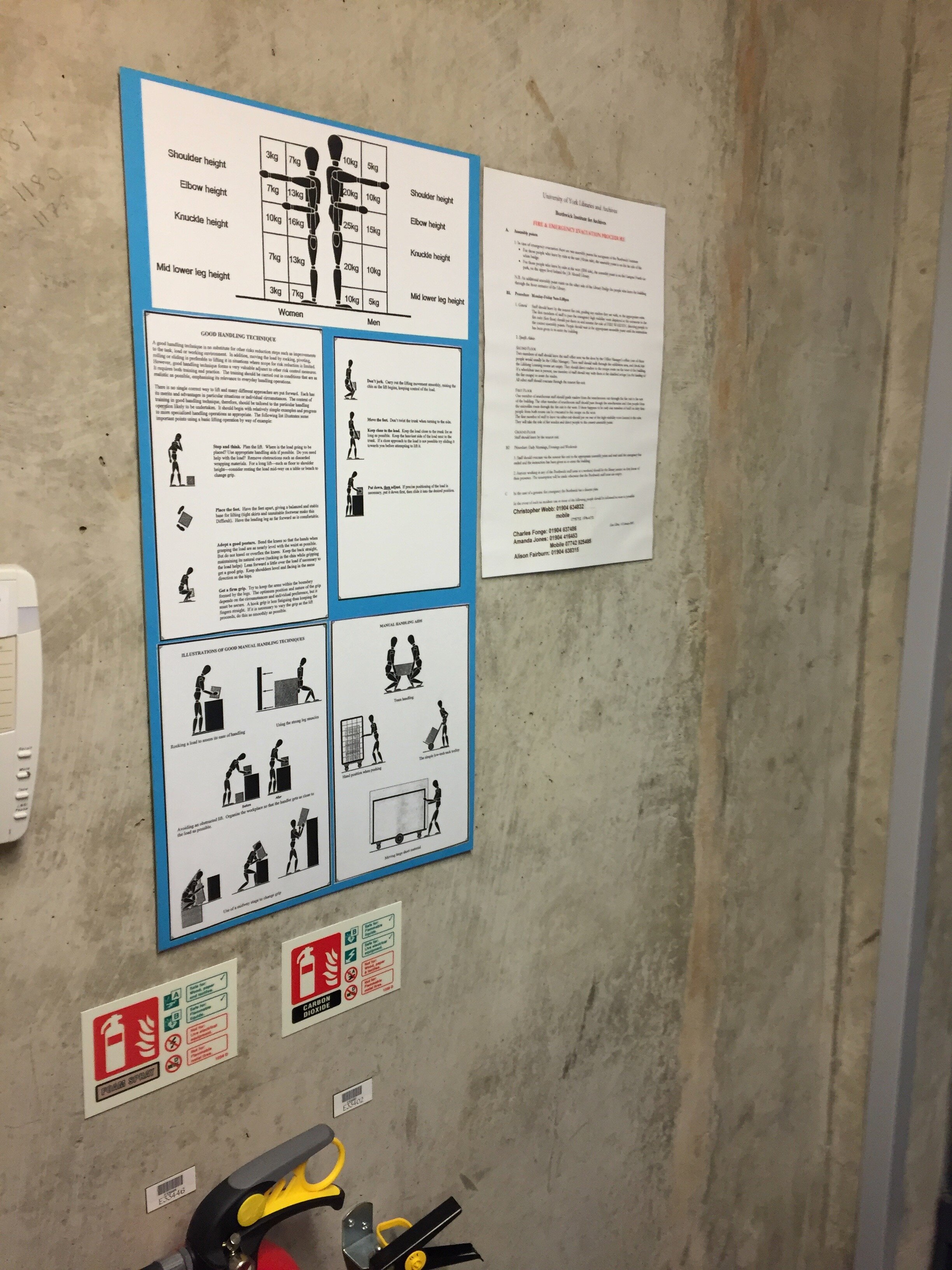
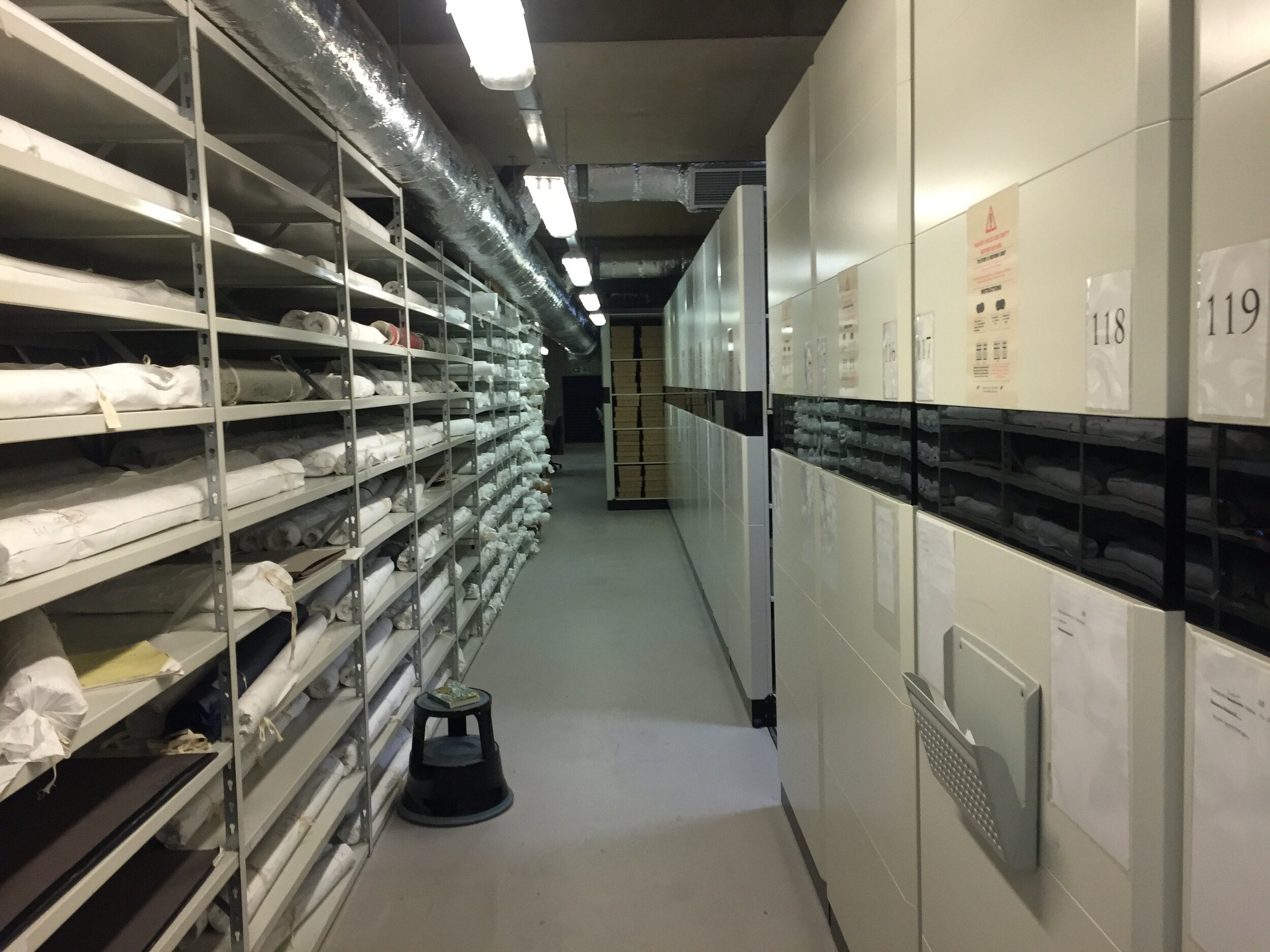
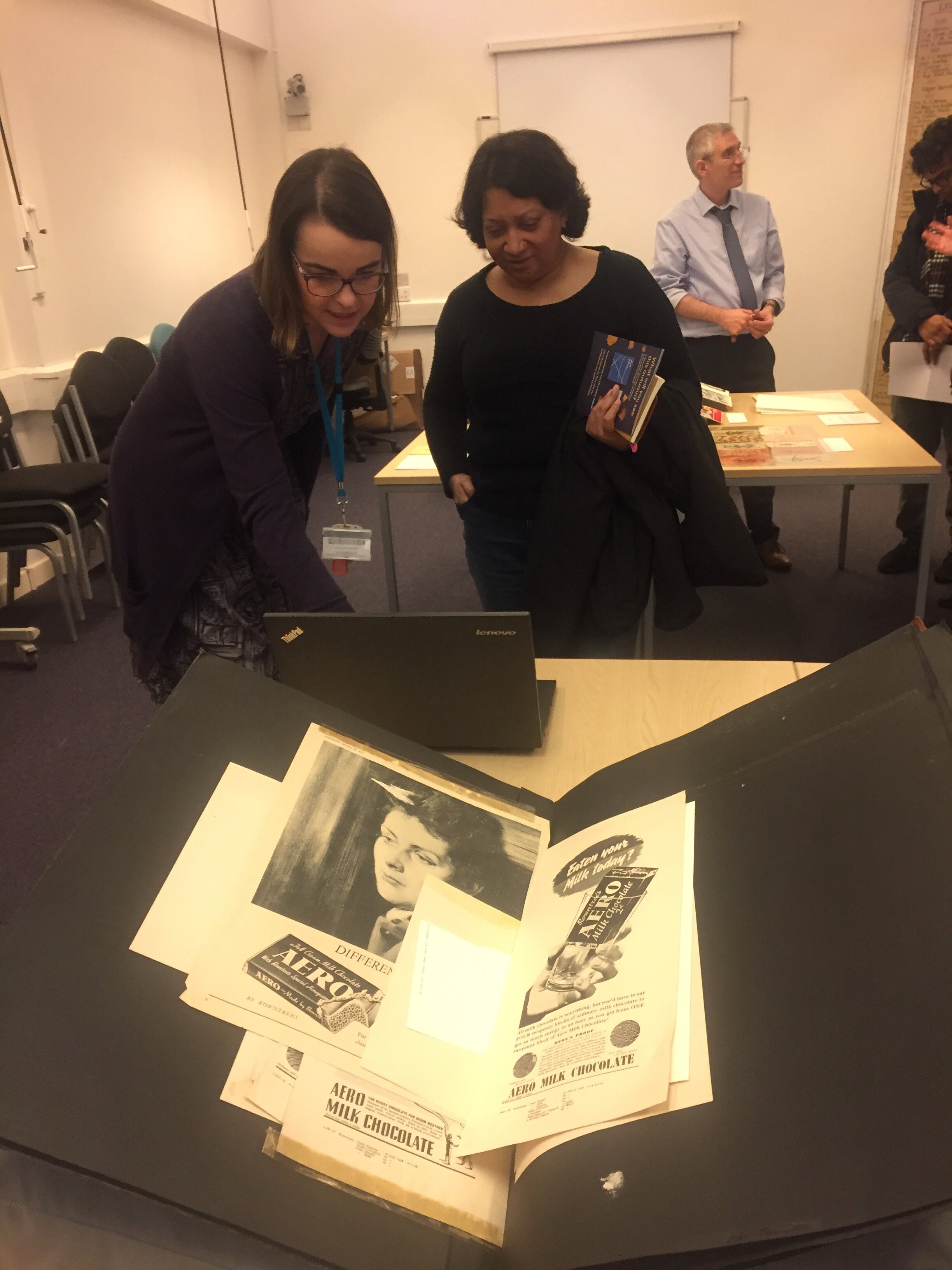
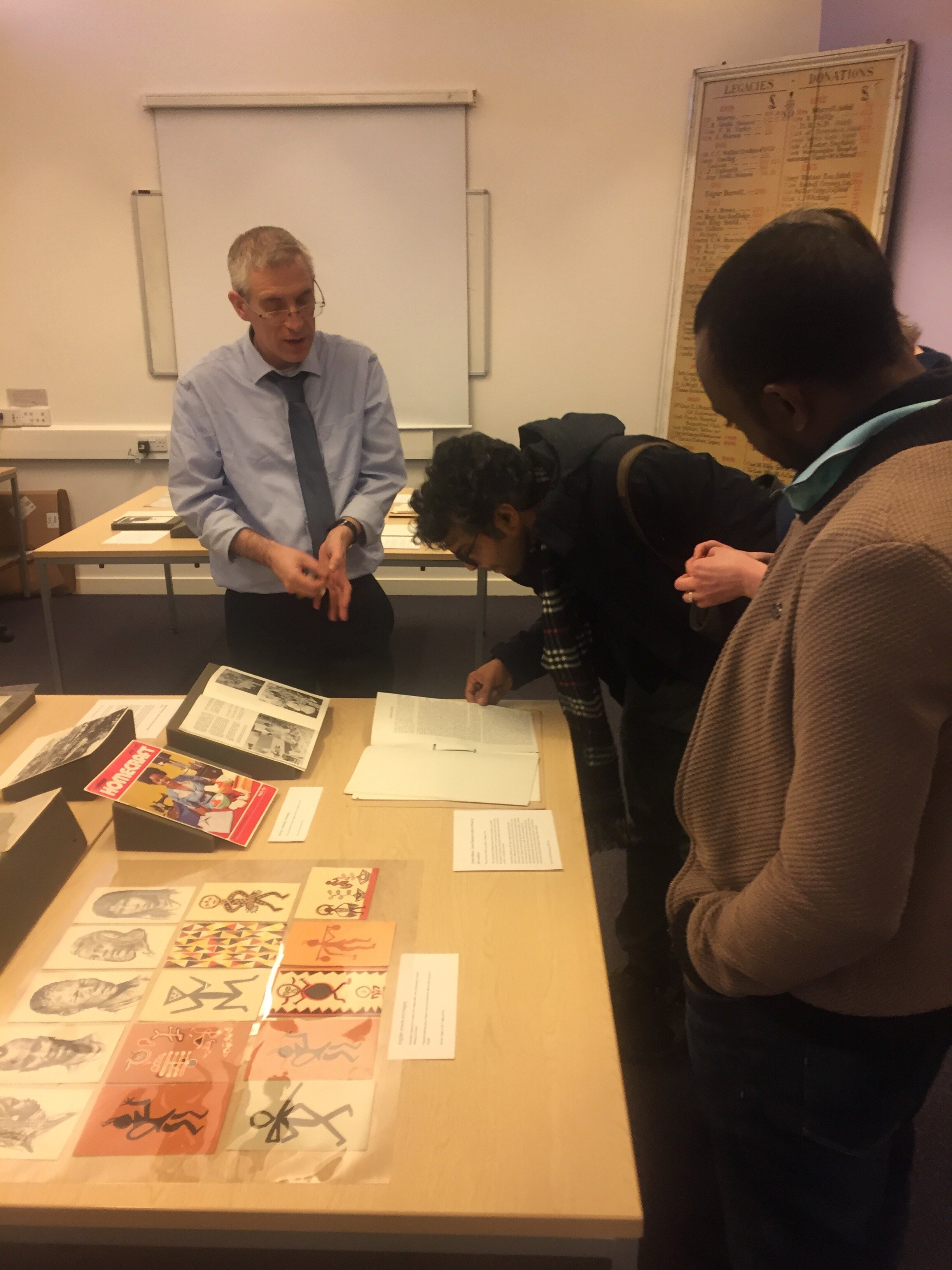
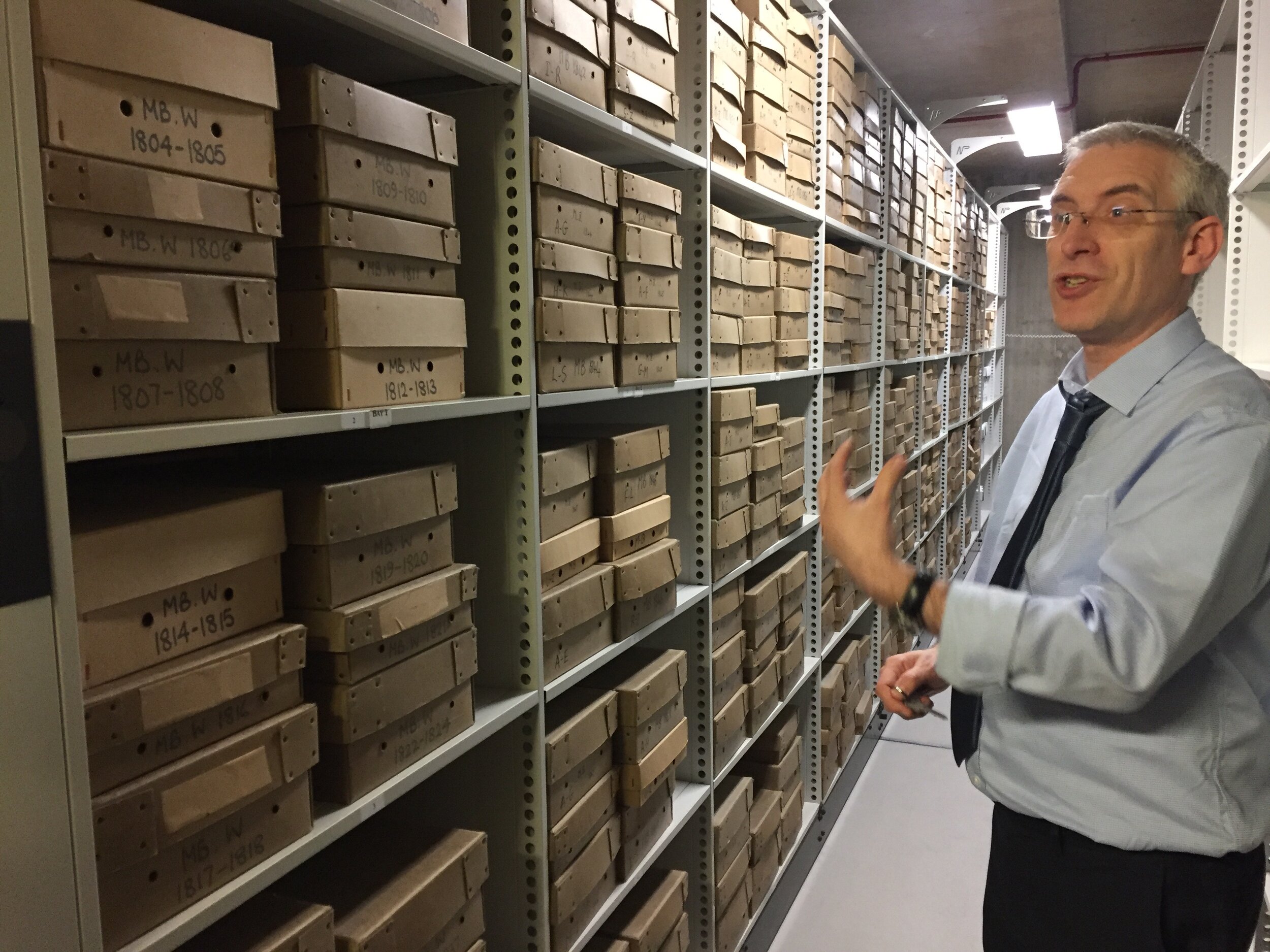
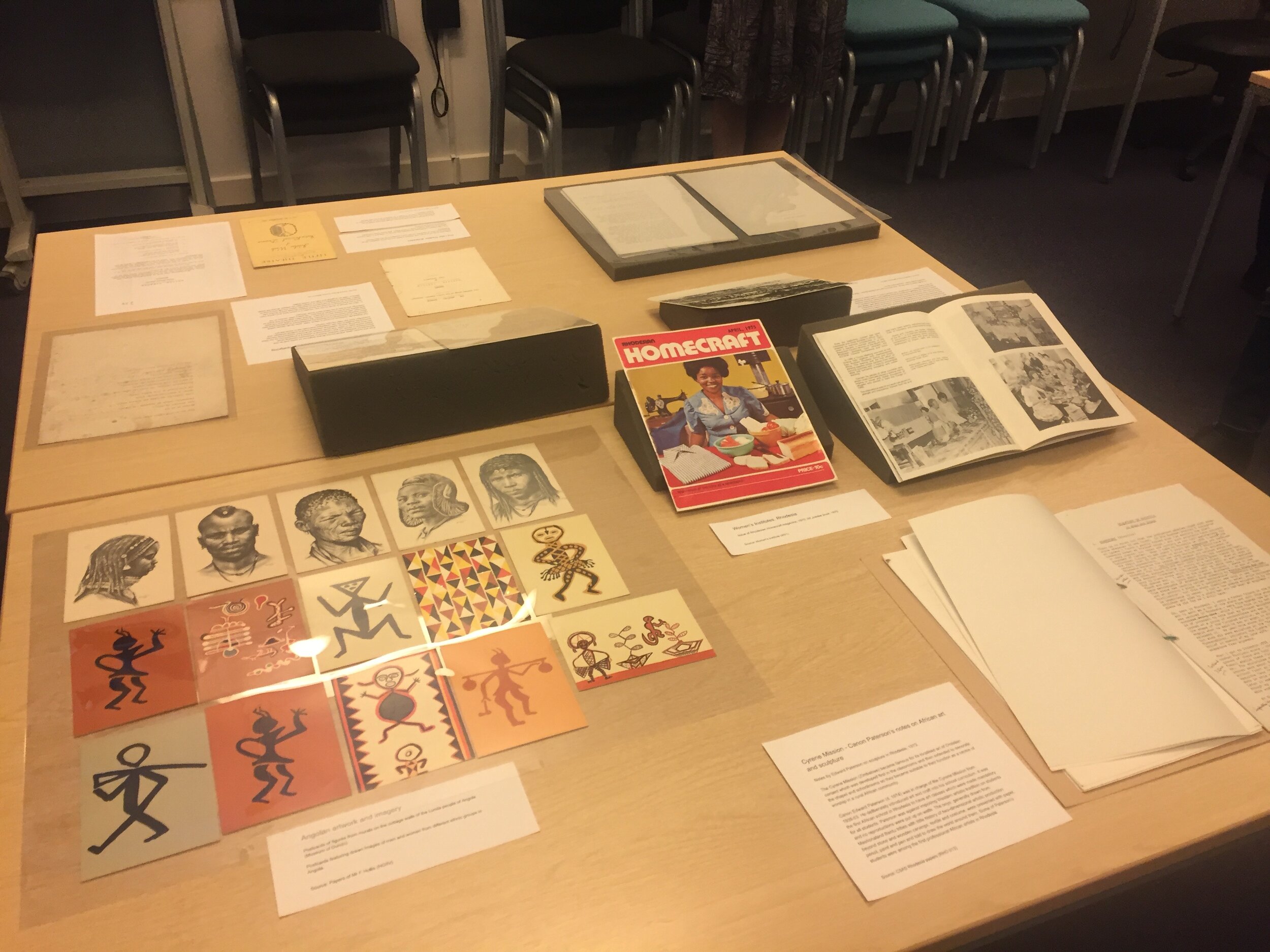
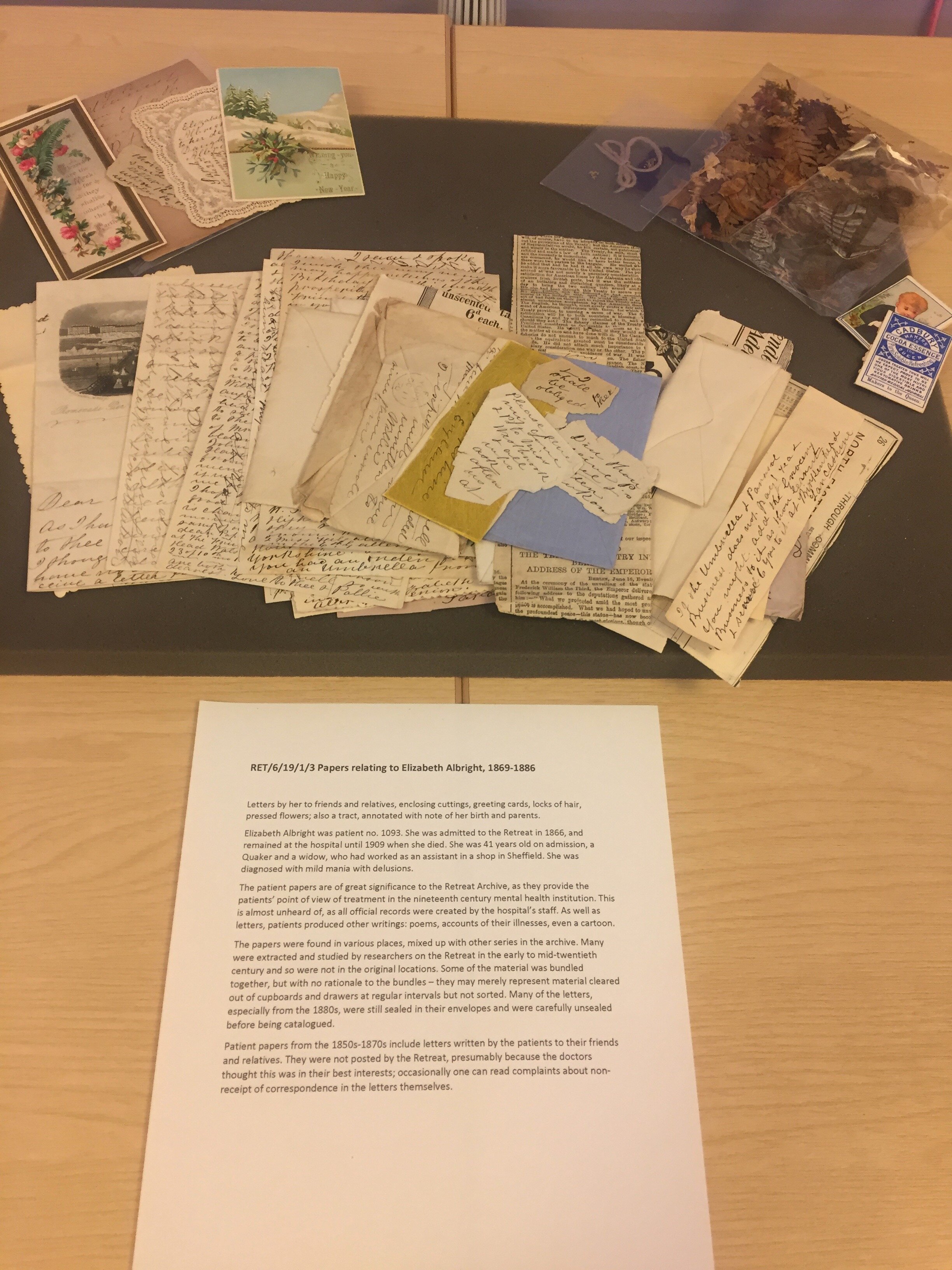
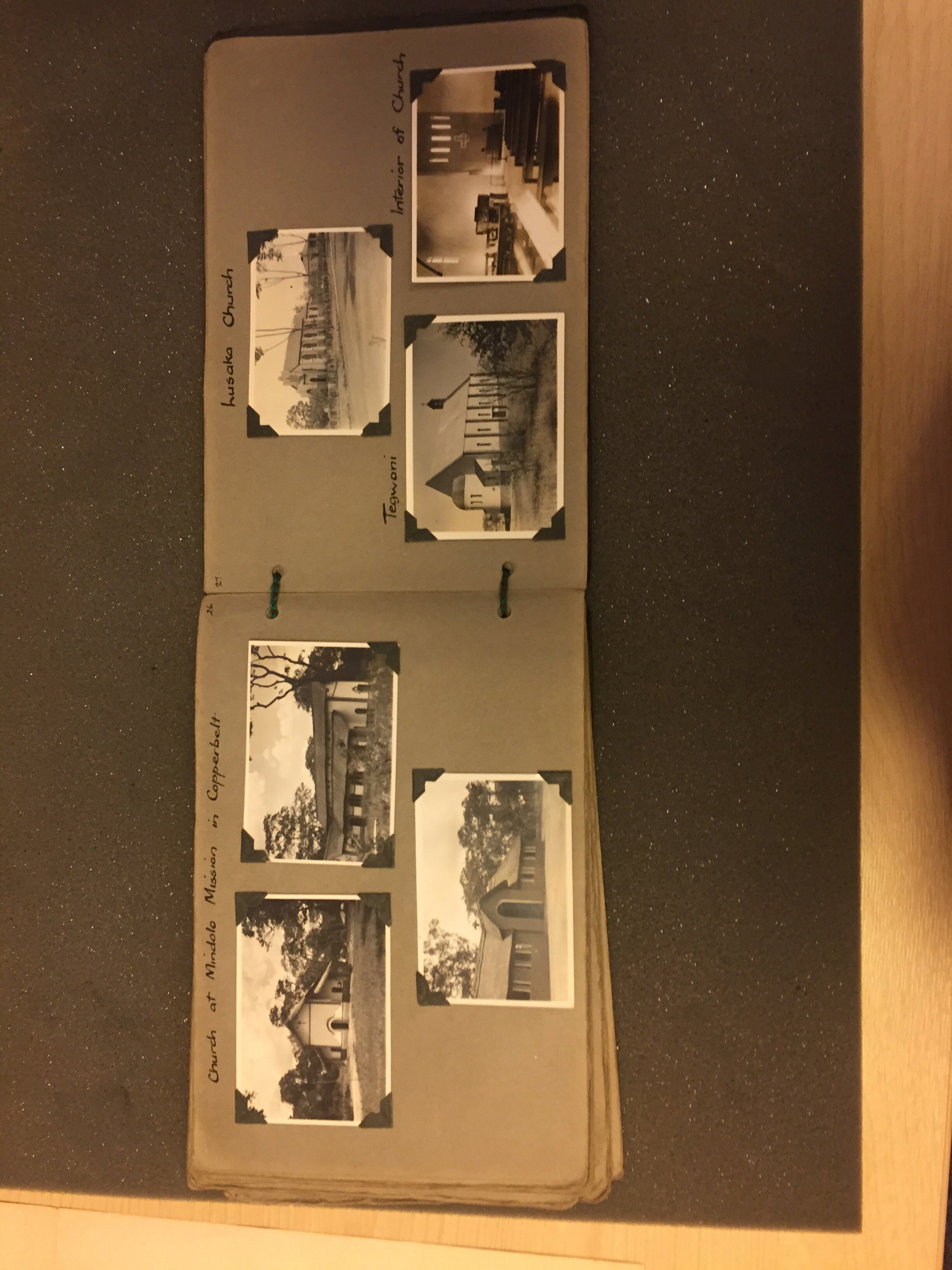


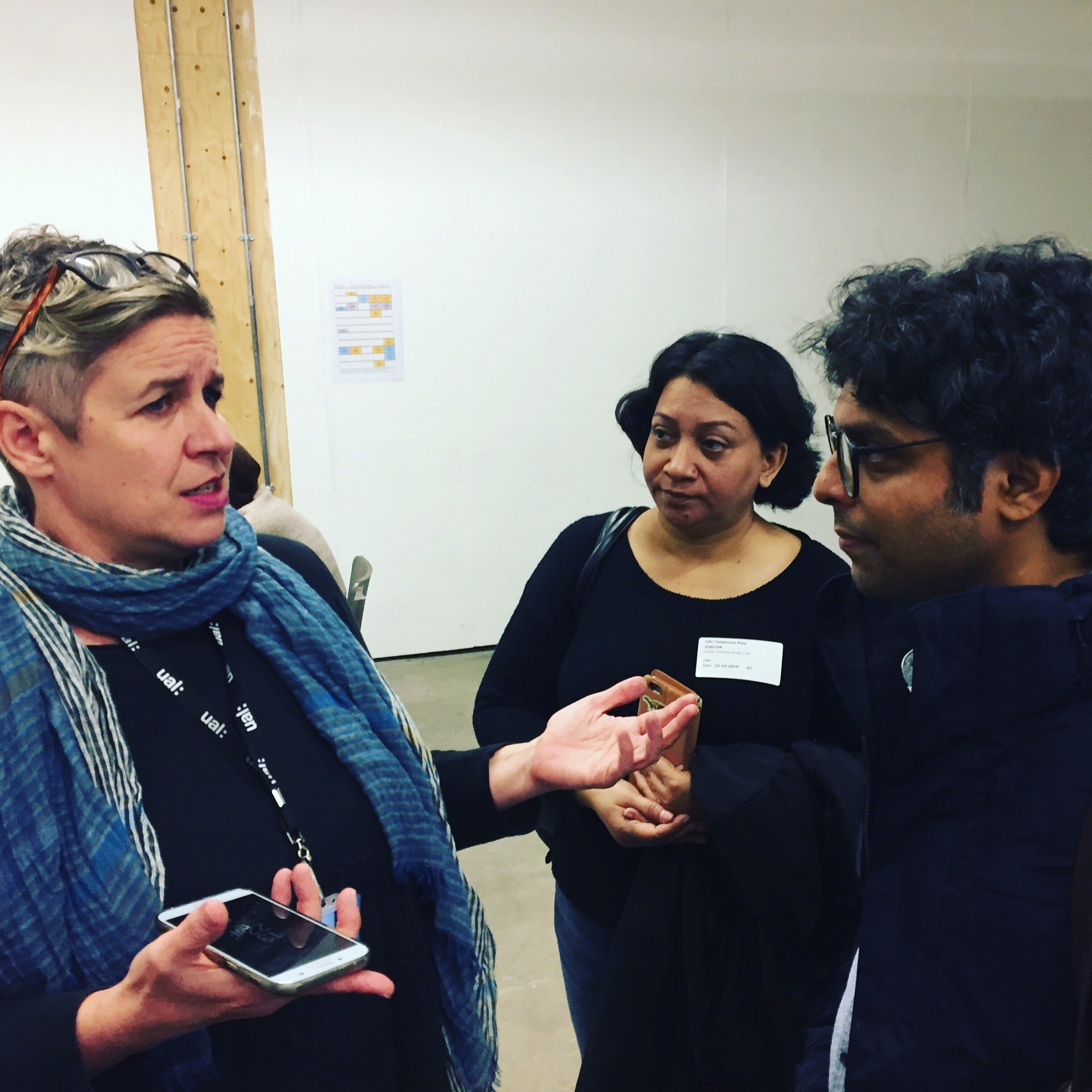

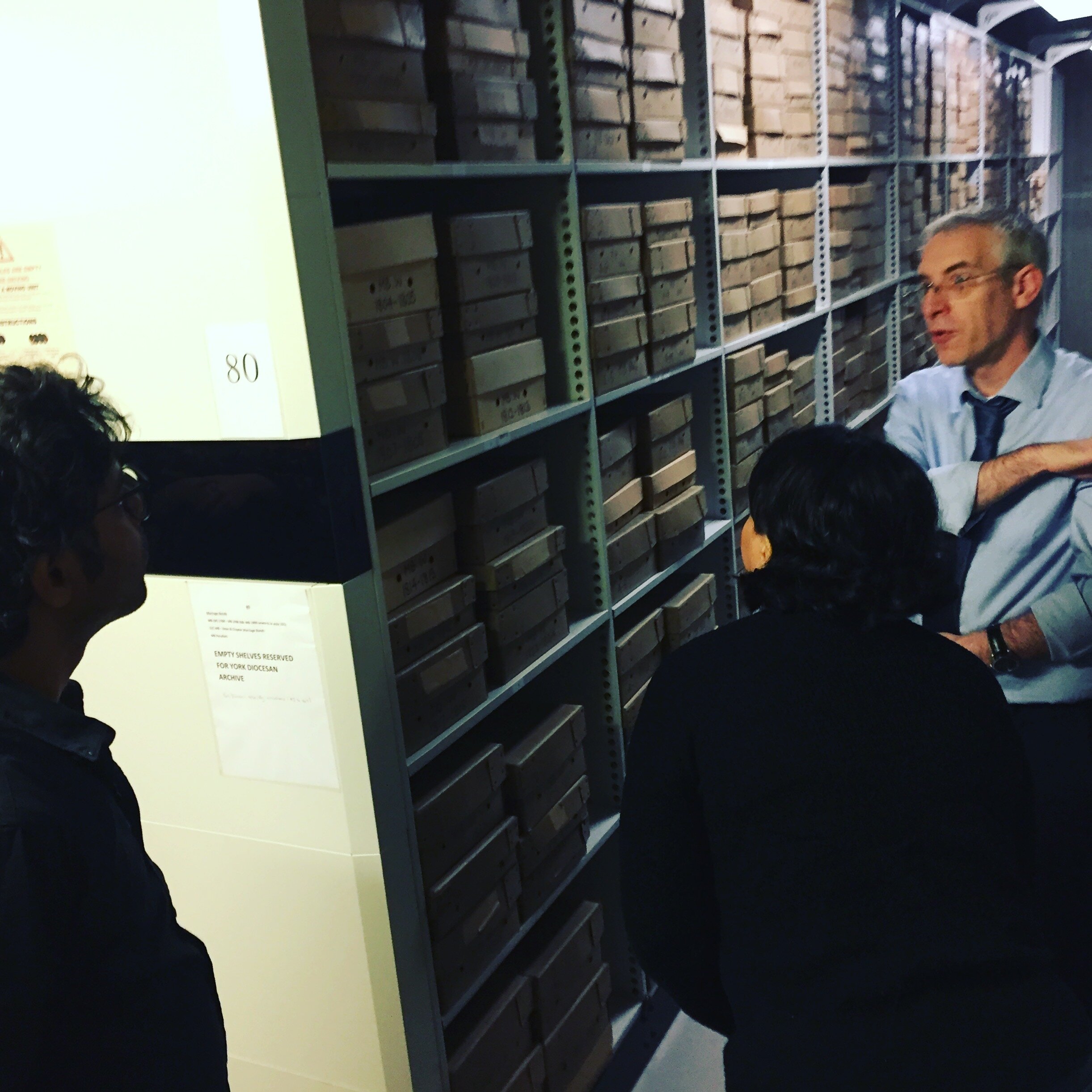
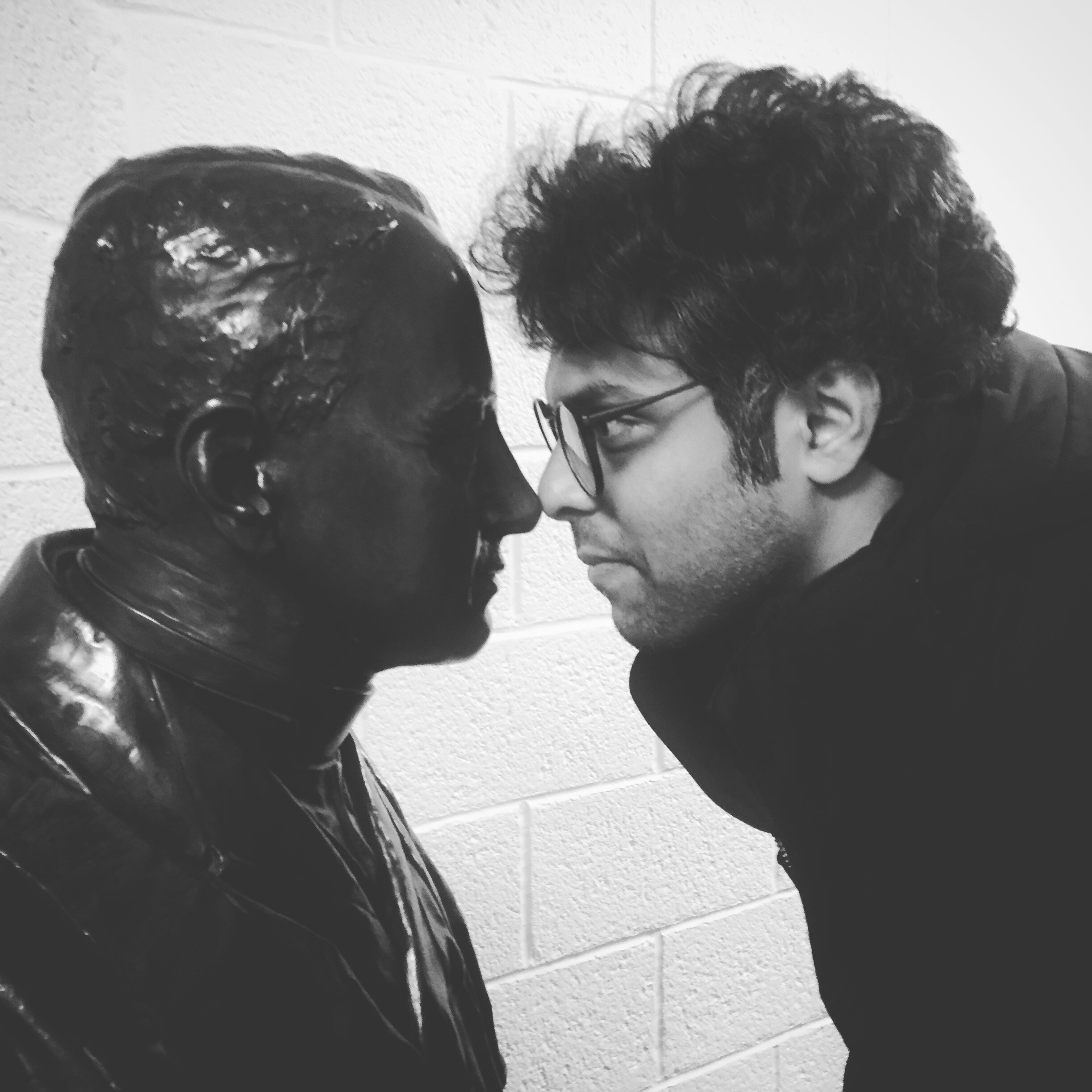

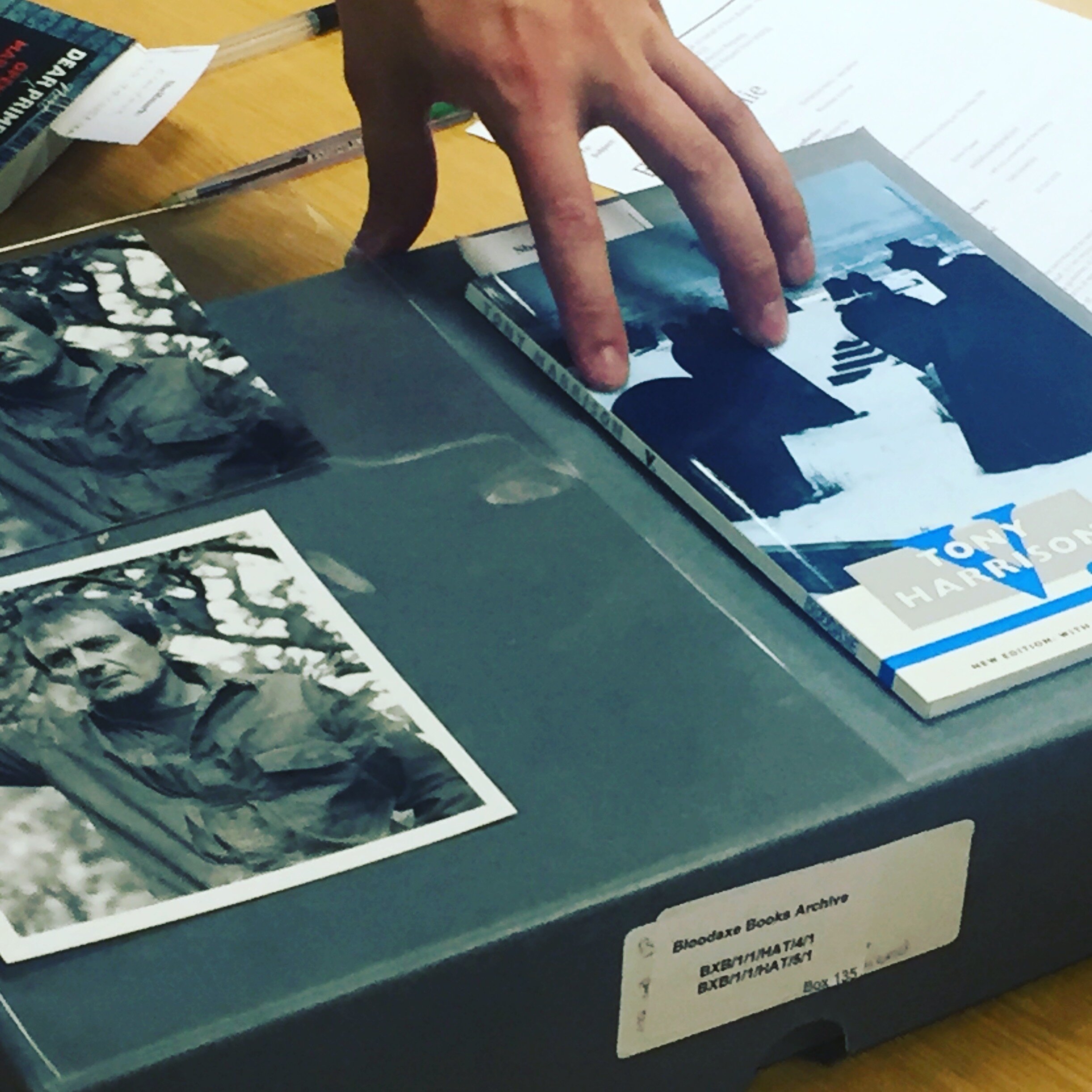
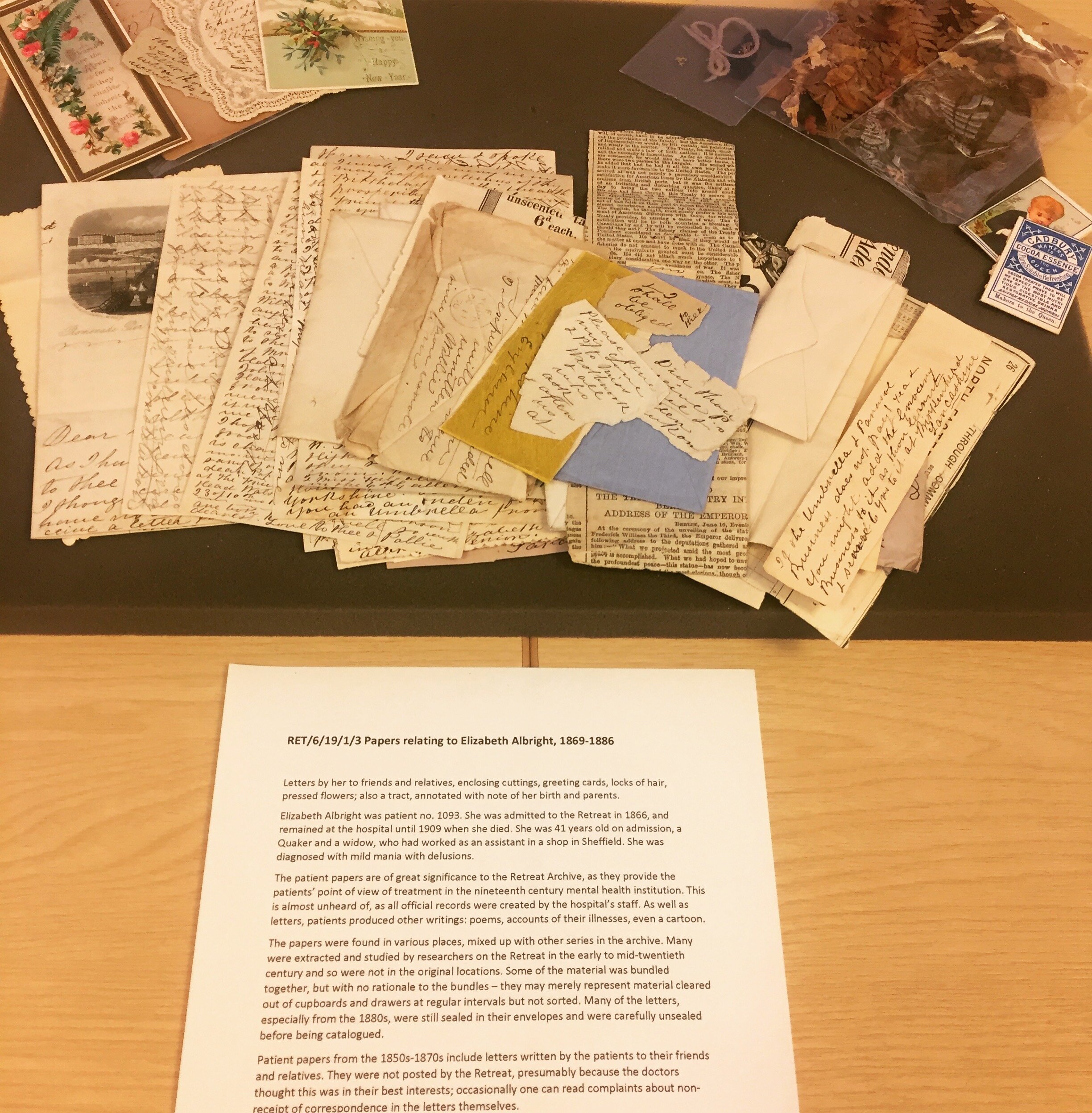
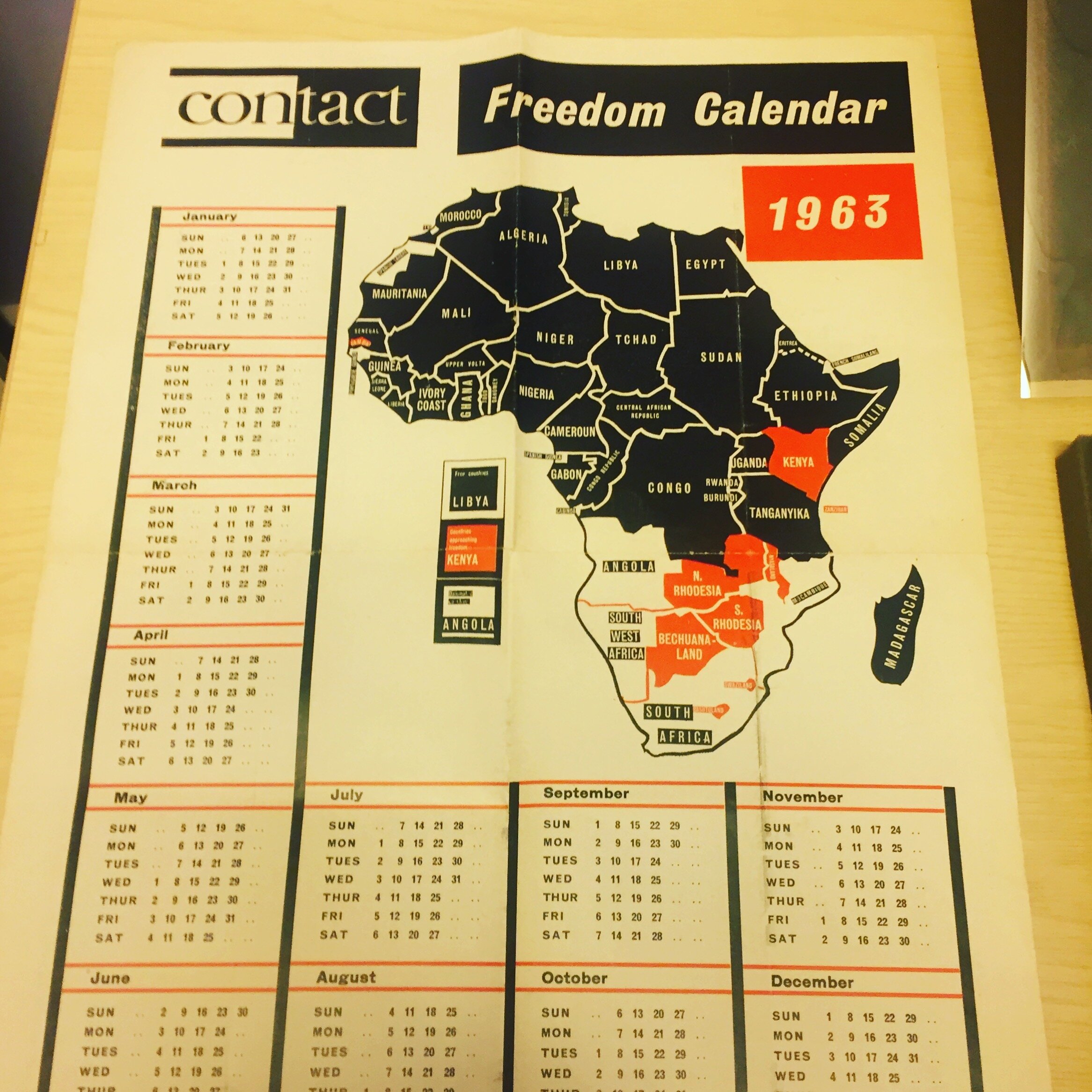
Archive symposium
In May 2018, The Centre for Modern Studies at the University of York hosted a symposium about Political Memory and its Archives within the political forms research. They asked, how is political memory layered, recorded and reconfigured? The symposium considered some of political memory’s many archives, in the literal and the figurative senses, and explored the traces left by exile, displacement, war and political struggle.
In October 2019, York Centre for Modern Studies and Centre for Applied Human Rights hosted a second symposium in the series, titled, Art, archives and the political imagination. This international symposium brought together artists, curators and academics from Bangladesh, Uganda and the UK to discuss conceptual and practical questions related to political and cultural archives. There are a range of themes that we were interested in, including: integrating unconventional archive materials; integrating a political perspective into a cultural archive; collaborations between artists and archives; the ways that the broader public access material; and practicalities associated with establishing archives and promoting engagement.
The discussion was also informed by a Leverhulme-funded research collaboration, Another World, involving York and Makerere, exploring the archives of Transition Magazine, an influential journal of arts, culture and society published in Kampala during the 1960s.
At the symposium, the group discussed alternative archives, resistance to archiving, the ethical tensions of producing archives, and the craft, protocol and practicalities of creating an archive.
The training and symposium were the first step in developing proposals to establish interactive public archives of politically significant art and material culture in collaboration with Makerere School of Industrial and Fine Arts in Uganda, and at Chittagong Institute for Fine Arts in Bangladesh. These archives hope to represent ways in which the arts, material culture and politics have been intertwined. The project reinforced the idea that understanding the archives outside formal archive structures and protocols may be necessary for creating new archives that can accommodate and facilitate artistic practise and diversify archive users. A useful continuation of this work would be the further exploration of the contribution and form of alternative, community and arts based archives.
Public art events
Public art events during the residency included; a presentation and workshop on collaborative collage at the Centre for Applied Human Rights open arts day at the Crescent in York; a public art conversation between Jim Joel, Shaela Sharmin and Shohrab Jahan at the University of York Heslington Hall; and a collaborative installation between Emilie Flower, Shohrab Jahan and Jim Joel. The collaborative installation piece ‘Archive Alive’ was displayed at the Social Design Exhibit of York Design Week curated by Rebecca Carr, and assisted by sound designer Lynette Queck. Ruth Kelly and Jim Joel also led the first of a three part series of workshops about collective research, a photographic workshop at The Kings Manor in central York.
Residencies
During their stay, Shohrab Jahan was resident at Pica artist led studios and Jim Joel Nyakaana was resident in the National Railway Museum Archive and carried out a training in photographic developing, using the darkroom with the University Photographic Society.
Jim is developing several photographic lines of enquiry about railways, architecture, and walk-scapes. His work generates conversations about contesting and overlapping histories that are prompted by photos of public places and spaces through time. In May 2019 the project supported an exhibition of his photos, ‘Capture it’, at the National Museum in Kampala. Jim’s work is an invitation to notice and review changes to the spaces we live in - conversations at his exhibits cluster around contesting memories – how much do we remember, what do we mis-remember , what do we notice and what has changed?
Events: chittagong/dhaka
Street Festival
In December 2019, the project supported activities within the Cheragi Art Show 7 in Chittagong and a storytelling workshop in Dhaka. The Cheragi show was curated by Jog Art Space members Shohrab Jahan, Zihan Karim, and performance artist Joydep Roaja. The festival has run for 7 years and was created to open a space for questions, mystery and dialogue between the public and artists. The space is curated through a collaborative process of team discussion, there is no interpretation of the works on site, and all artists are present to discuss the work with the public. Jim Joel’s work was also shown as one of the exhibits. Over 1500 people were estimated to have visited the exhibition over the weekend. Emilie Flower and Ruth Kelly participated as artists and recorded the process and reflexions on the process with Duniya Khandoker , working alongside festival artists including Zahed Ali Chowdhury (Yuvraj), Shaela Sharmin, and painter and multi media artist Sharad Das from the Chittagong Fine Arts Institute.
practise based research
Ruth Kelly and Emilie Flower gave a talk about practise based research to the masters students at the Chittagong University Institute of Fine Arts. Ruth Kelly has organised a series of linked research workshops at the University of York that incorporate the project team, and overlap with the project themes; ‘Photography, research and walking methods’, with Jim Joel’ (October 2019) ‘Writing together’, with Jane Arnfield’ (January 2019) and quality control in collaborative work (TBA. 2020).
Storytelling workshop
A storytelling workshop was held by Ruth Kelly, Duniya Khandoker from Action Aid Bangladesh and Khandokar Halima Akther (Ribon) from Jahanginagur University in Dhaka at the Global Platform to test and develop the creative activism methodologies.
Events: Kampala
Art Exchange
Shohrab Jahan joined the Makerere Fine Arts Institute with the support of Dr Lilian Nabulime (lecturer and sculptor) and Professor George Keyune (lecturer, art historian and sculptor) to carry out a residency in the department. During this time he worked on a life sized wax sculpture, helped by a group of student volunteers, and ran a workshop in the Makerere Gallery for students at the Institute. Jim Joel worked with archivists from the Uganda National Museum to activate the archive by photographing spearheads from the museum that demonstrate the diversity of craftsmanship in Ugandan history, called into question national borders and evoked memories from childhood. This theme resurfaced through the work of Emilie Flower, who created a clay path installation in the exhibition space that surfaced memories for people of childhood.
MUseum Exhibition
The team brought these pieces together in, ‘A Temporary Exhibition’, in the temporary exhibition space at the Uganda National Museum. Hundreds of schoolchildren visiting the national museum also visited the exhibition, removing their shoes to walk along the clay path to view the sculpture and stopping to examine Jim's 6 foot photos of spears from the museum stores and question their origin and purpose. The exhibition opened with a reading by Ruth Kelly and Susan Kiguli. The exhibition provided no explanation for the work, but the visitors book suggests that people were make clear meaning from it and enjoyed it, and the artists have been asked to be involved in further exhibits in Kampala over the summer (sadly the Corona virus put a stop to this).
Storytelling
Ruth Kelly, Susan Kiguli and Scovia Arinaitwe ran a storytelling workshop, hosted by the Ugandan Library and Femwrite. The main focus was the interaction between origin stories and personal stories, including discussion of myths and folktales, and the participants personal stories. The workshop was an opportunity to experiment with the use of different exercises for exploring stories and myths, for activists to focus in on the motivations for their work, ‘unlearn’ some of the myths they hold and build new allegiances with artists and academics. As well as contributing to the toolkit, one of the visual artists involved is planning to work with Ruth Kelly to produce an immersive installation from one of her stories.
Artists Response
Three Kampalan artists, Pamela Enyonu, Matt Kayem and Njola Impressions took part in activities during the residency – including helping with the installation and attending the storytelling and art workshop - and will be producing an open artistic response to the project over the next few months.
Archives of the political imagination
The Southern Conceptualisms Network is a platform for research, discussion and position taking designed to map and recuperate a dispersed constellation of artistic practices across Latin America from the 1960’s to the 1980’s. These artistic practices arose during times of conflict or under conditions of political repression. Founded in 2007, the aim of the network is to form an archive that contributed towards the activation of artistic and political micro-histories and assists in the generation of new conditions for the discussion and preservation of these materials. Rather than treat them as mere ‘sources’ of ‘the history of art,’ they envision them as living antagonistic forces, capable of intervening in local memories, academic apparatuses, and public debates. (ref RedCSur).
